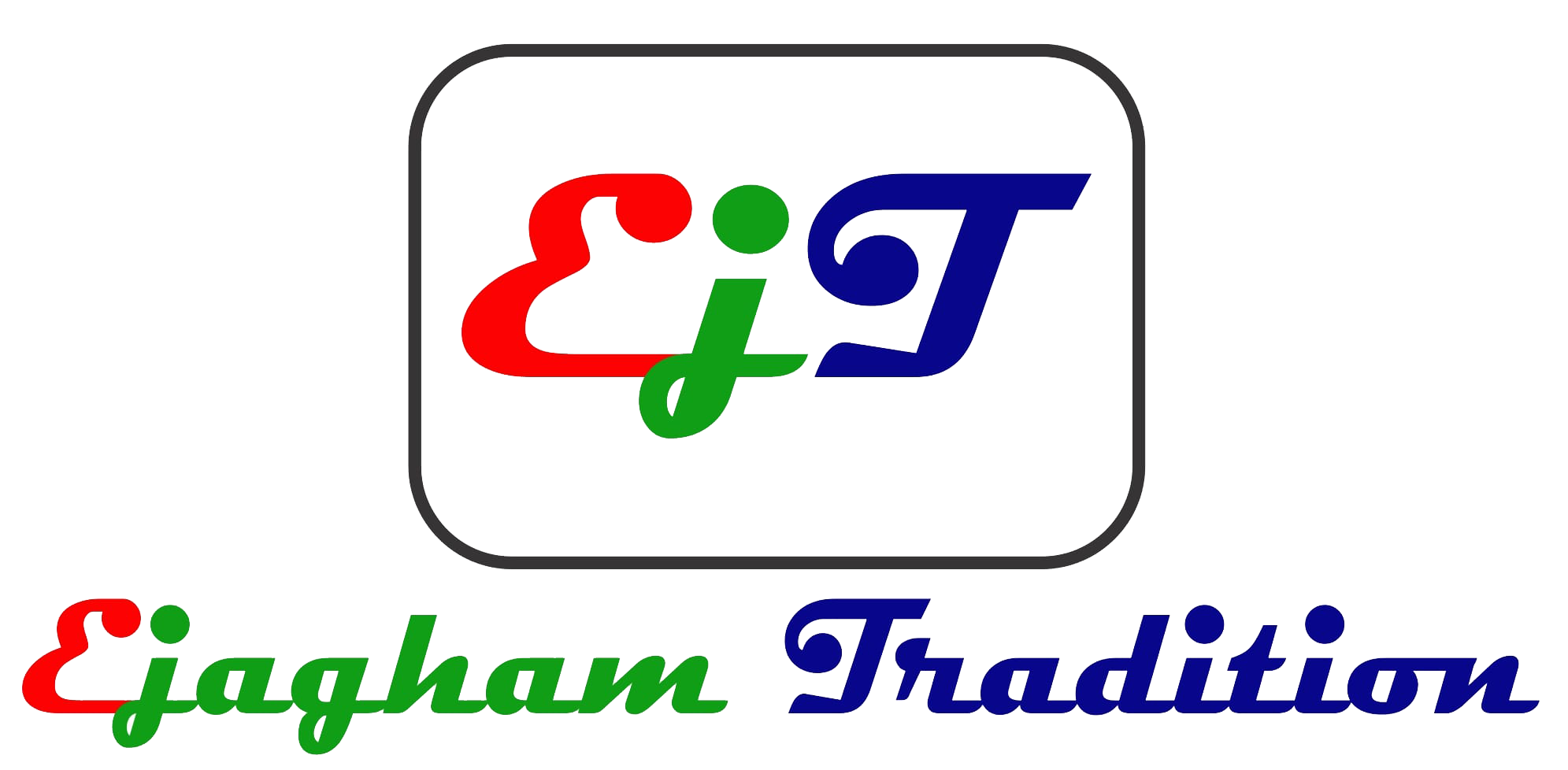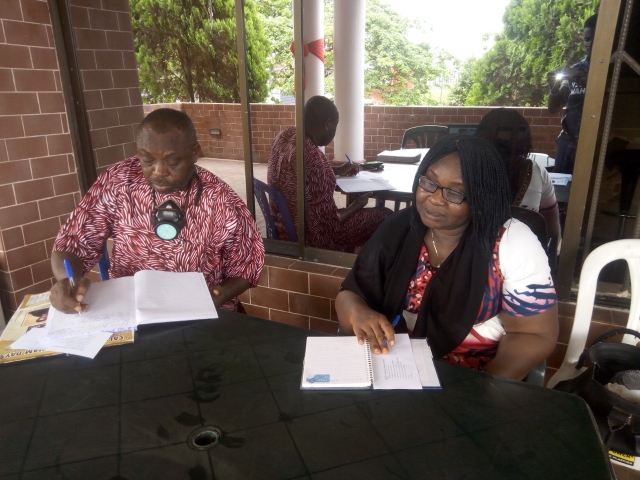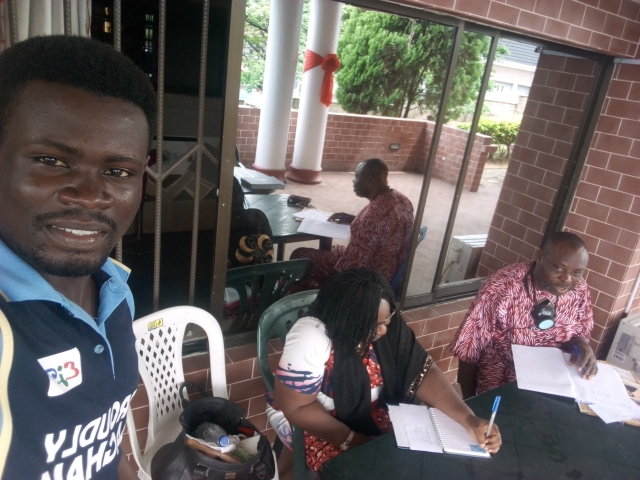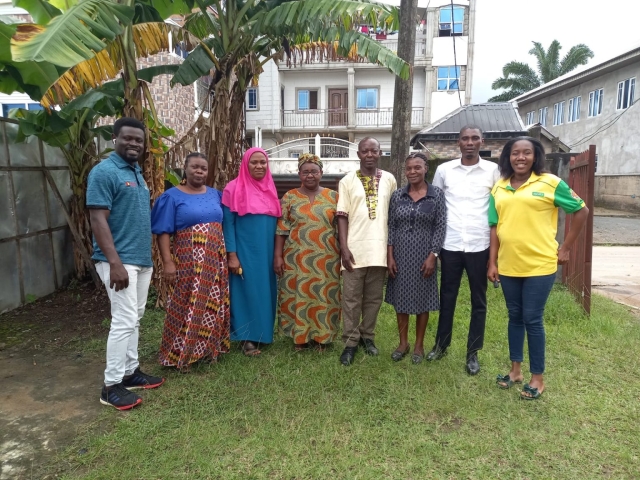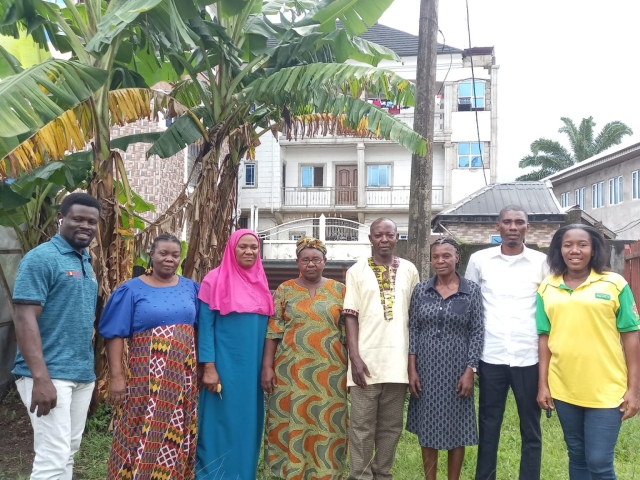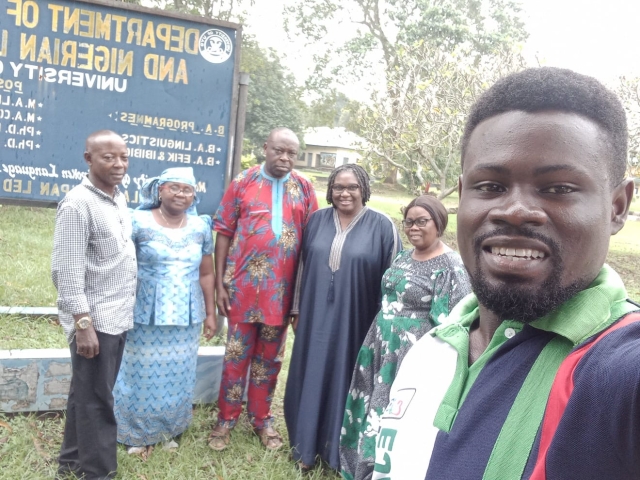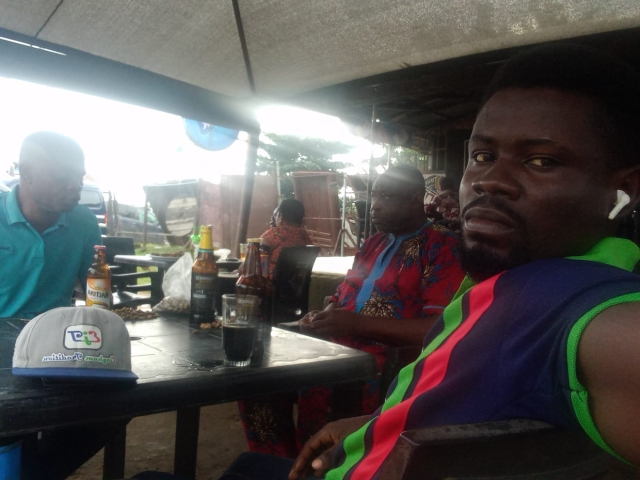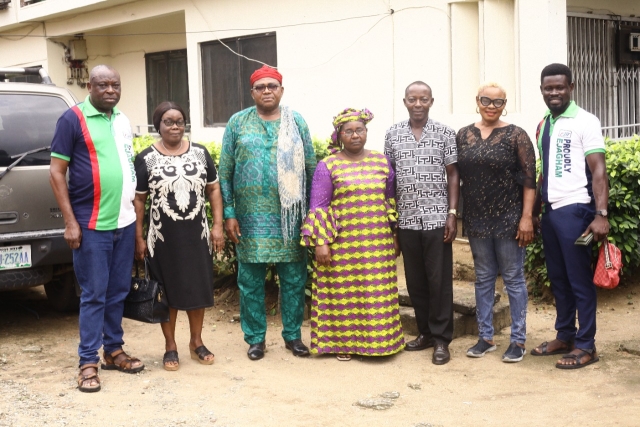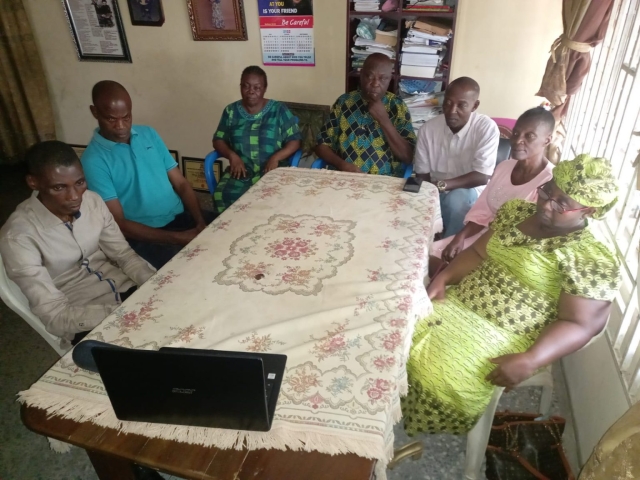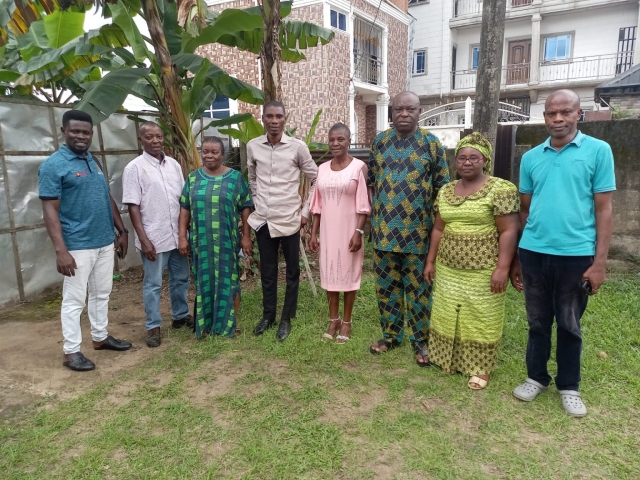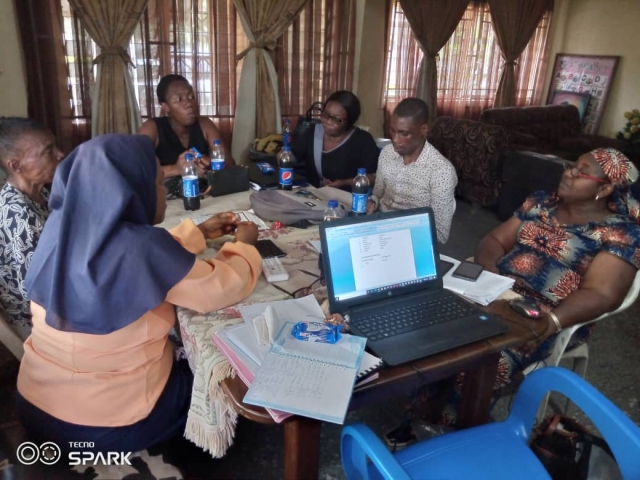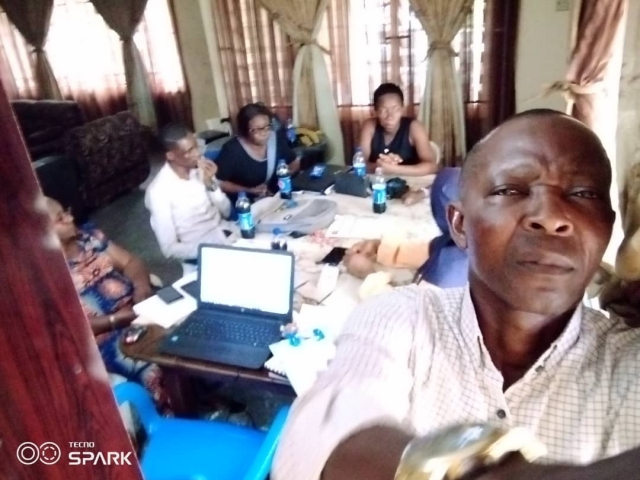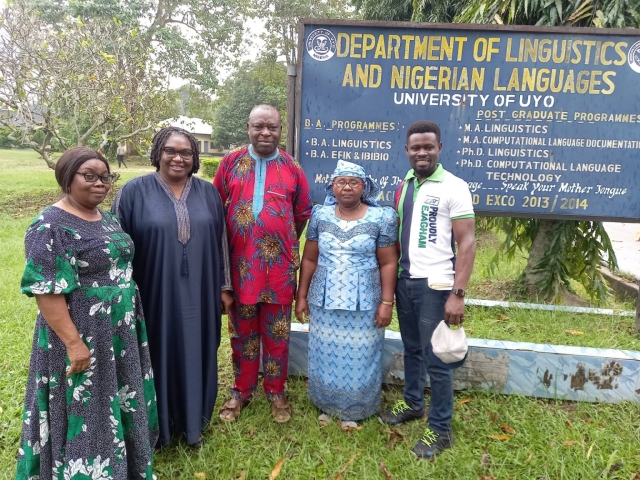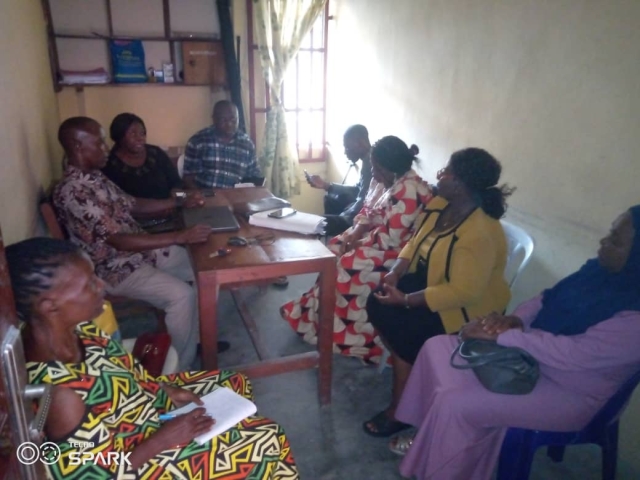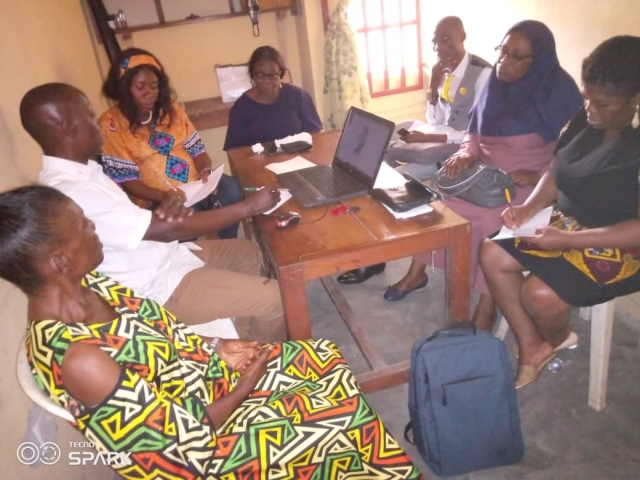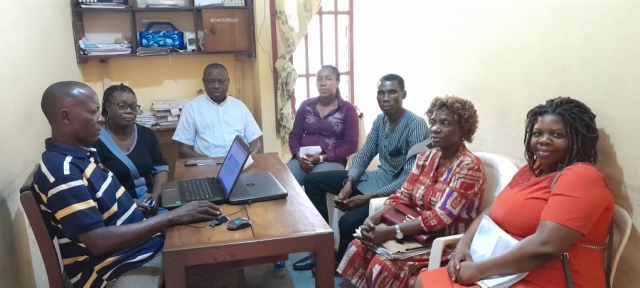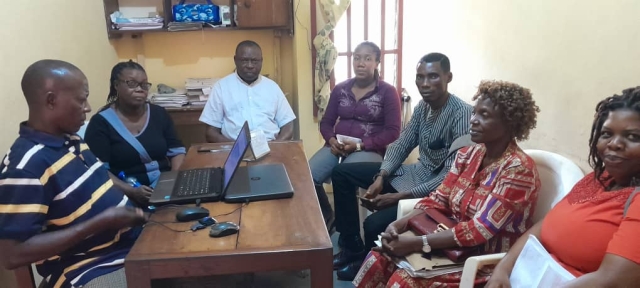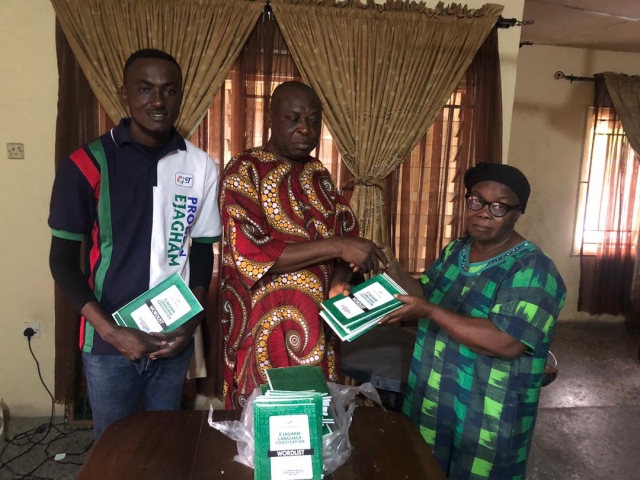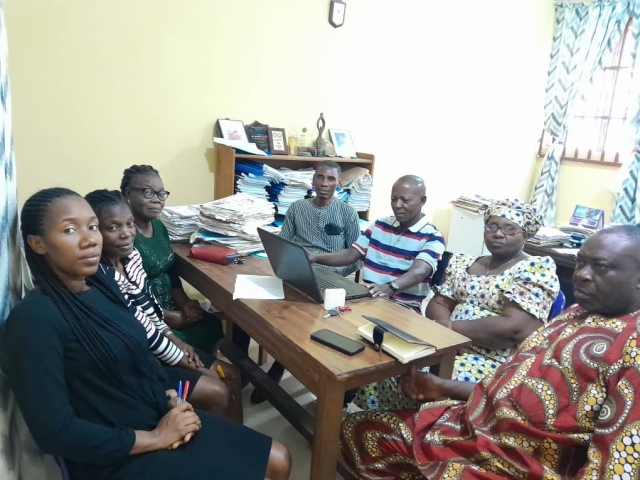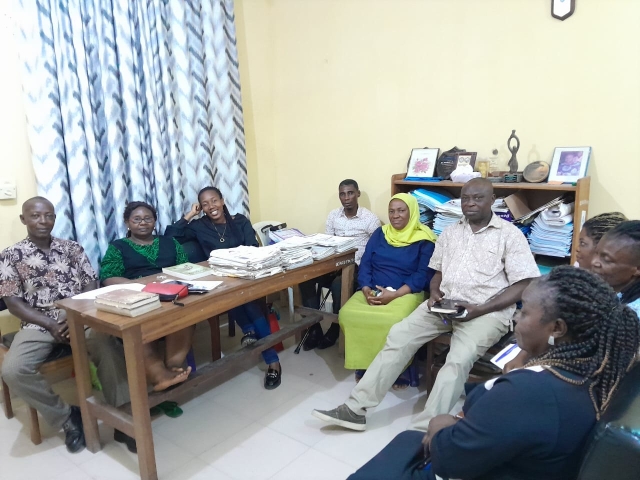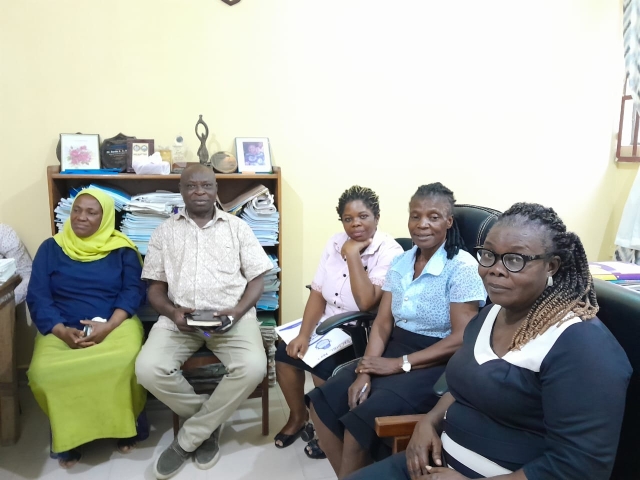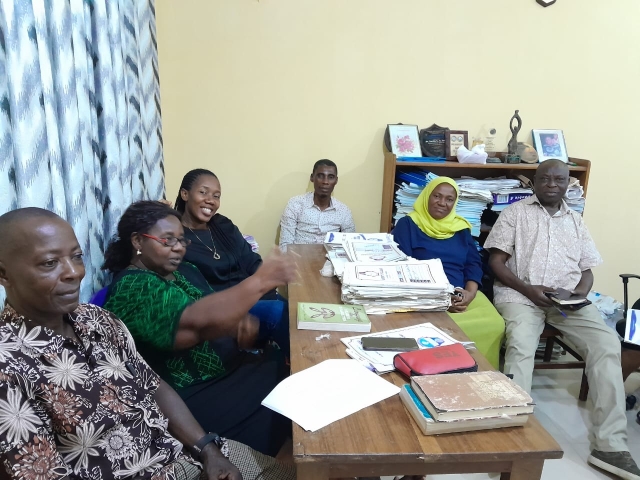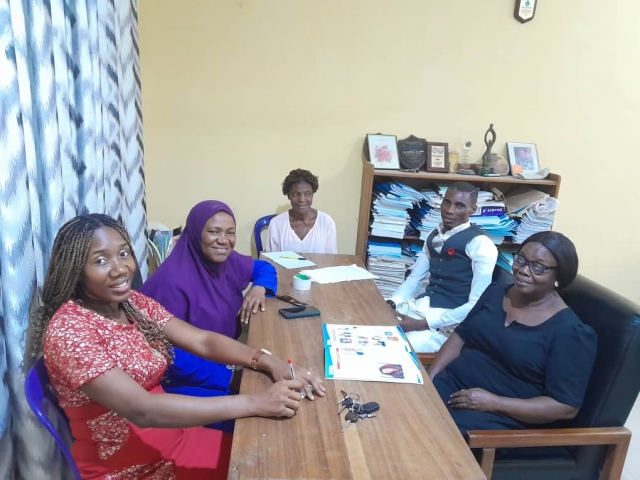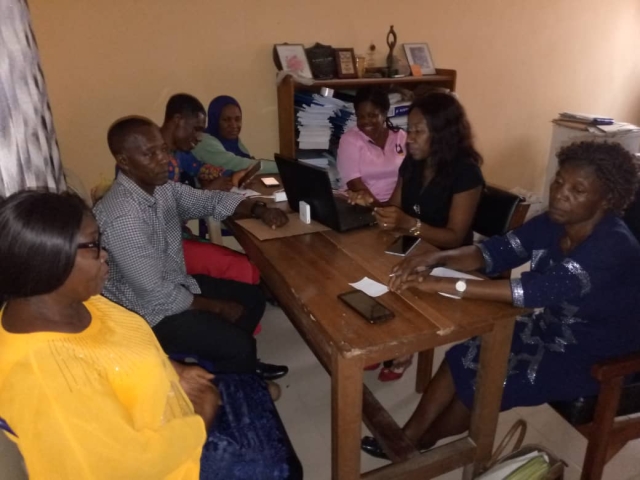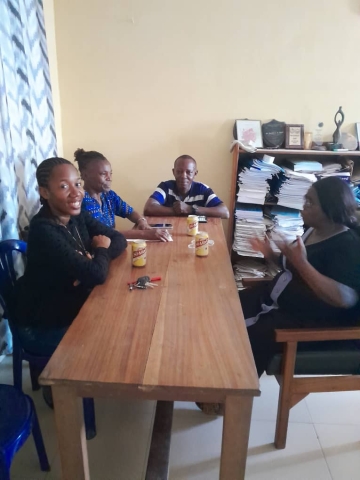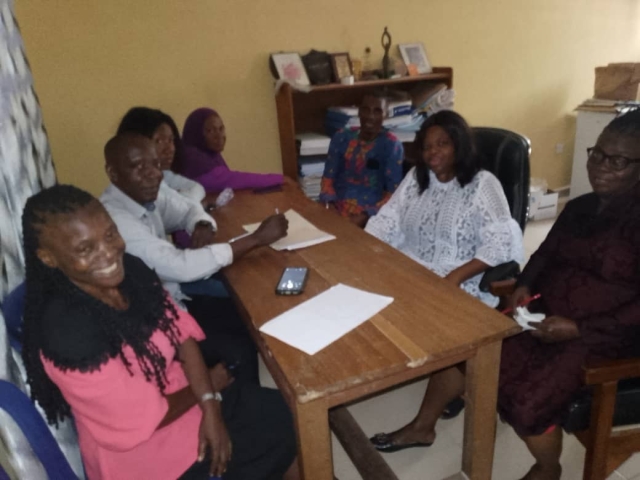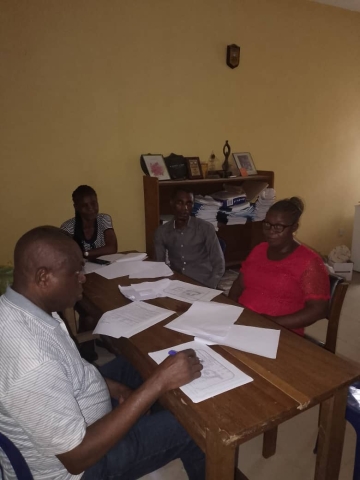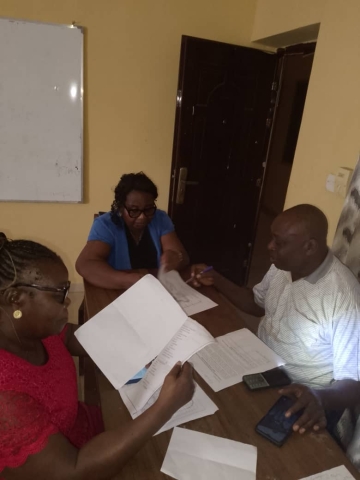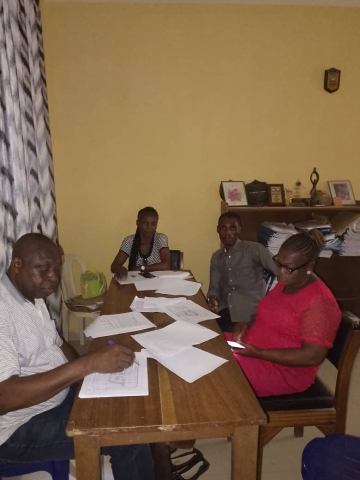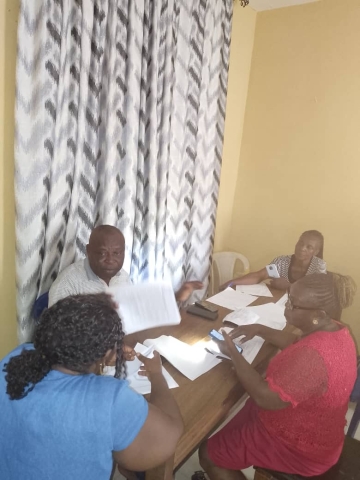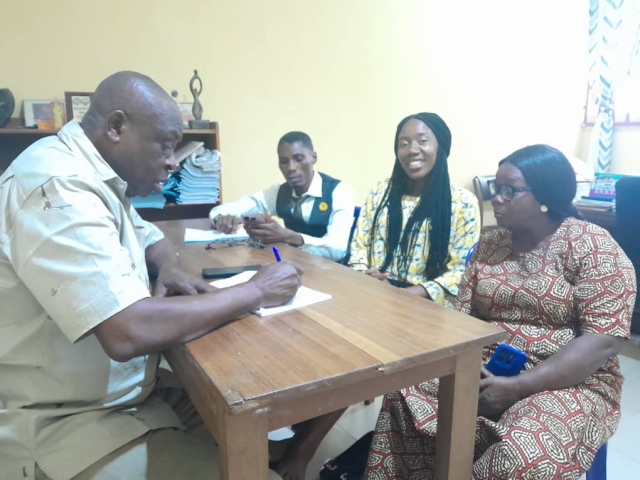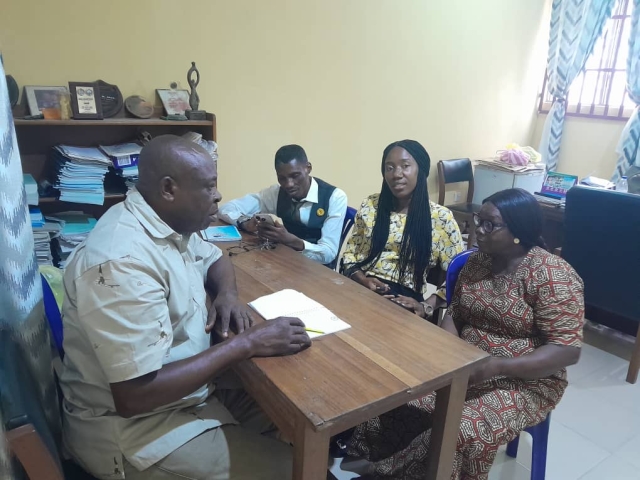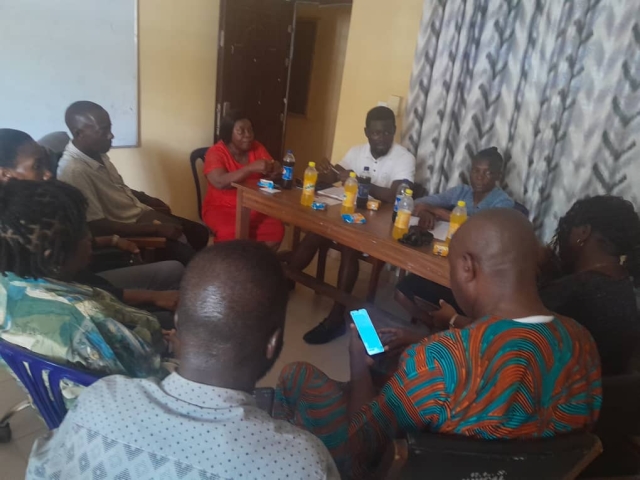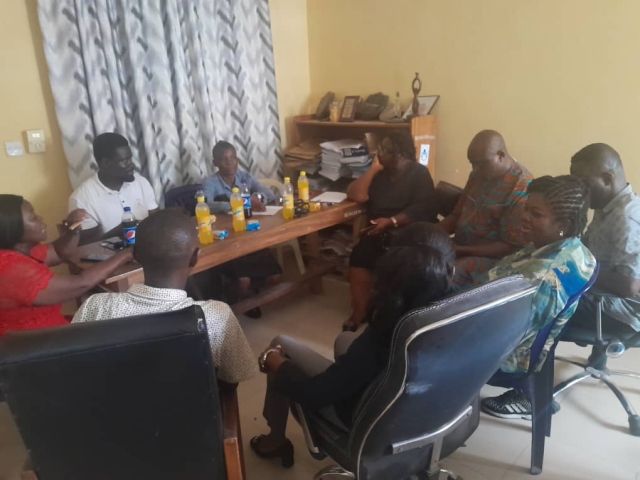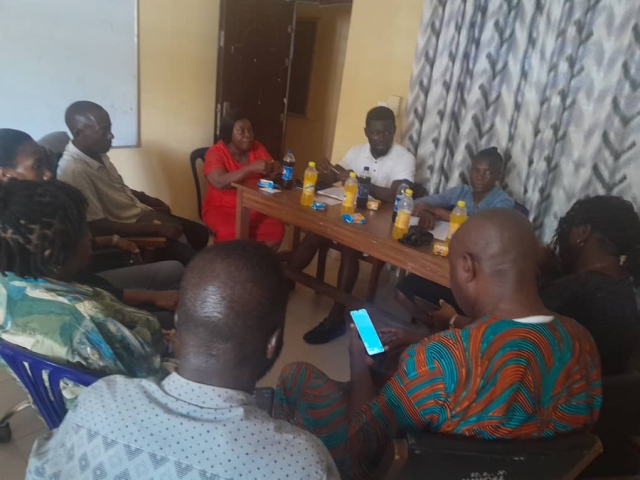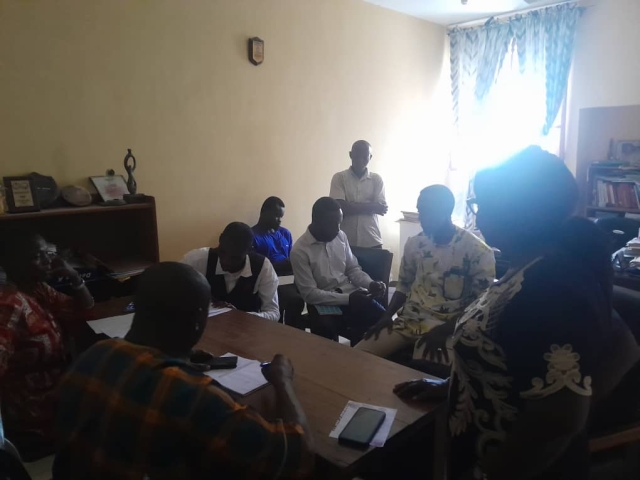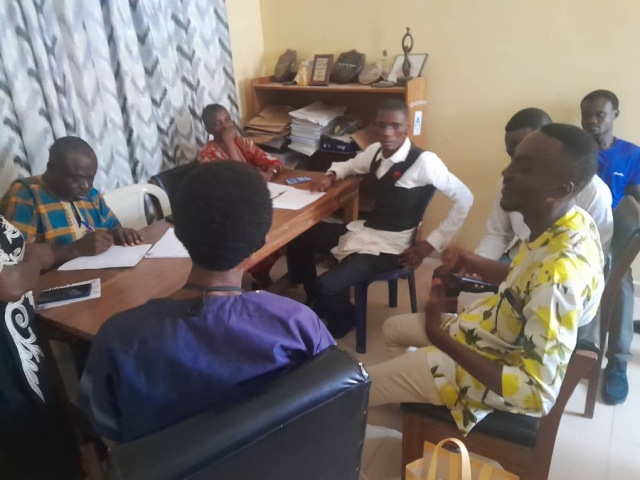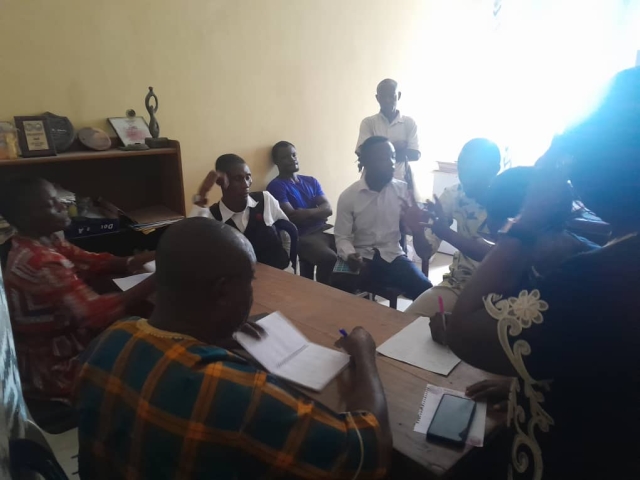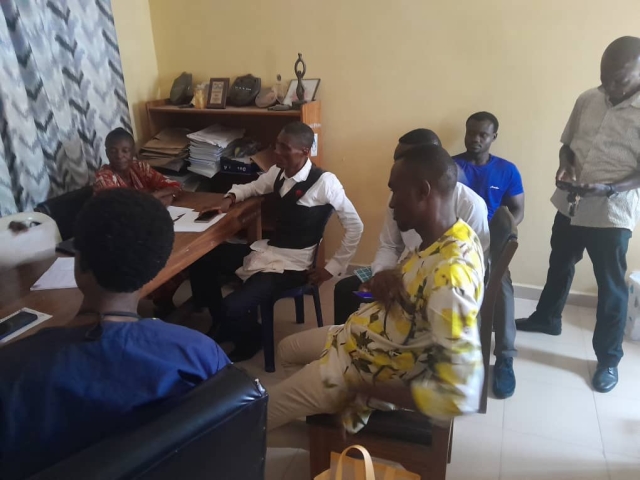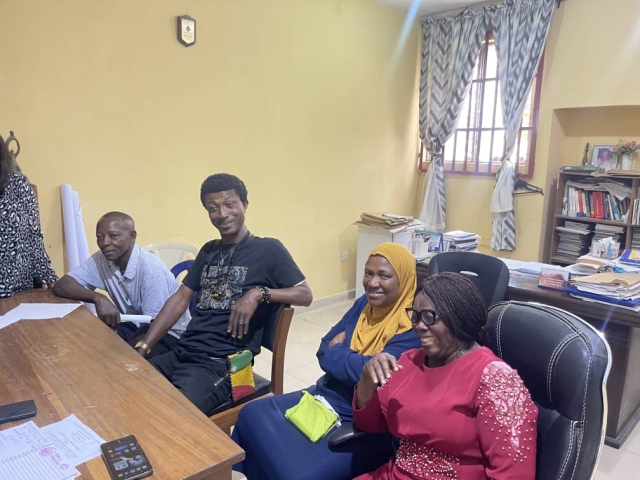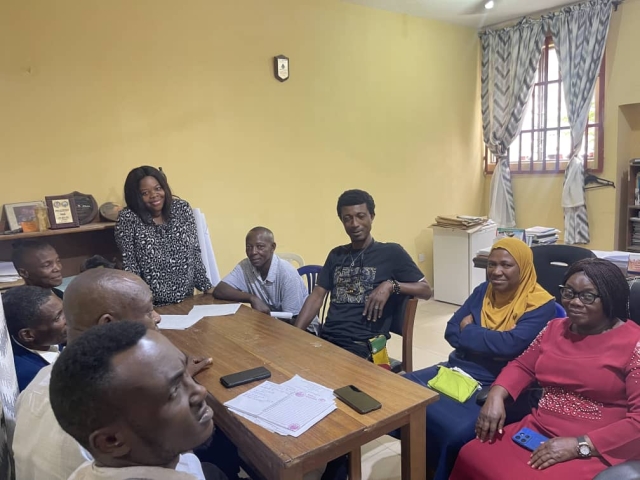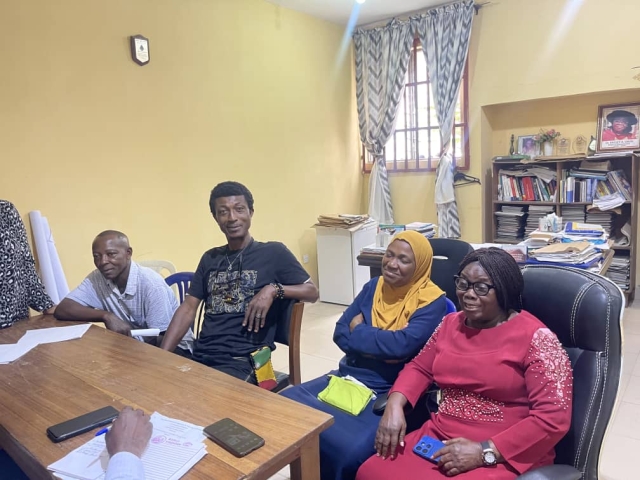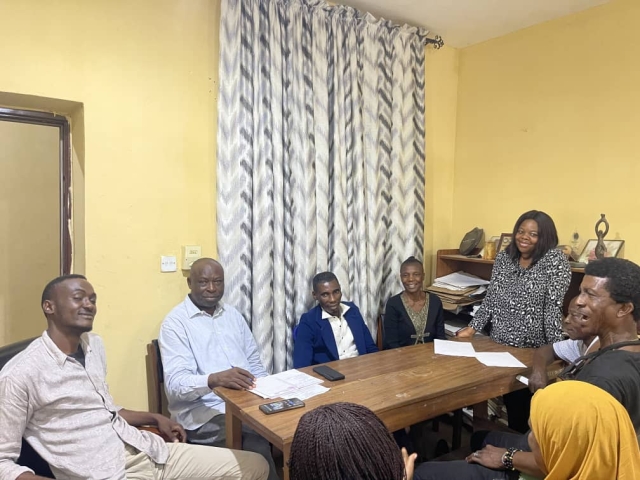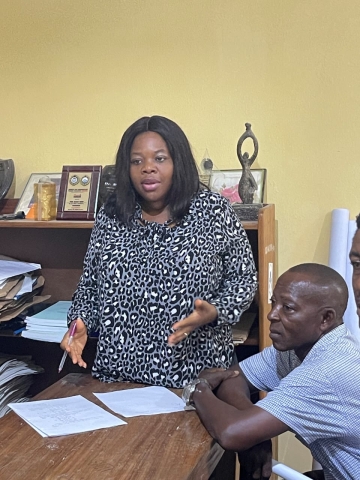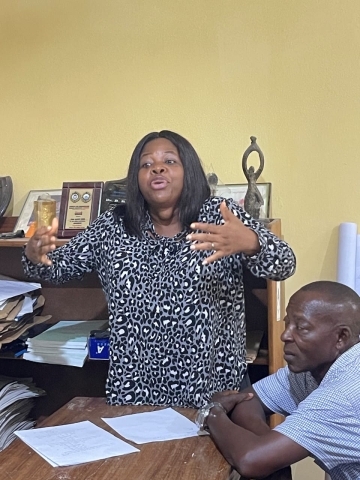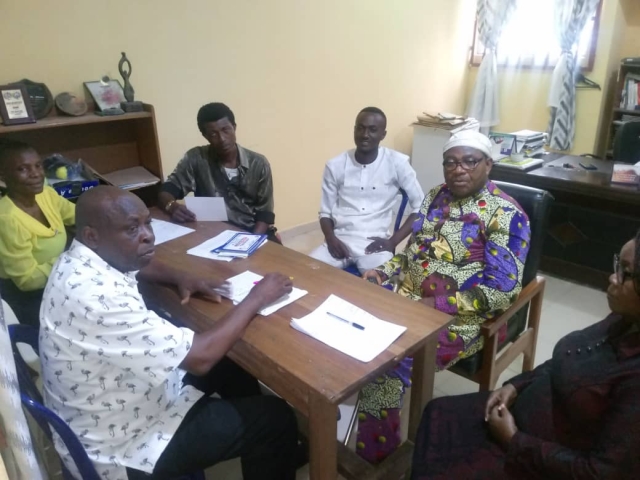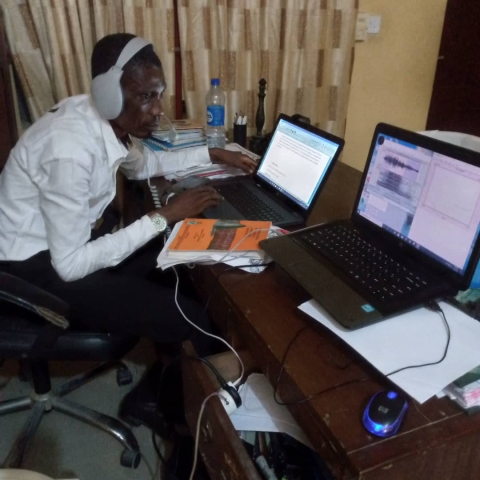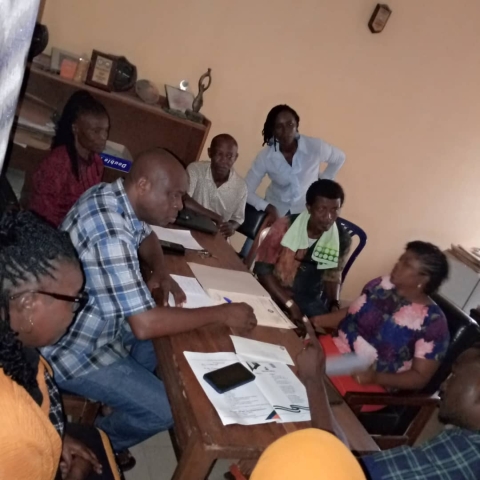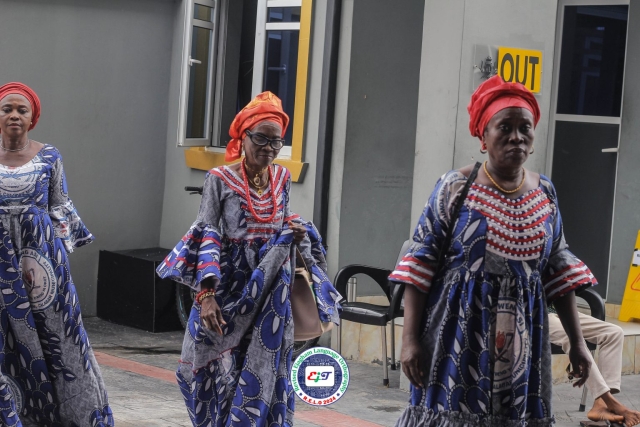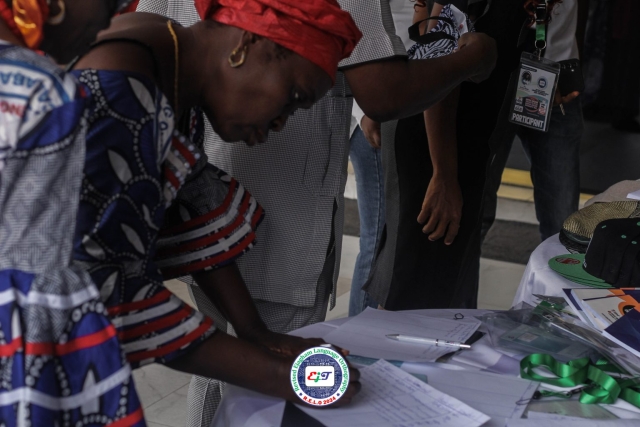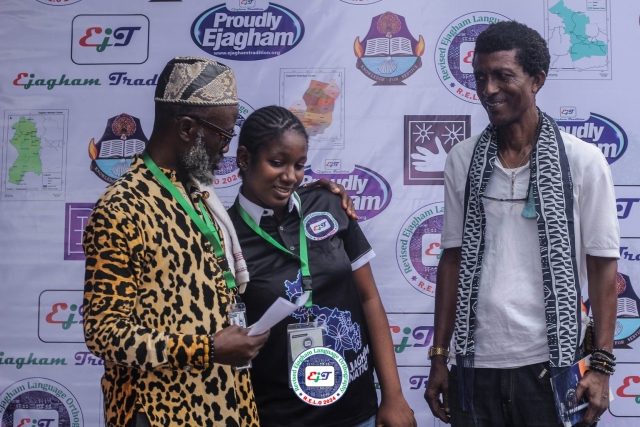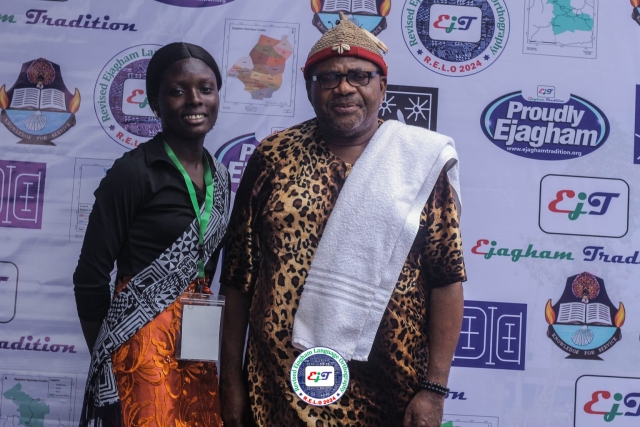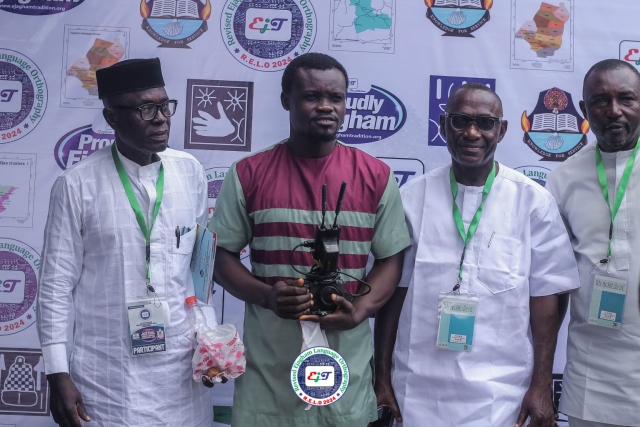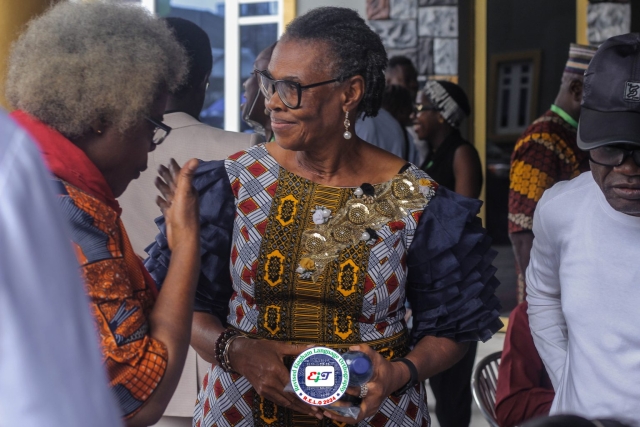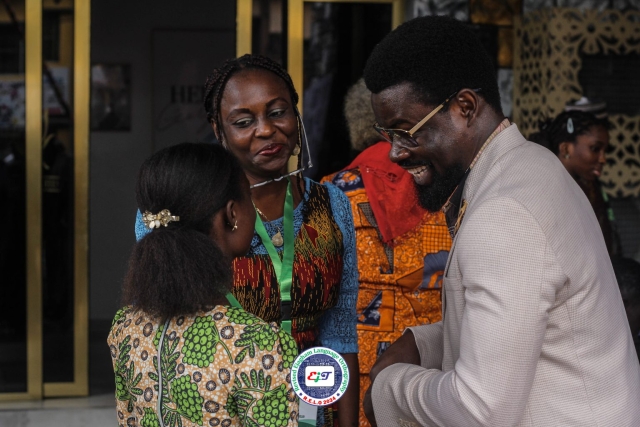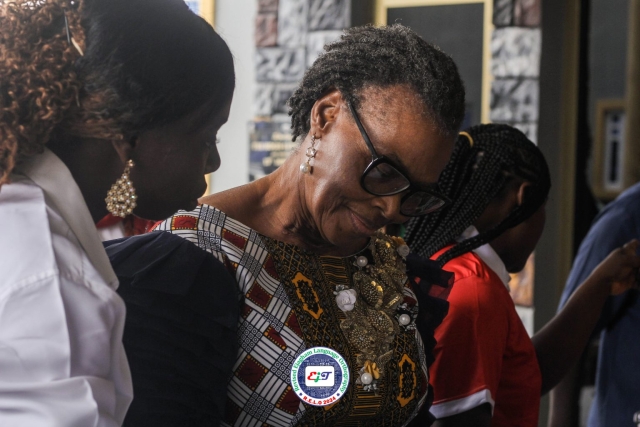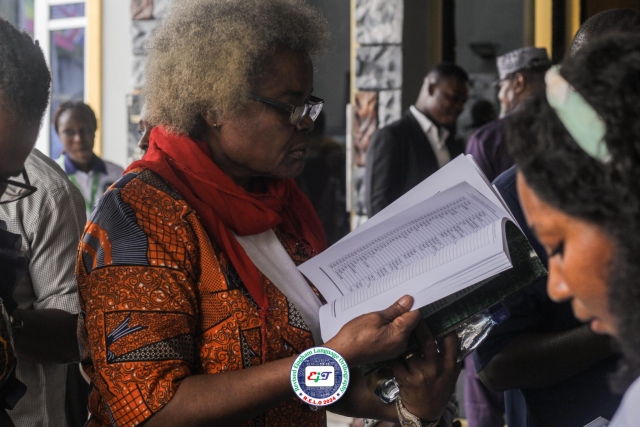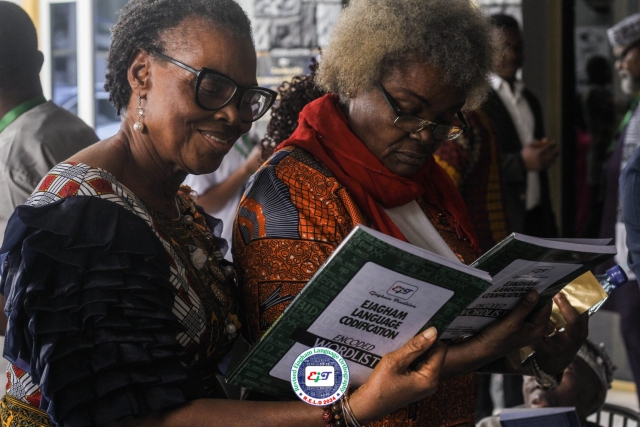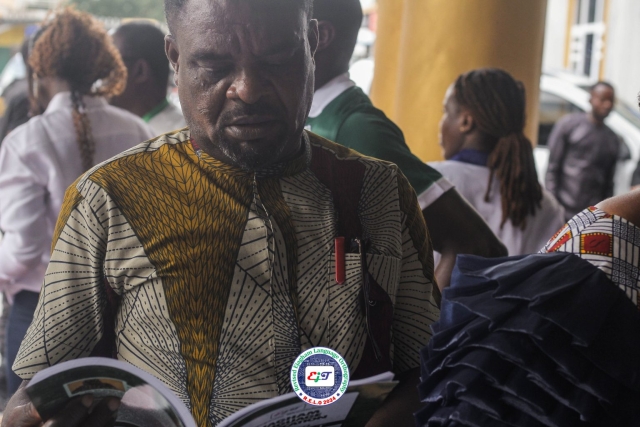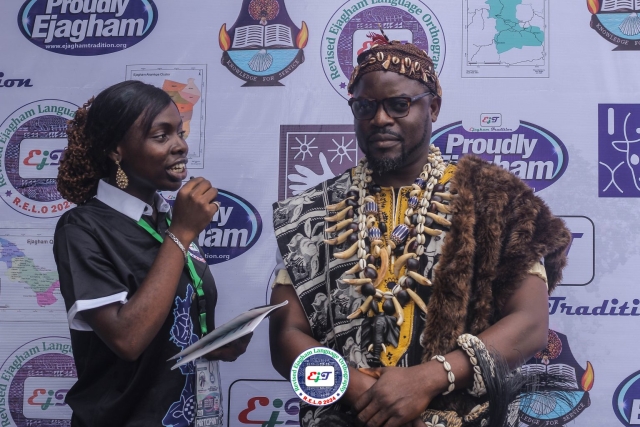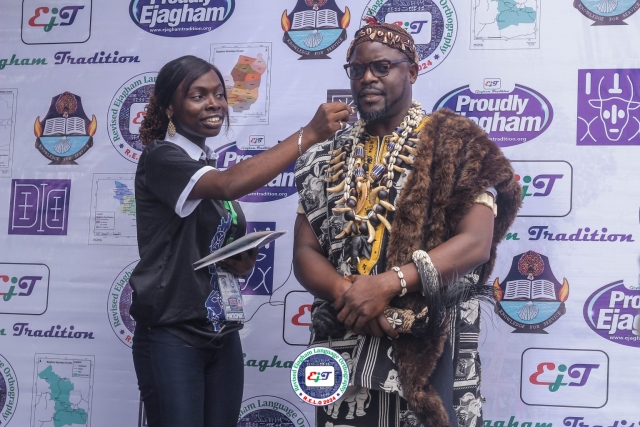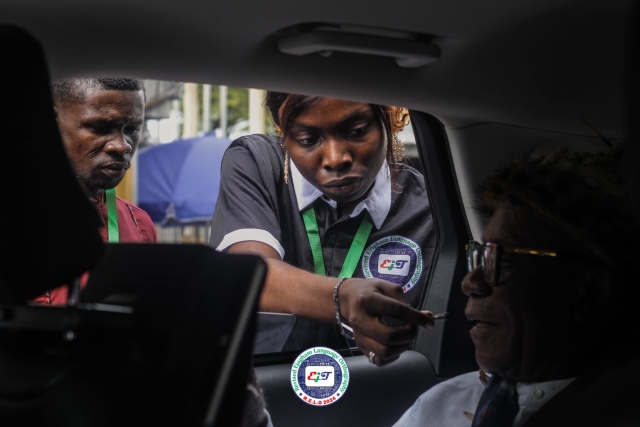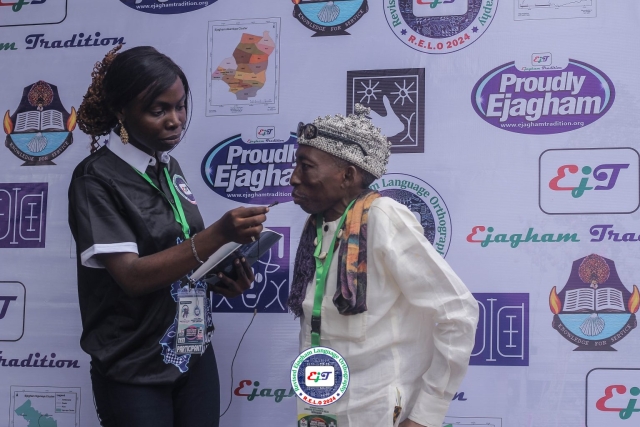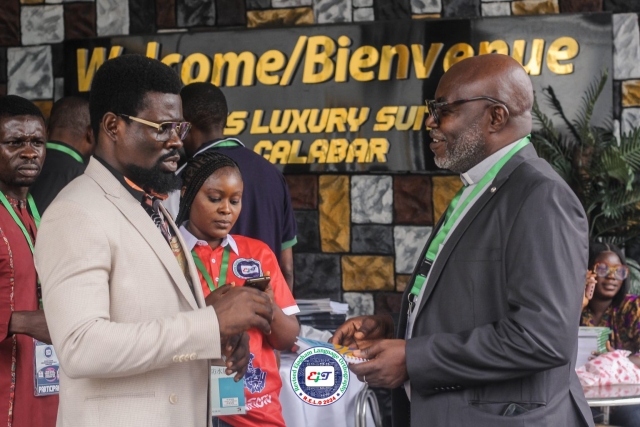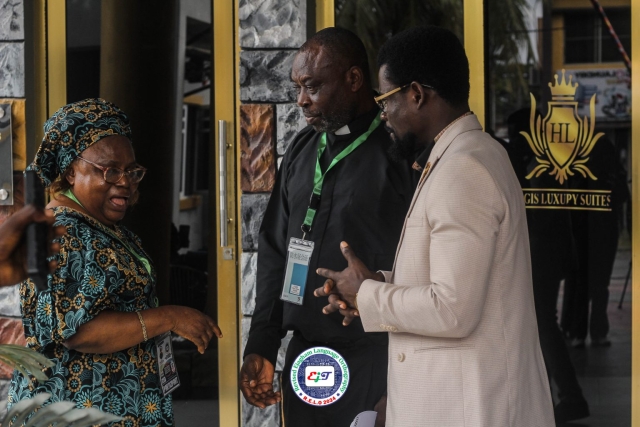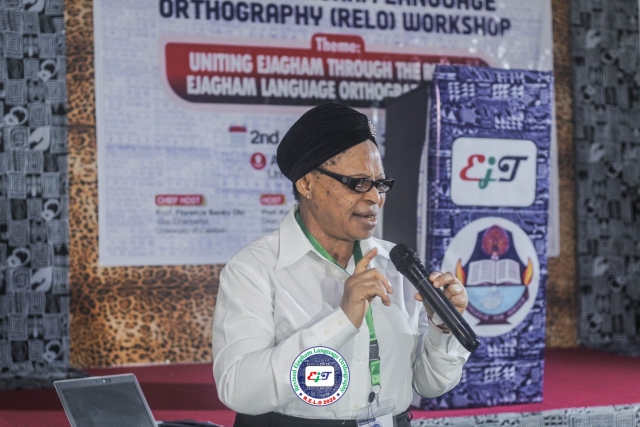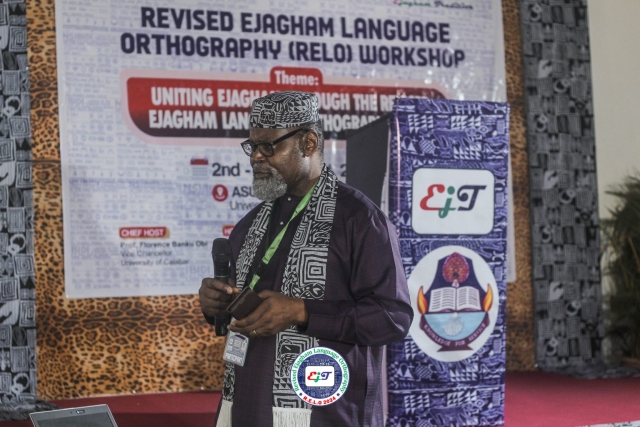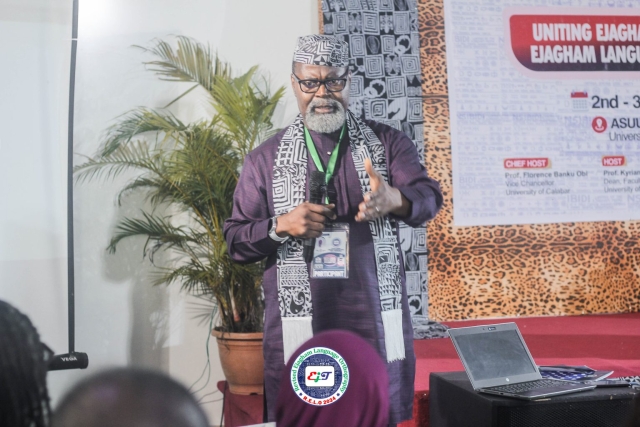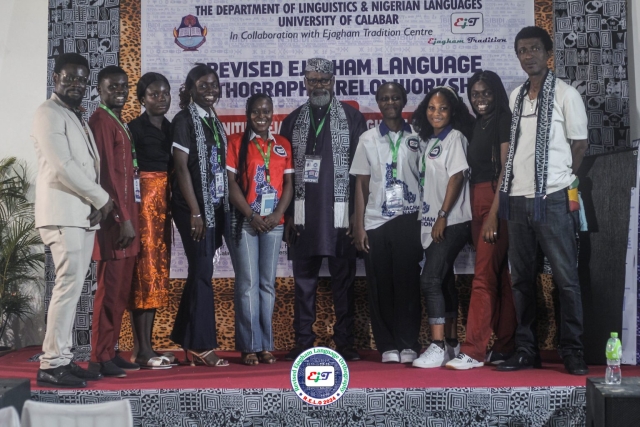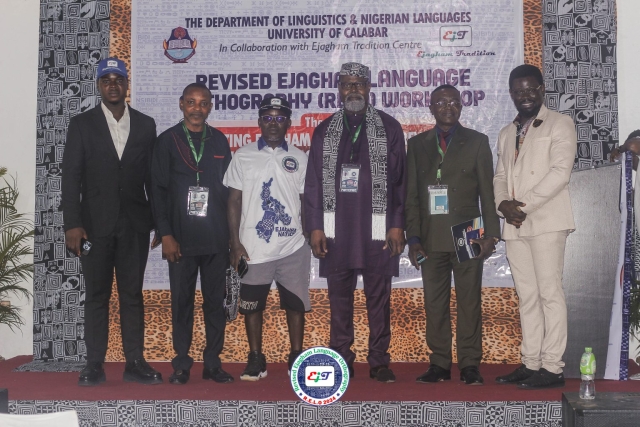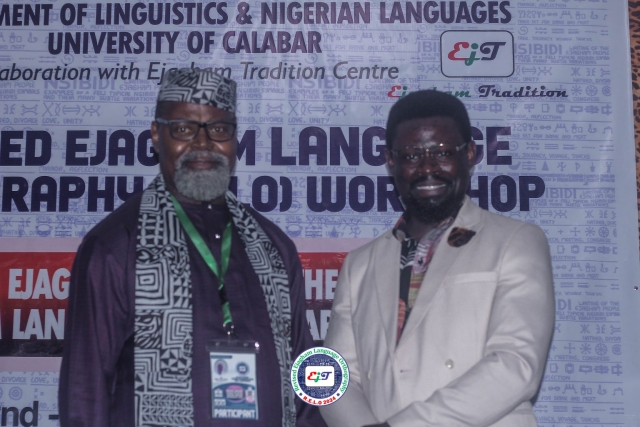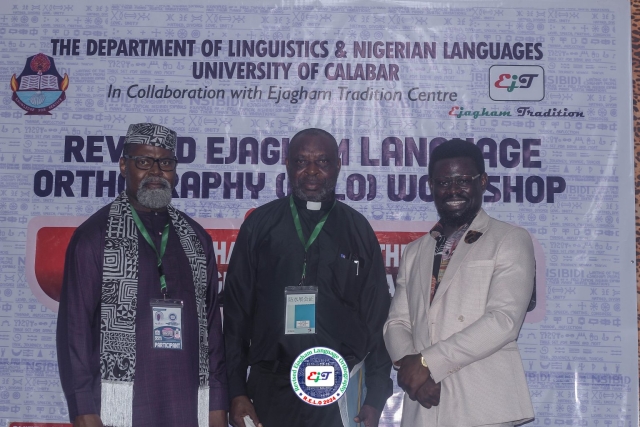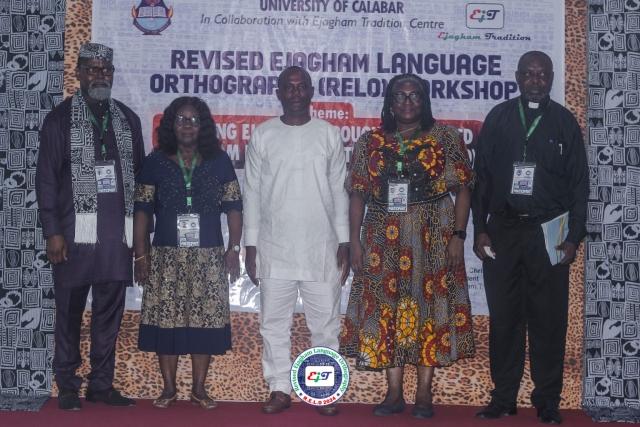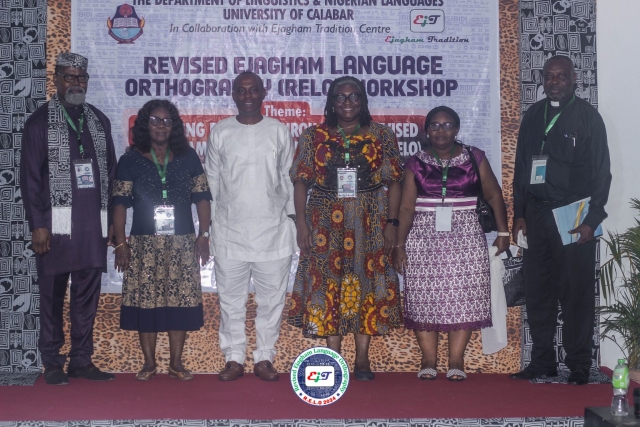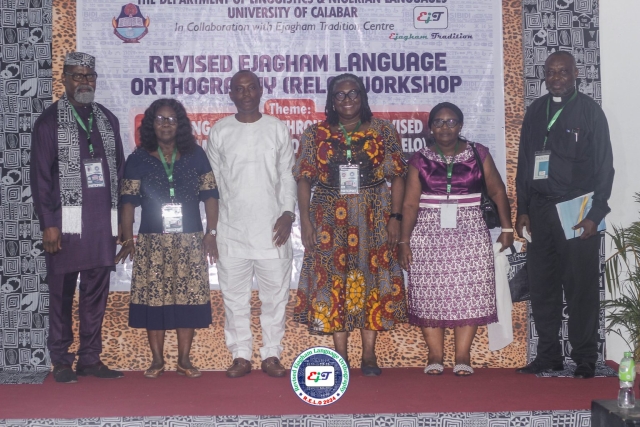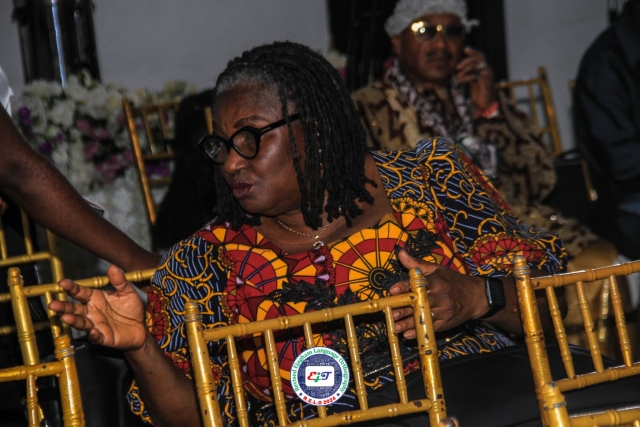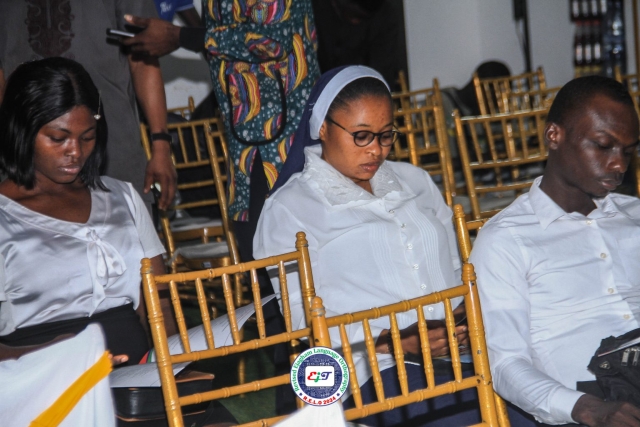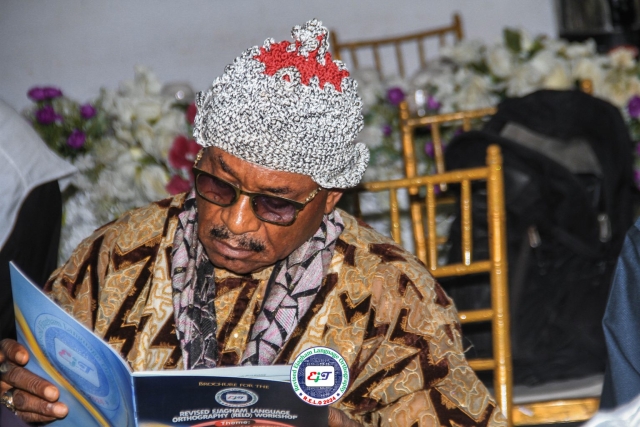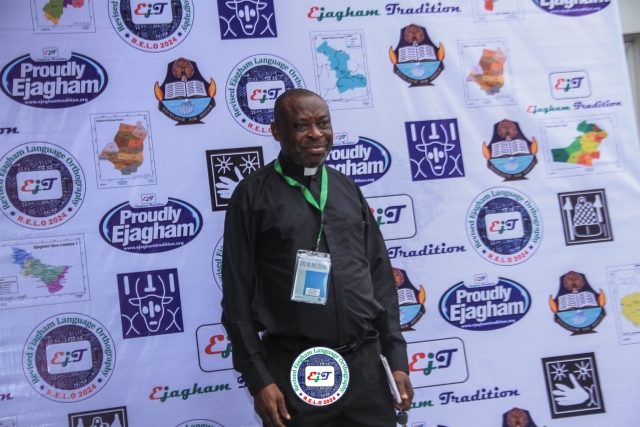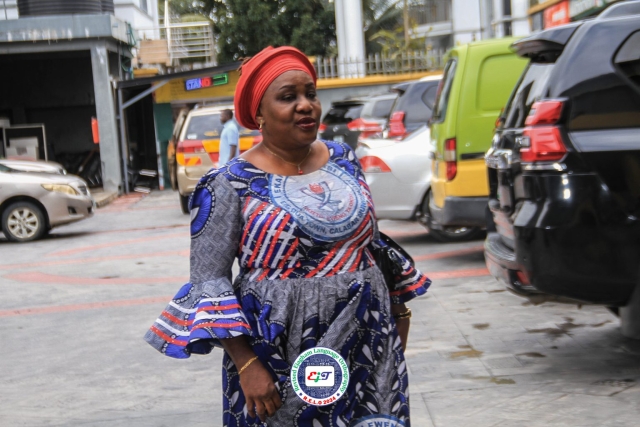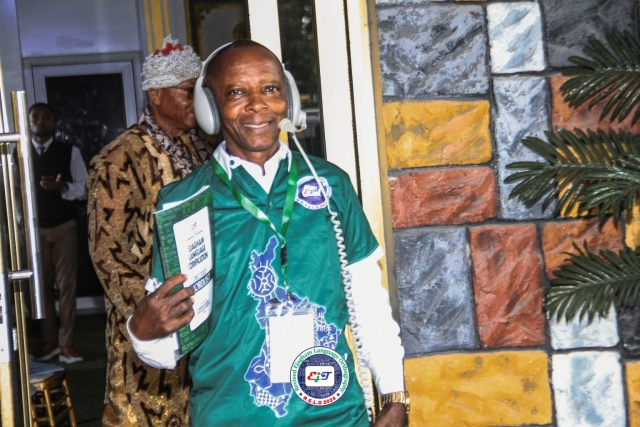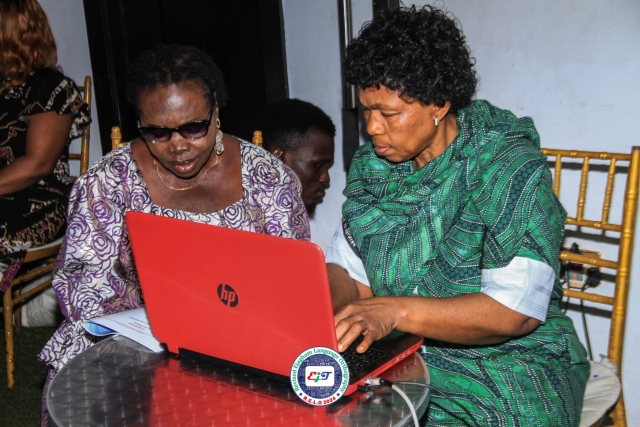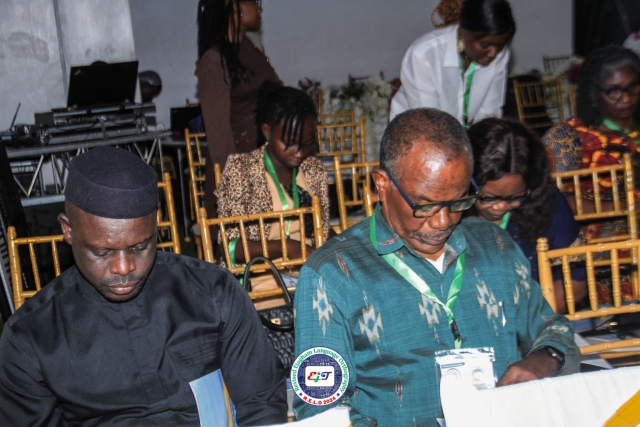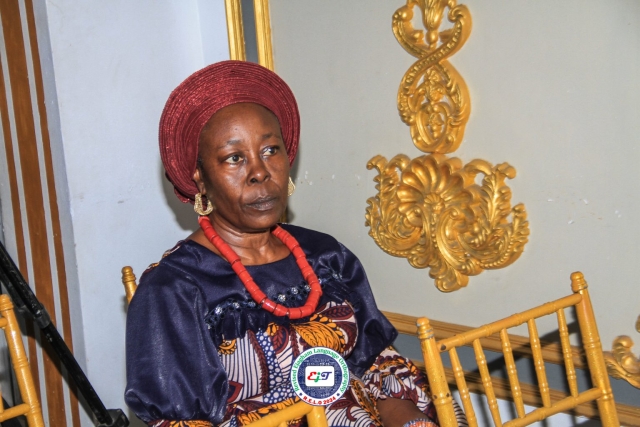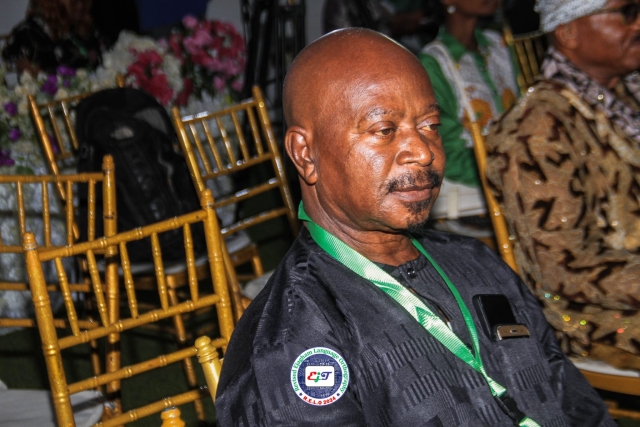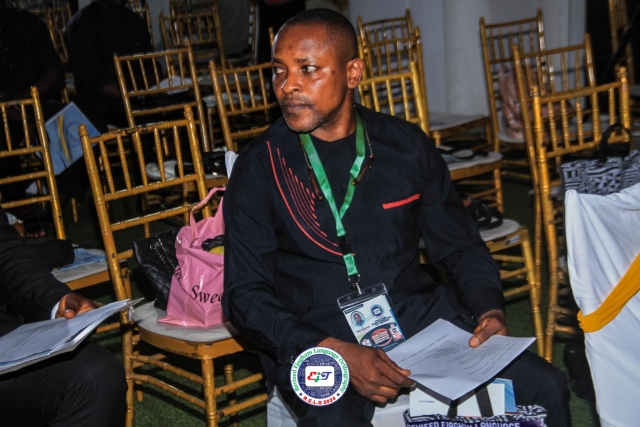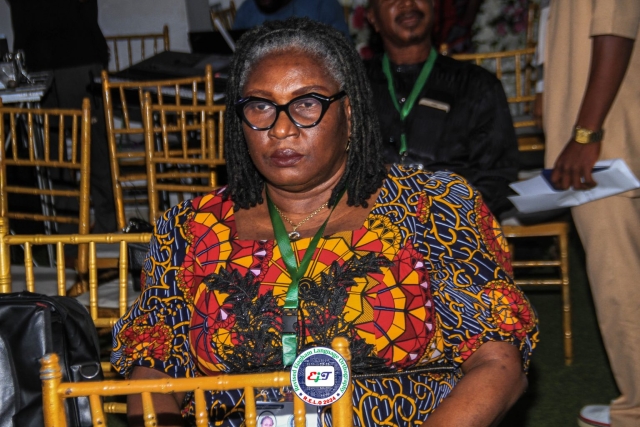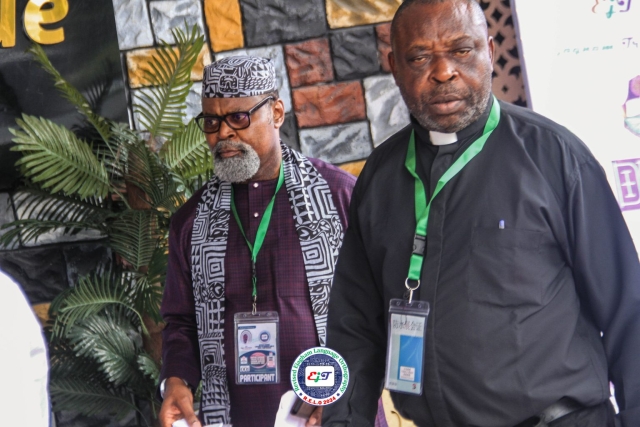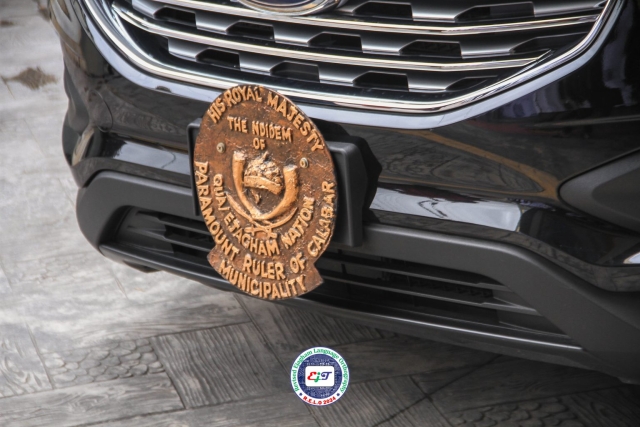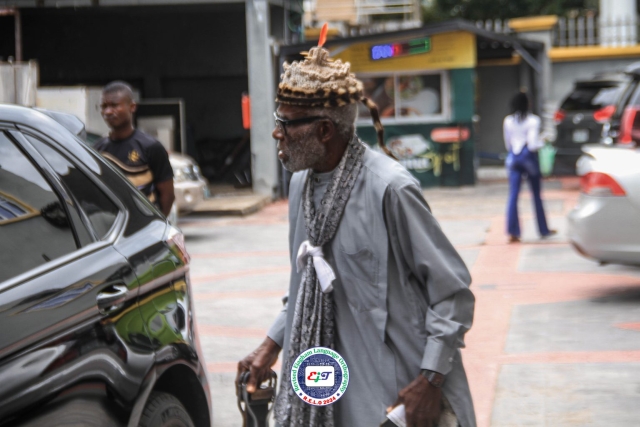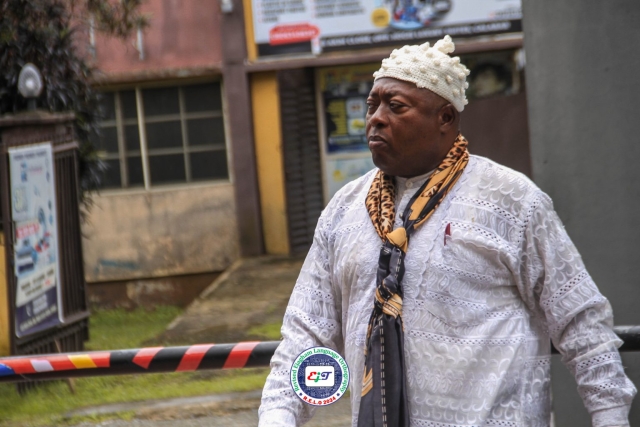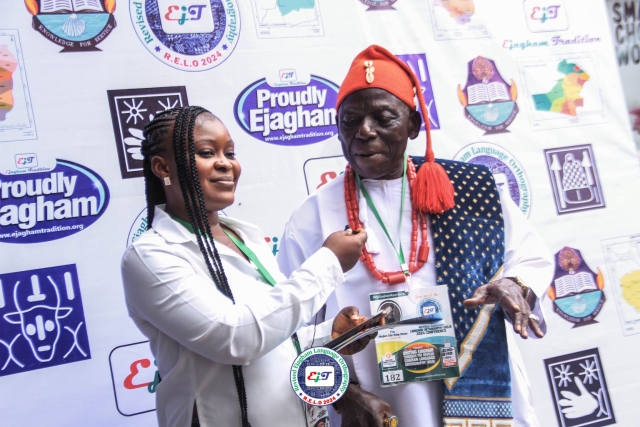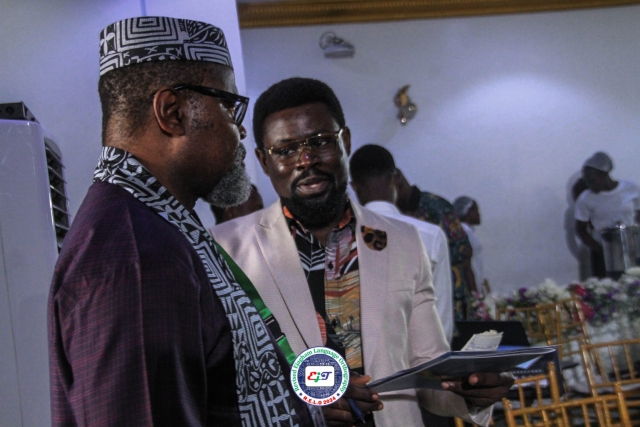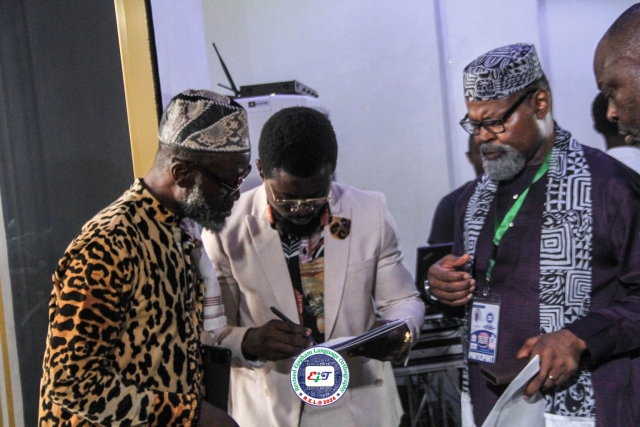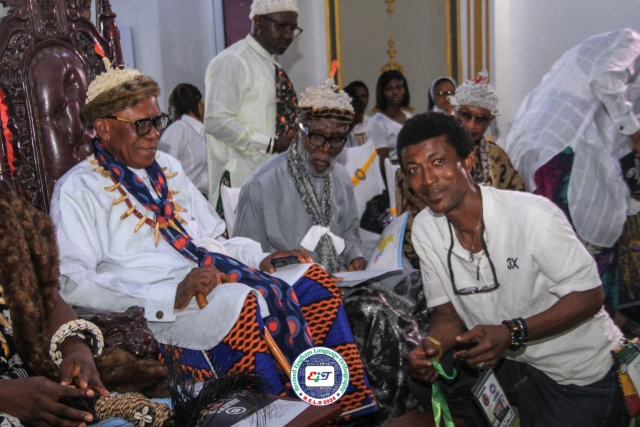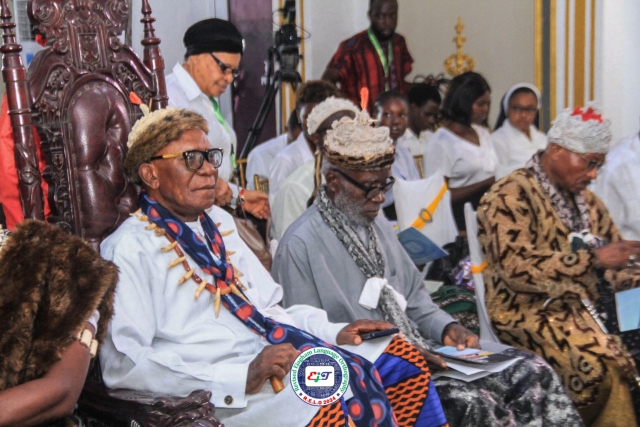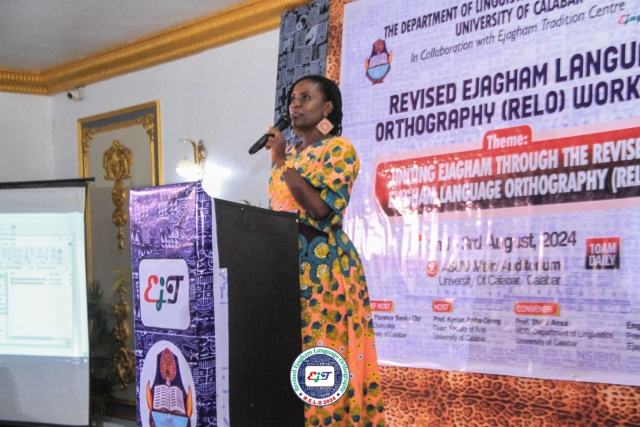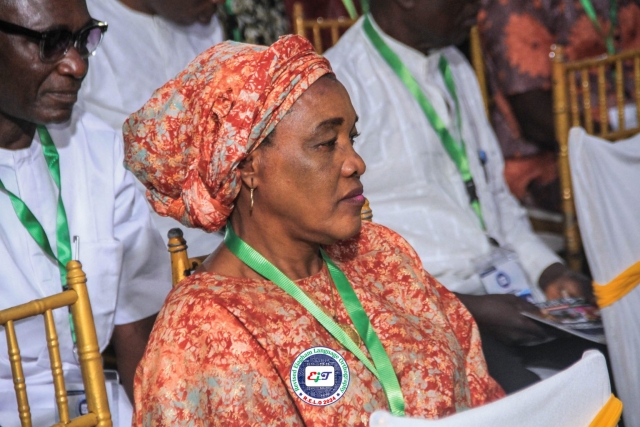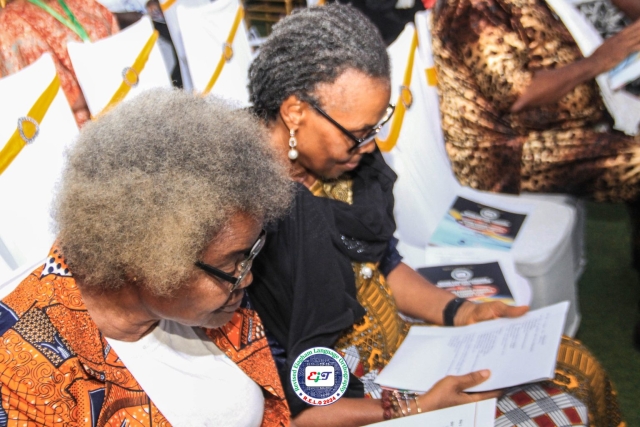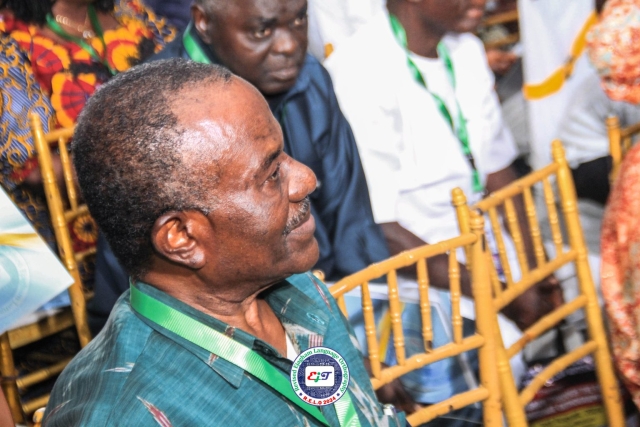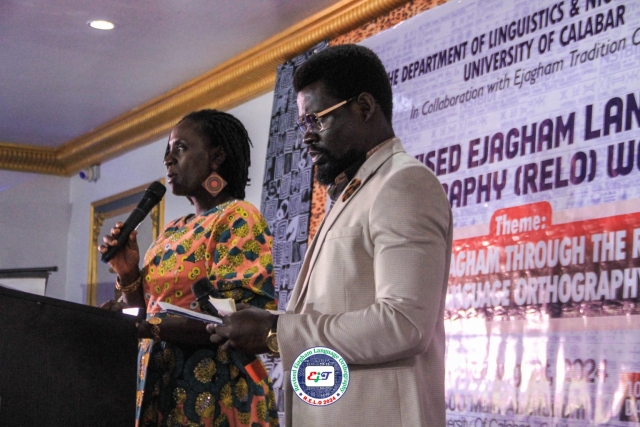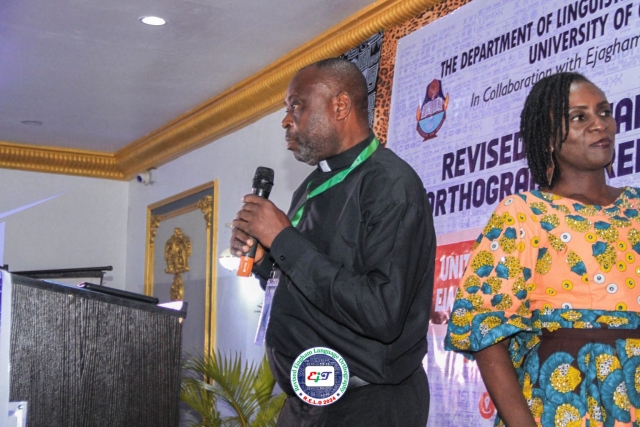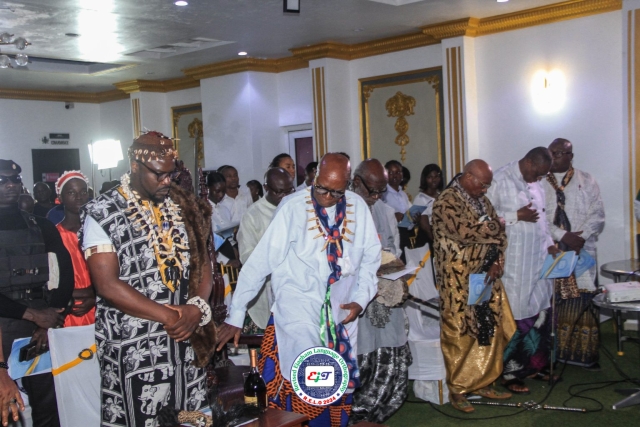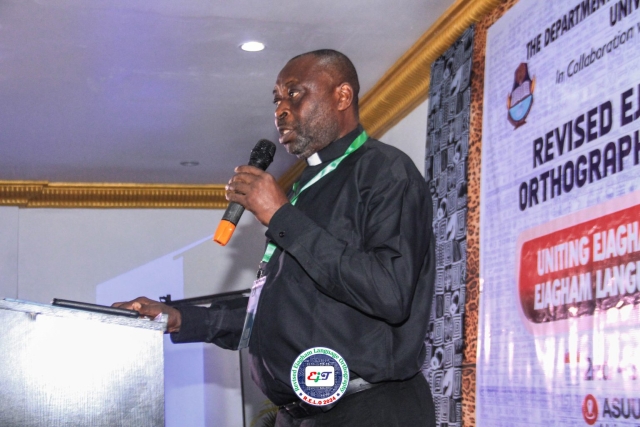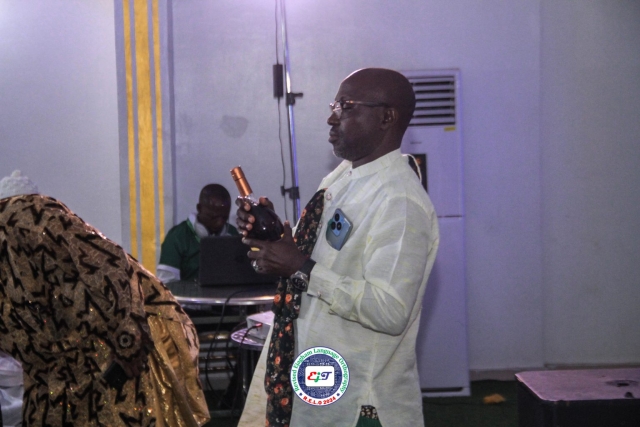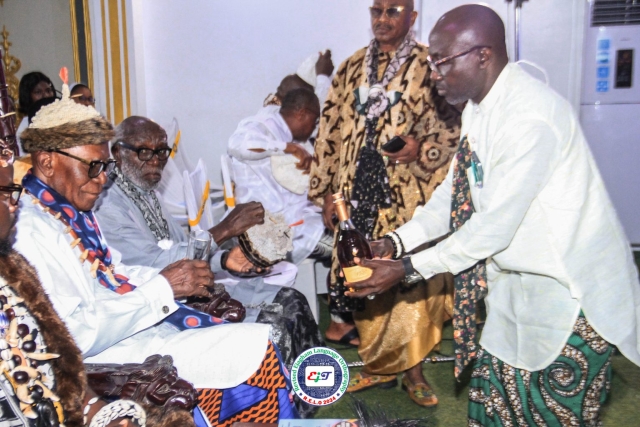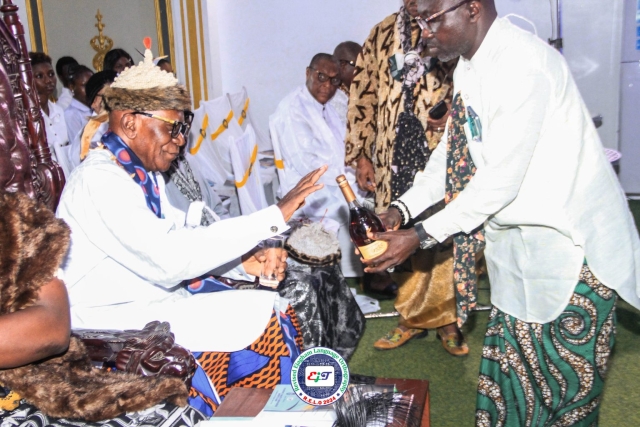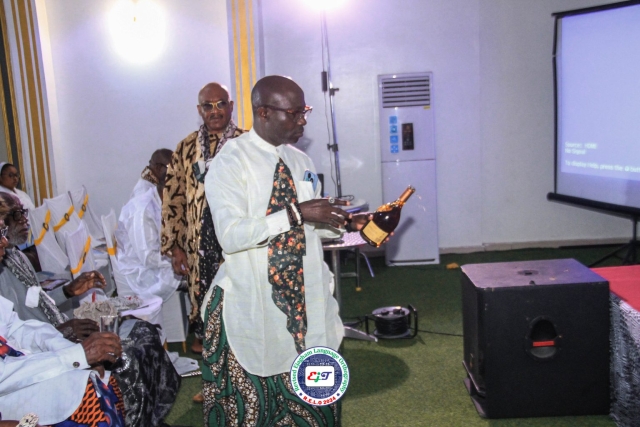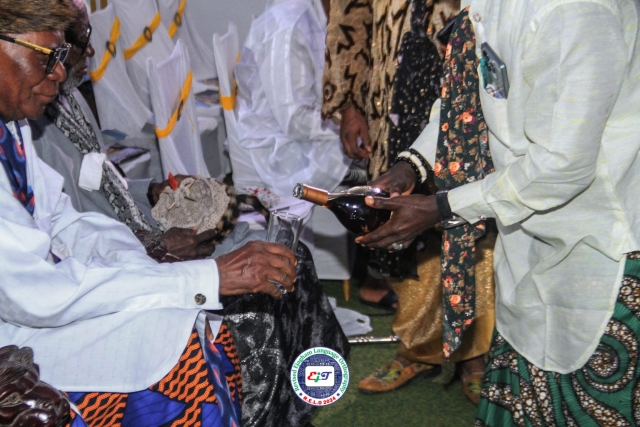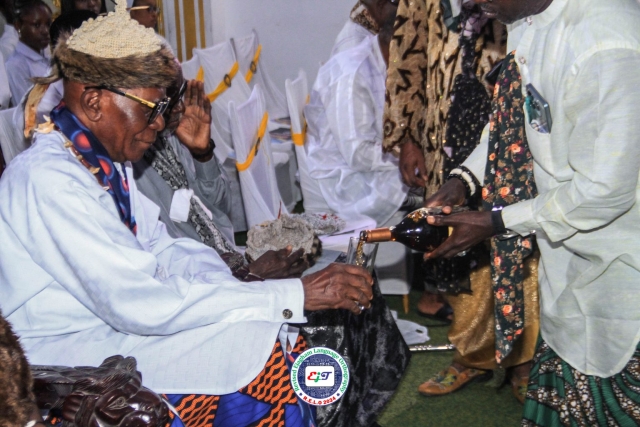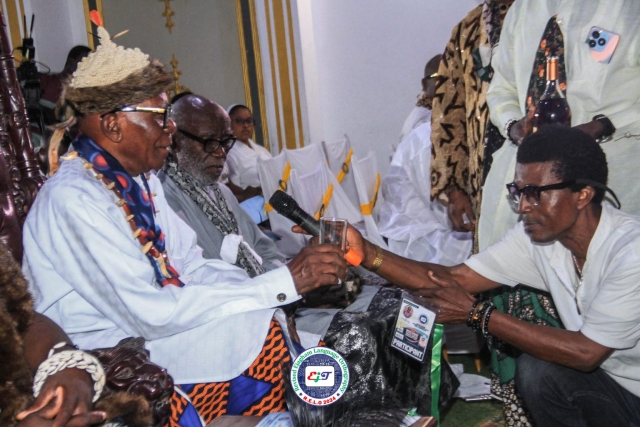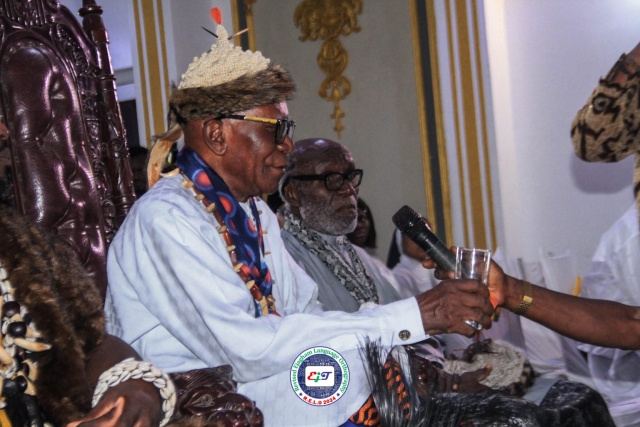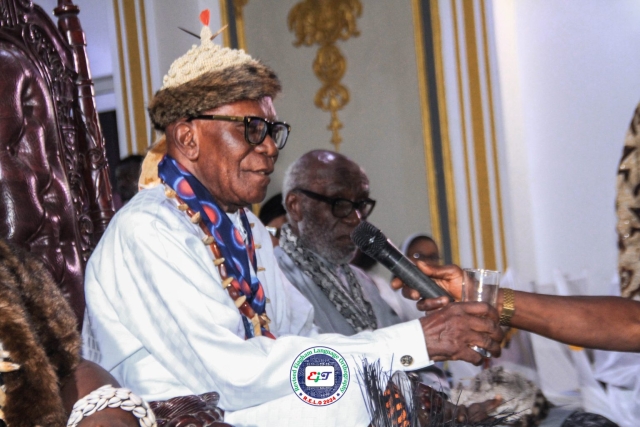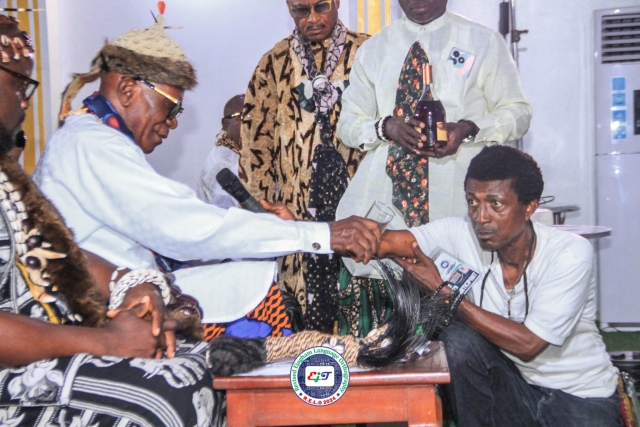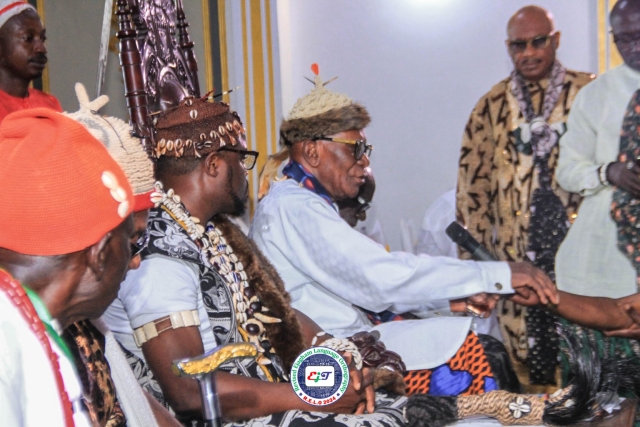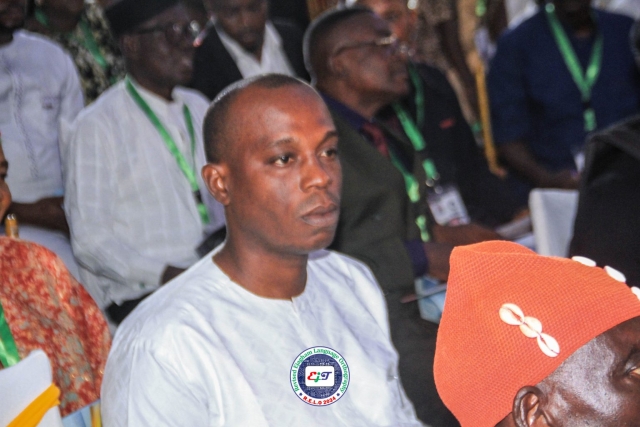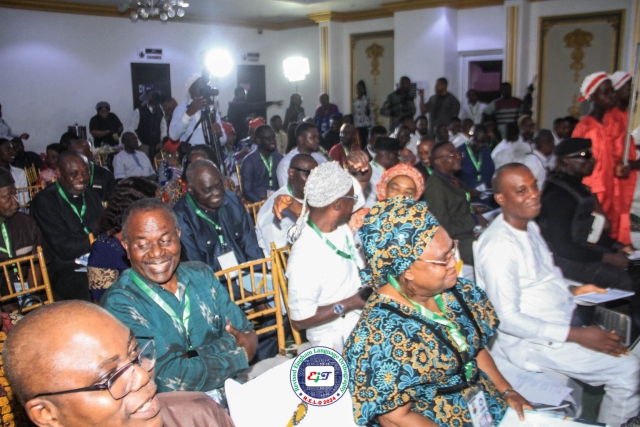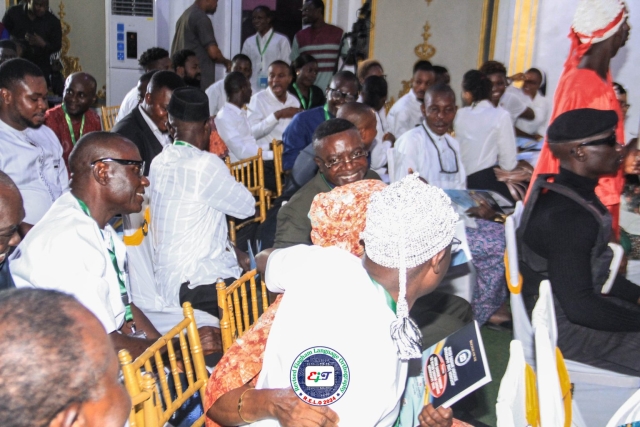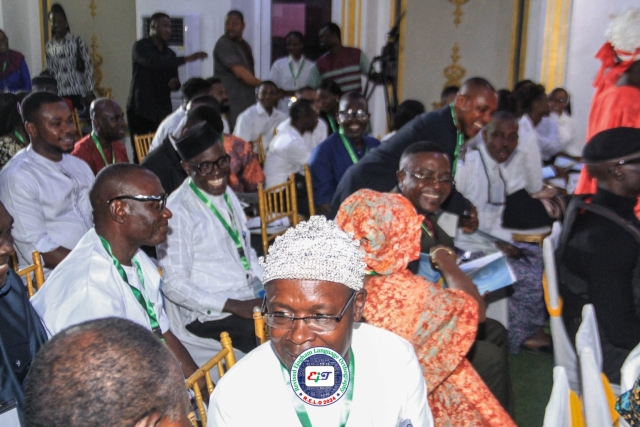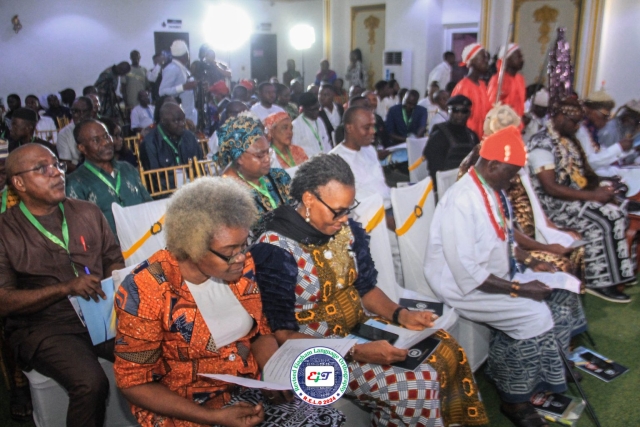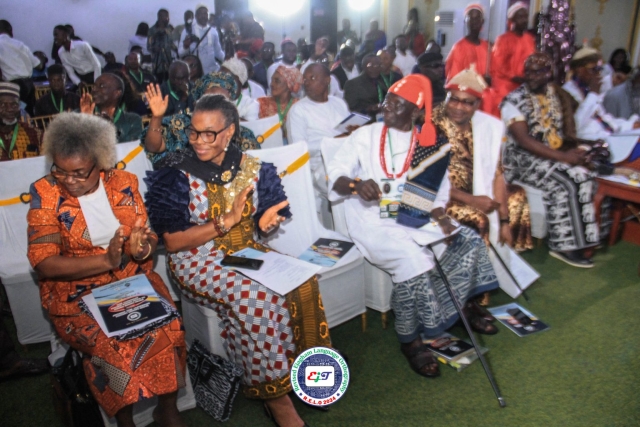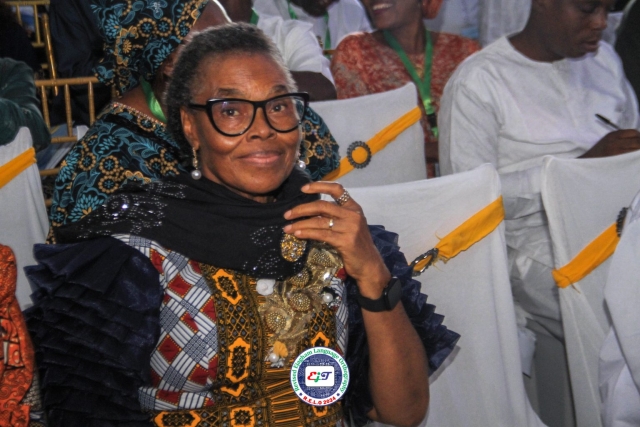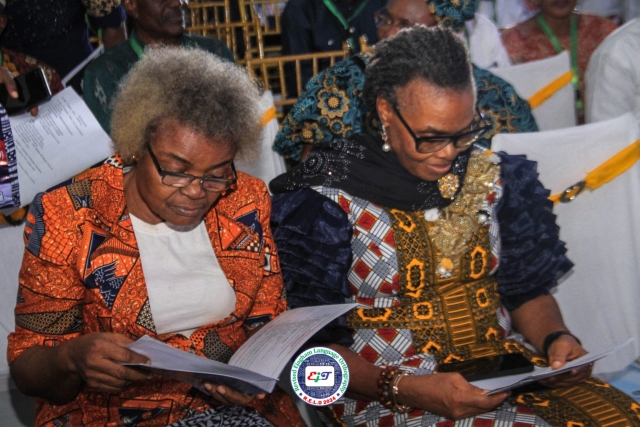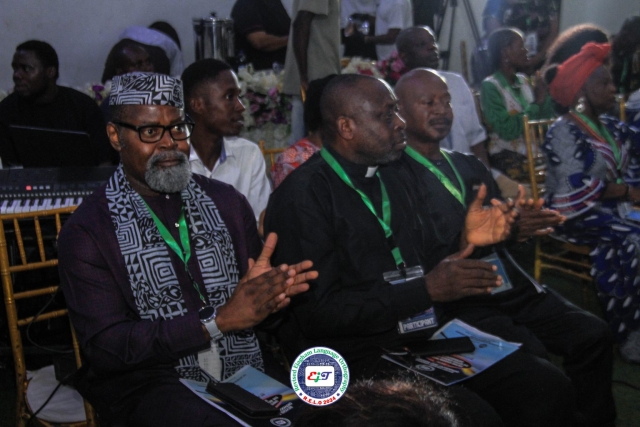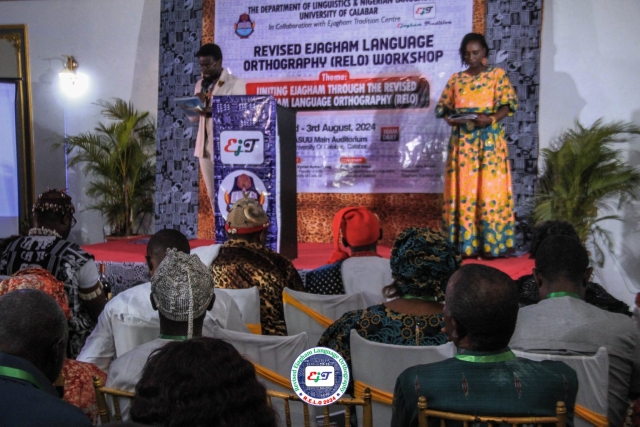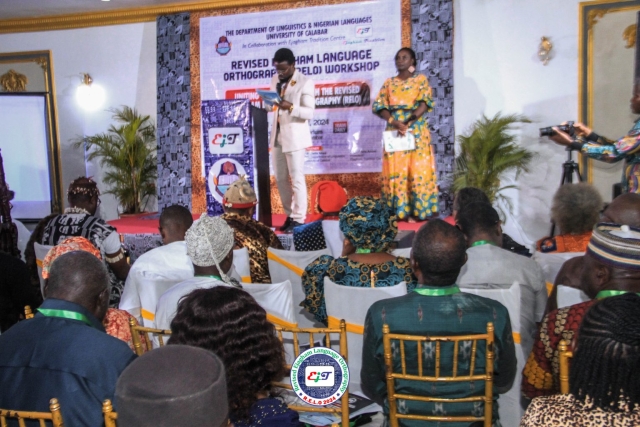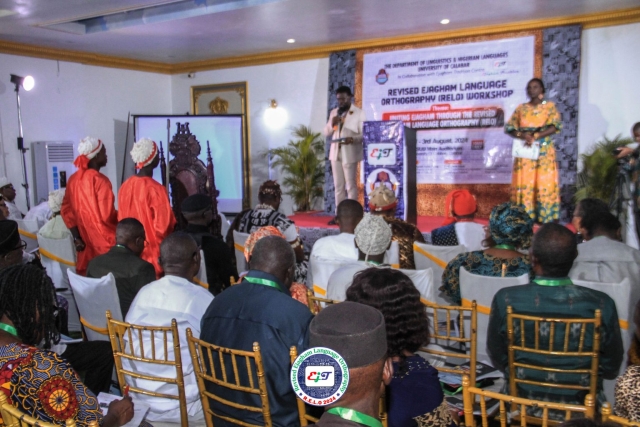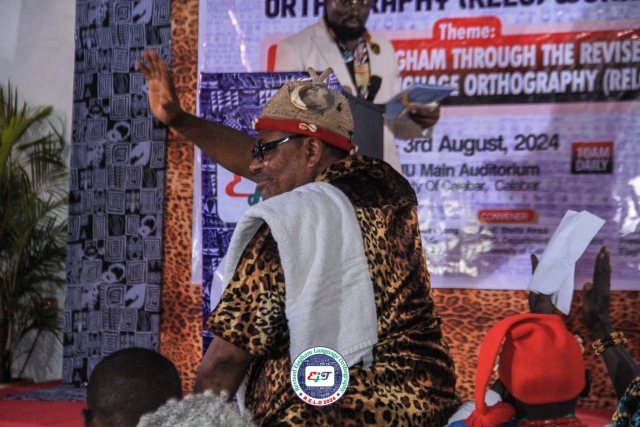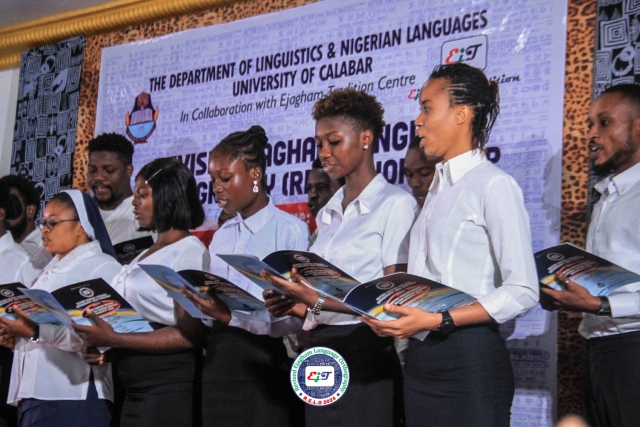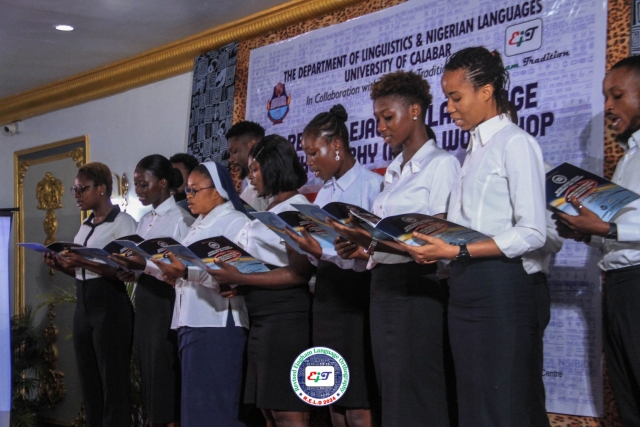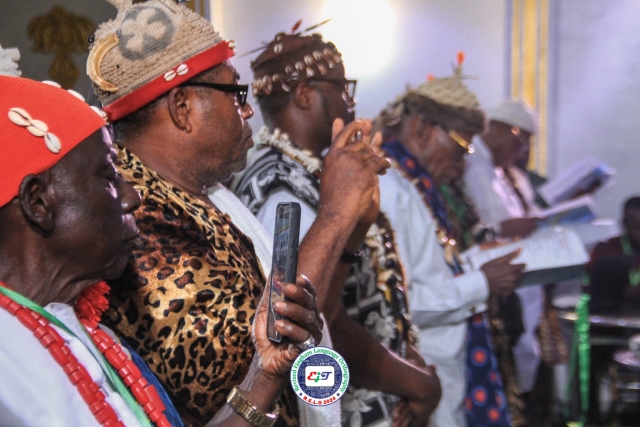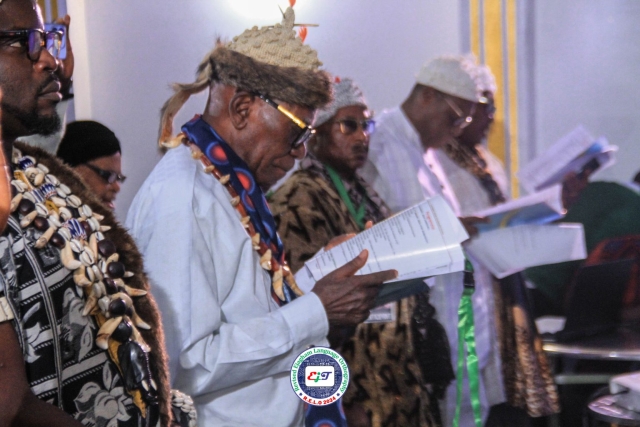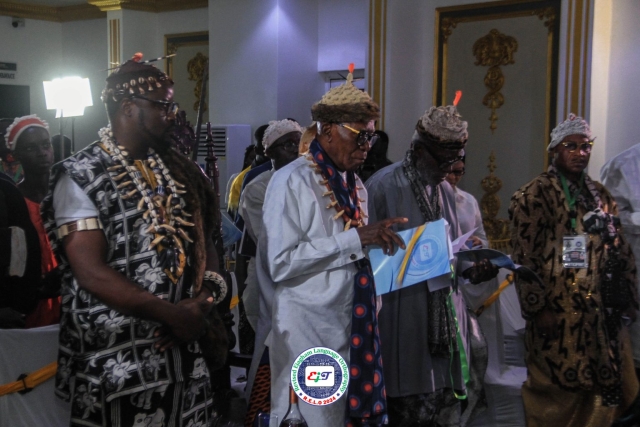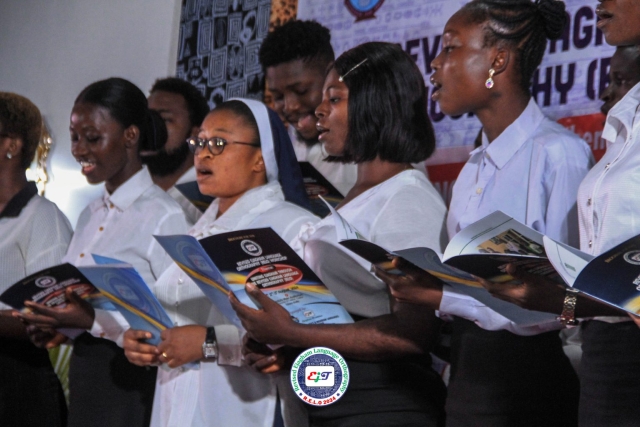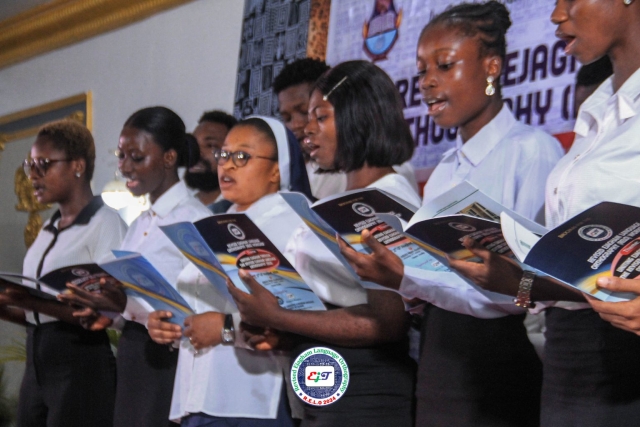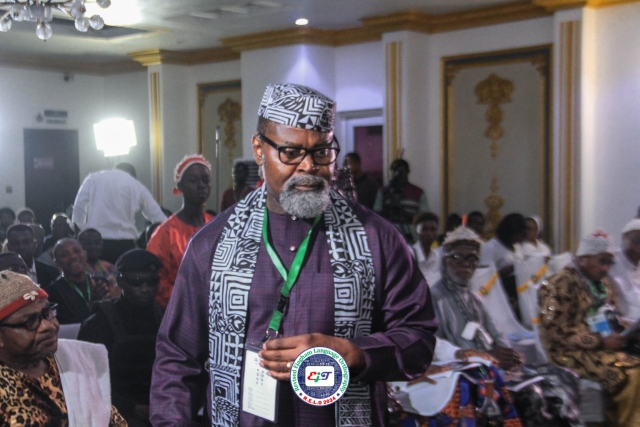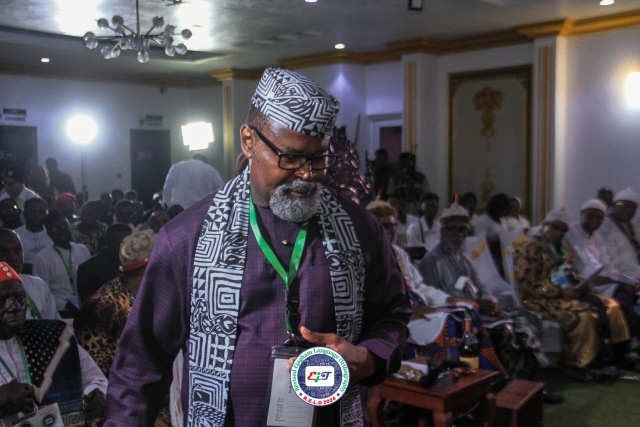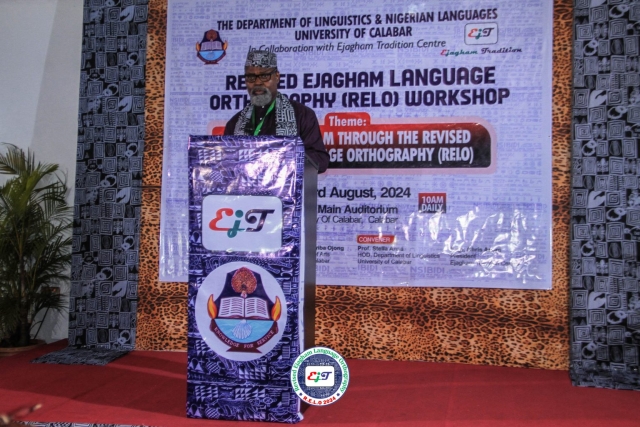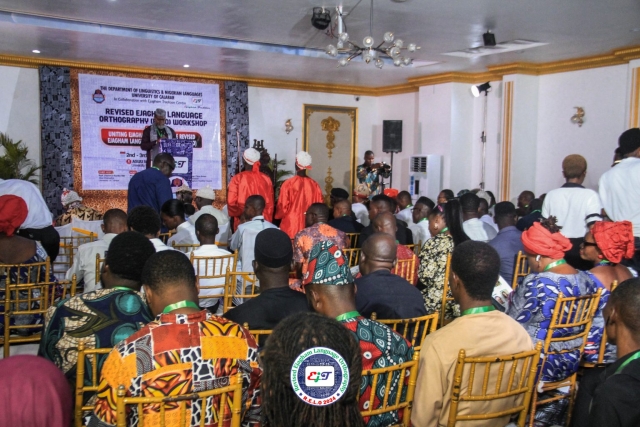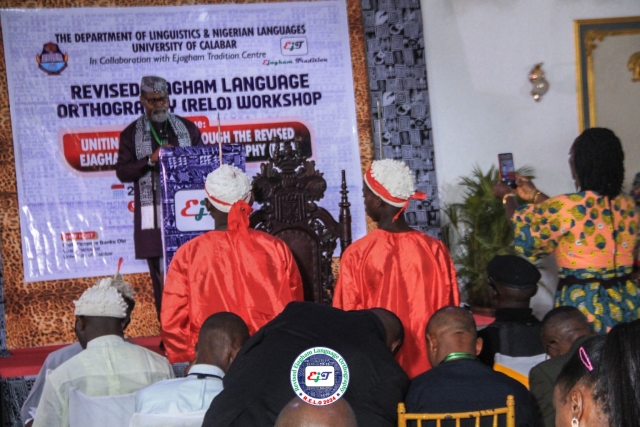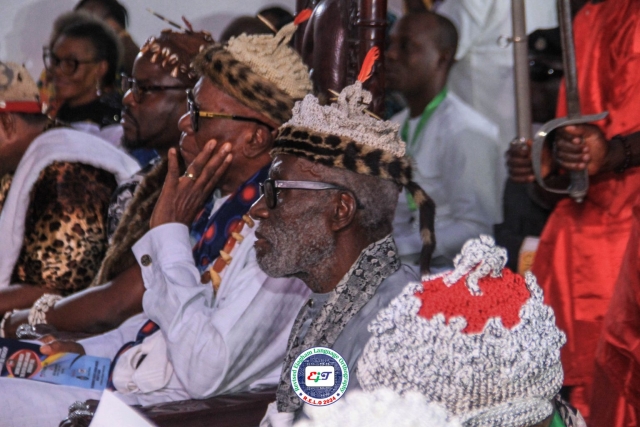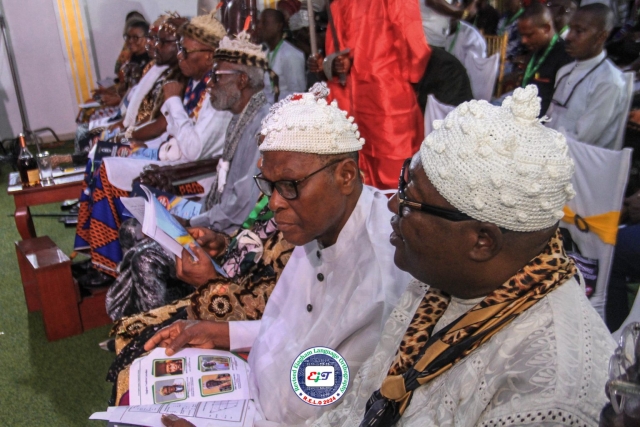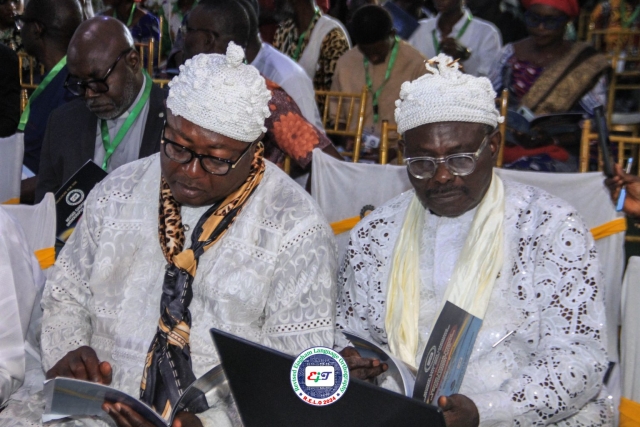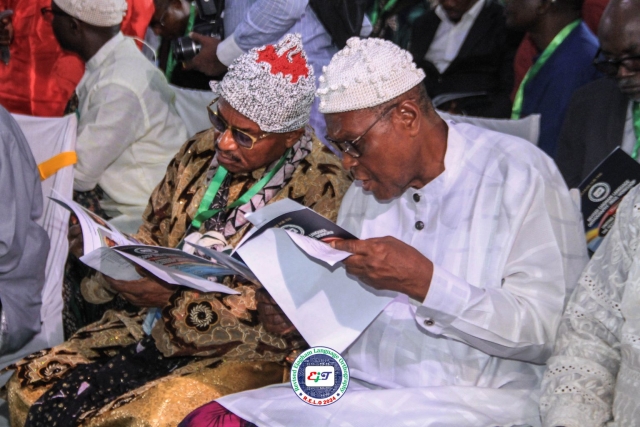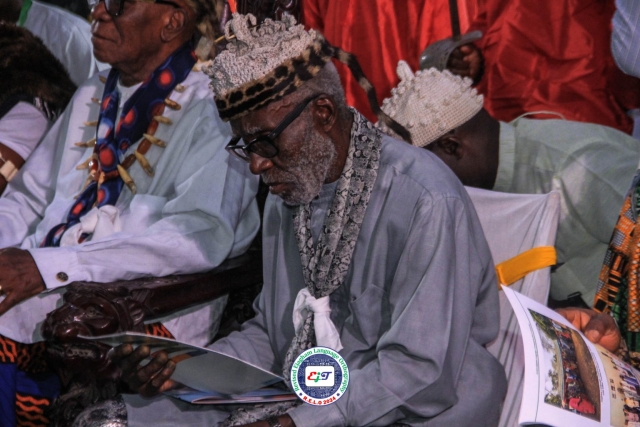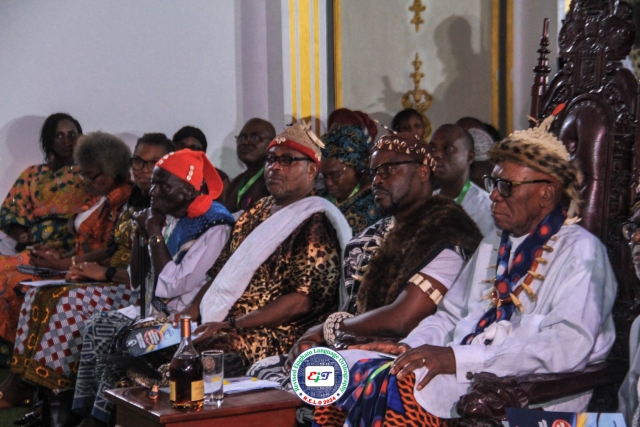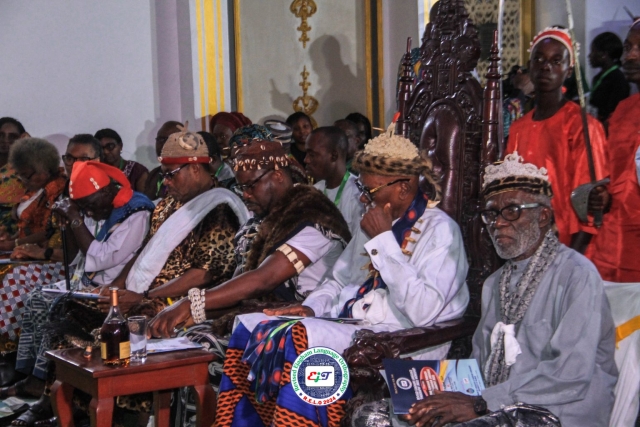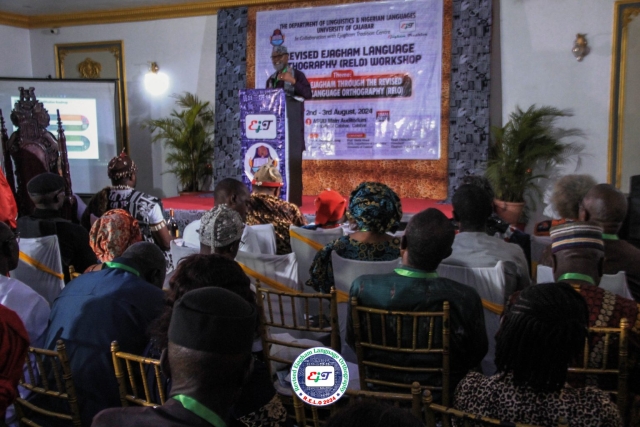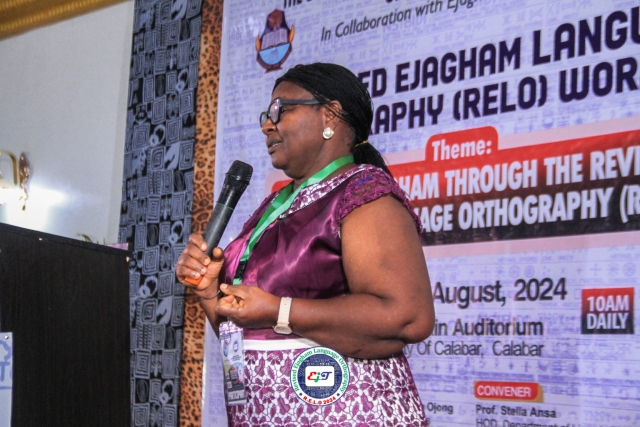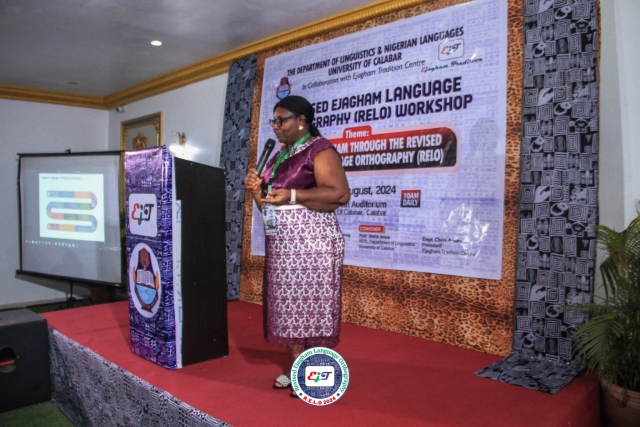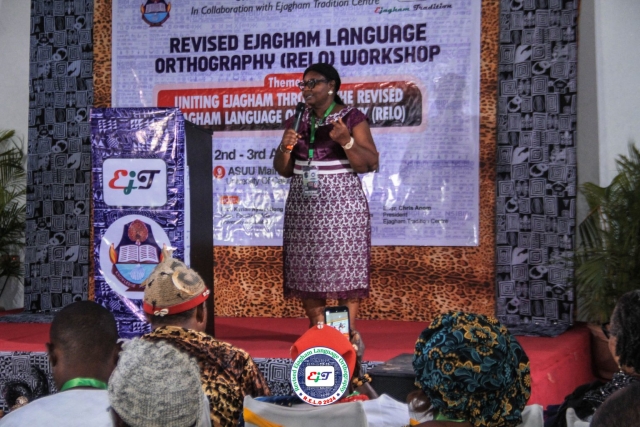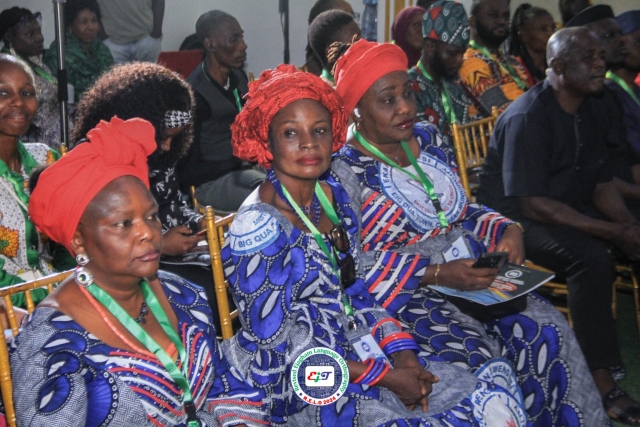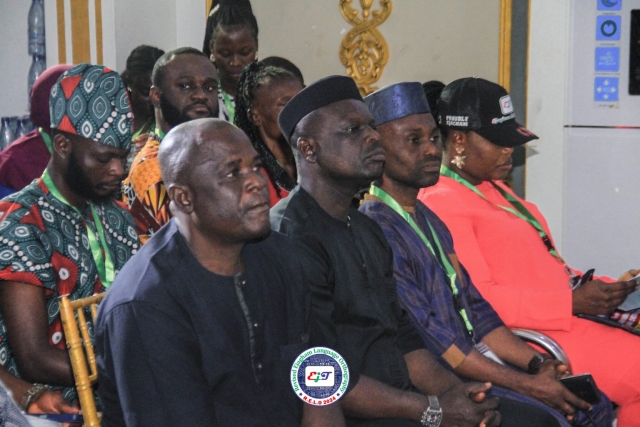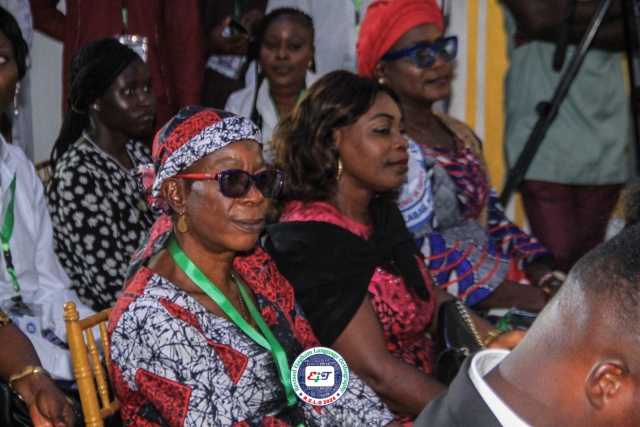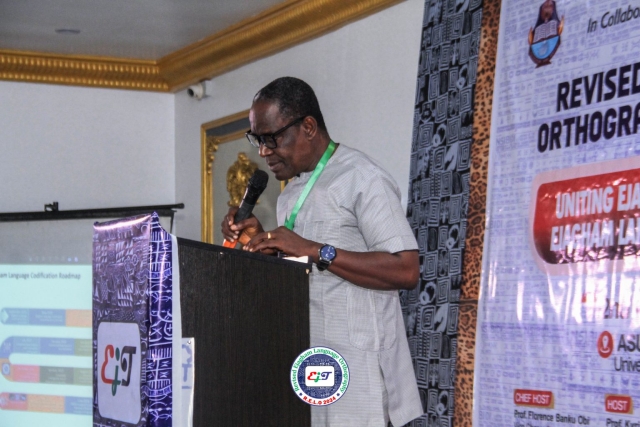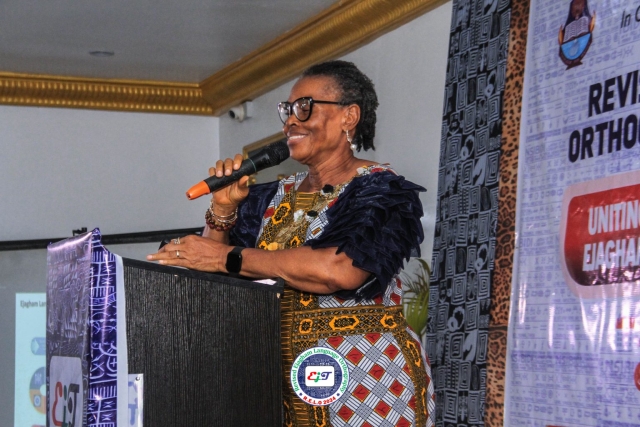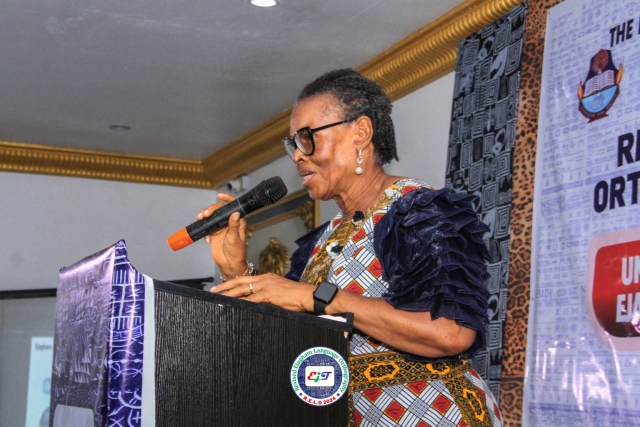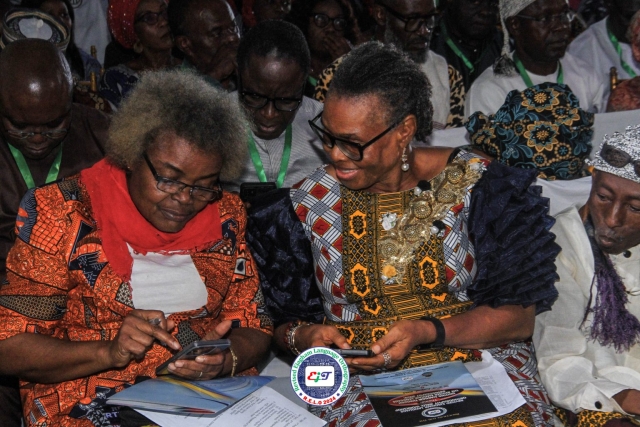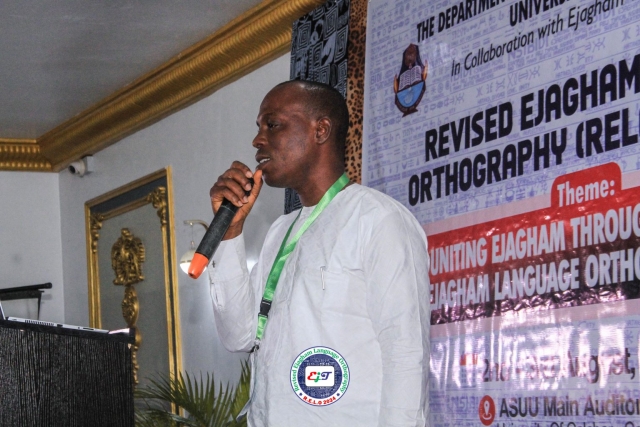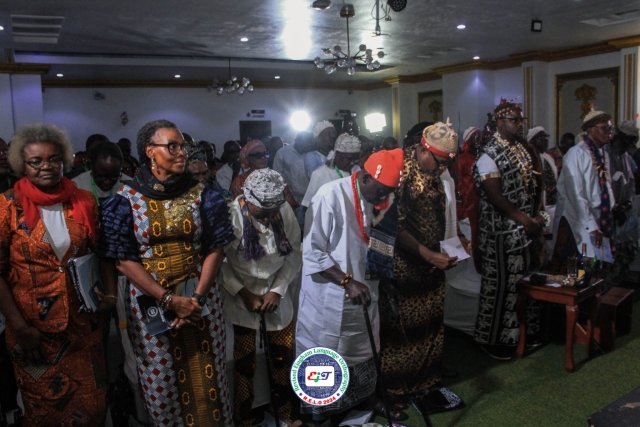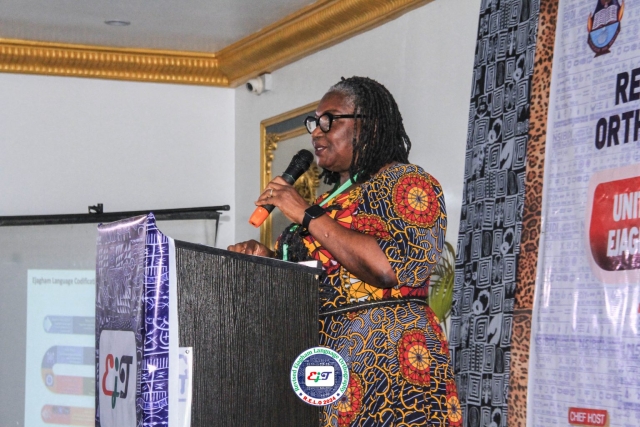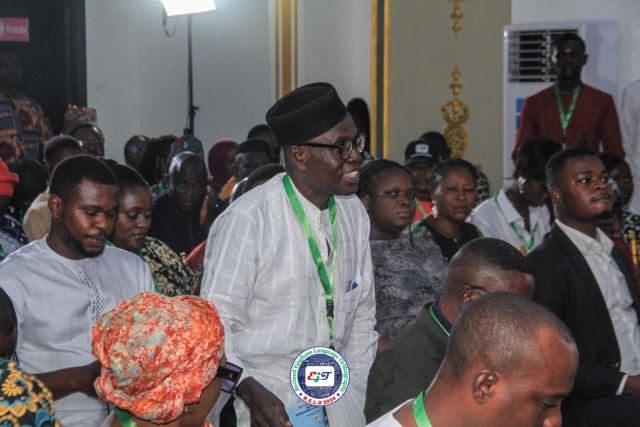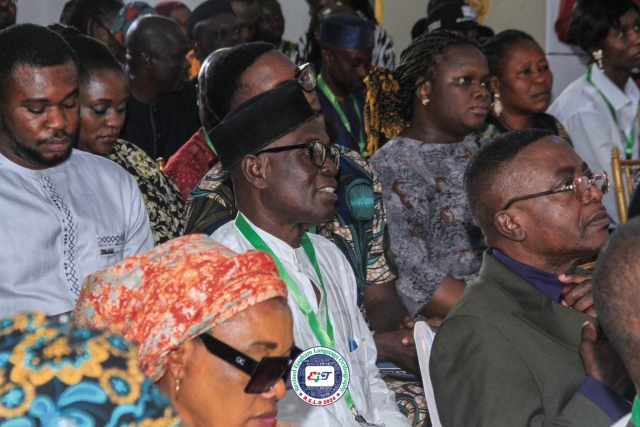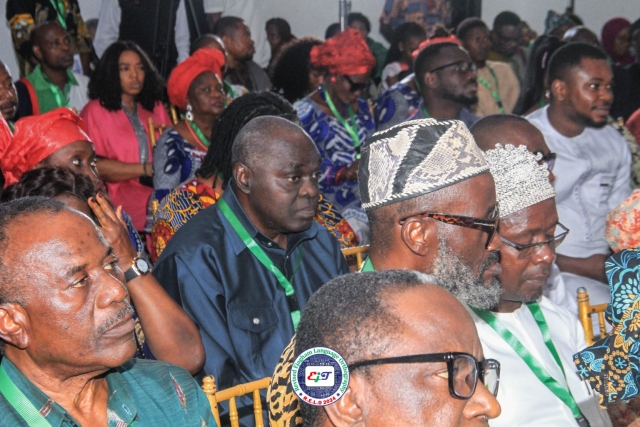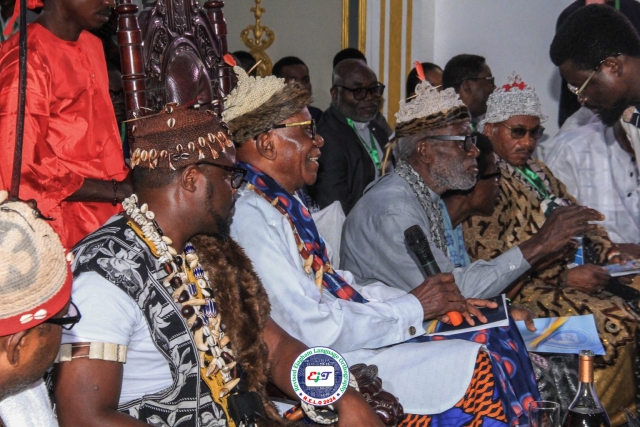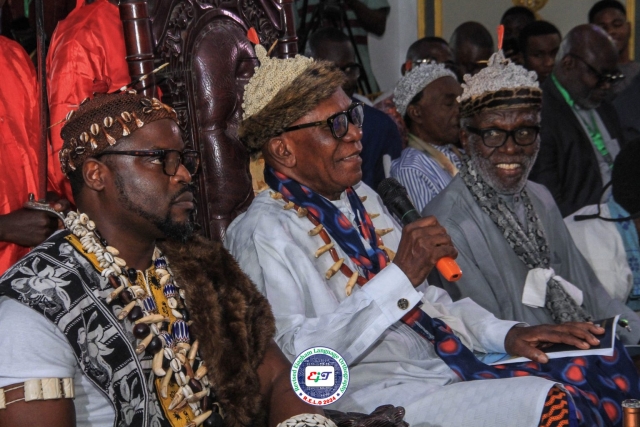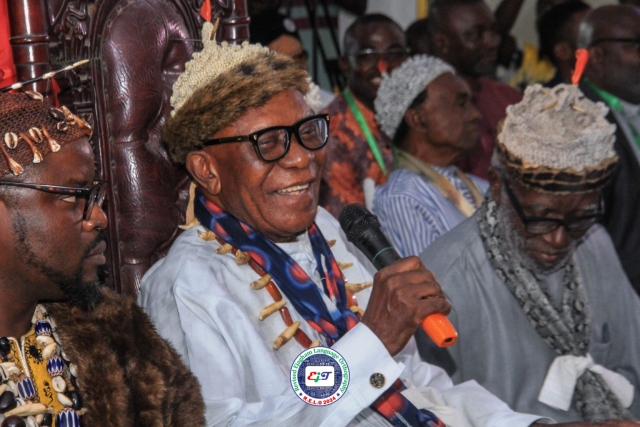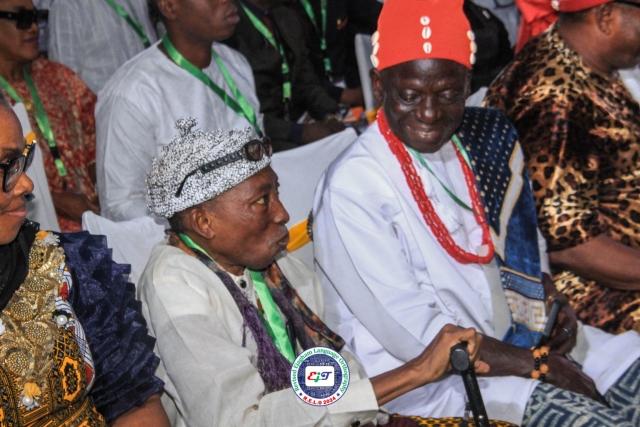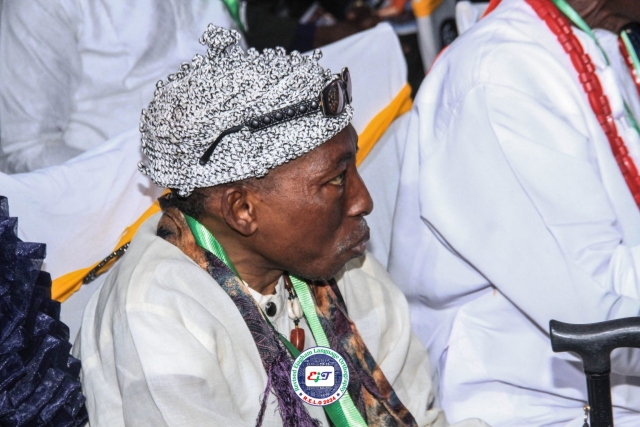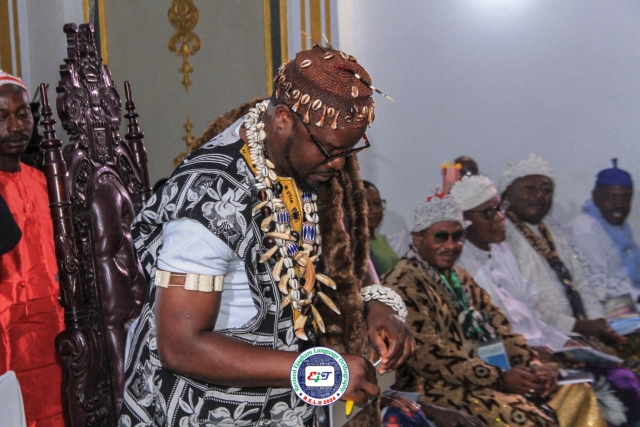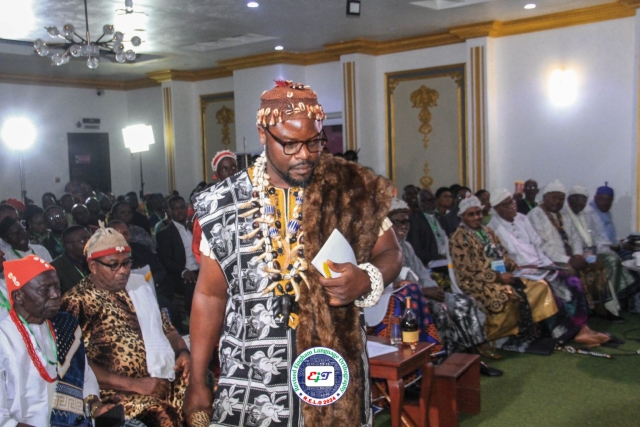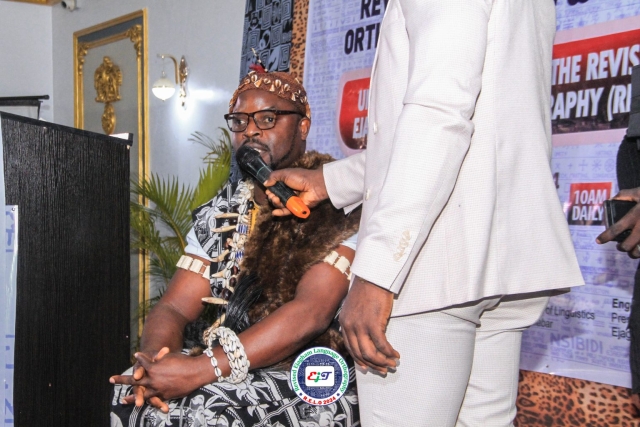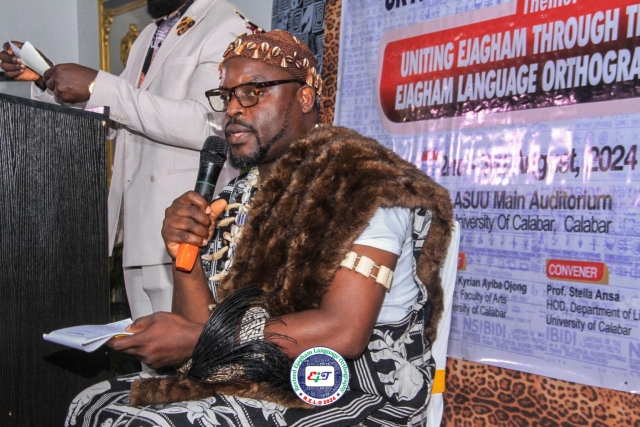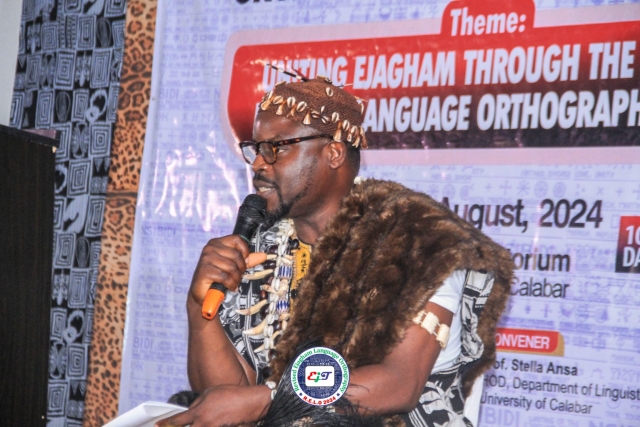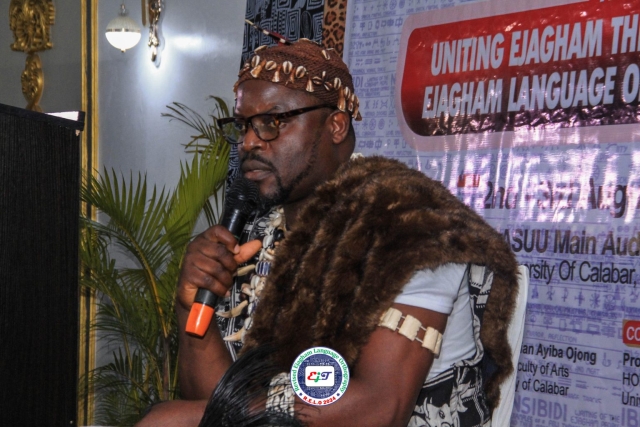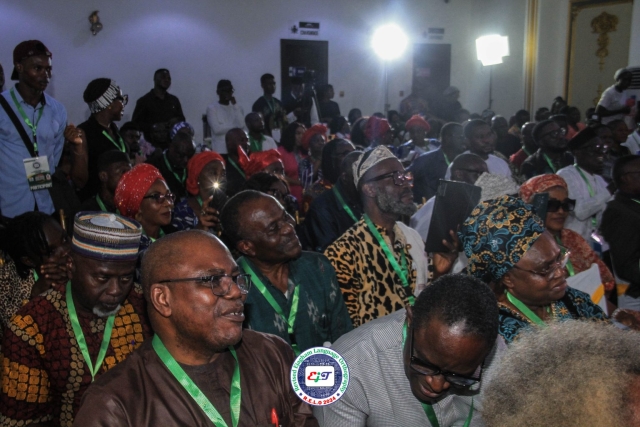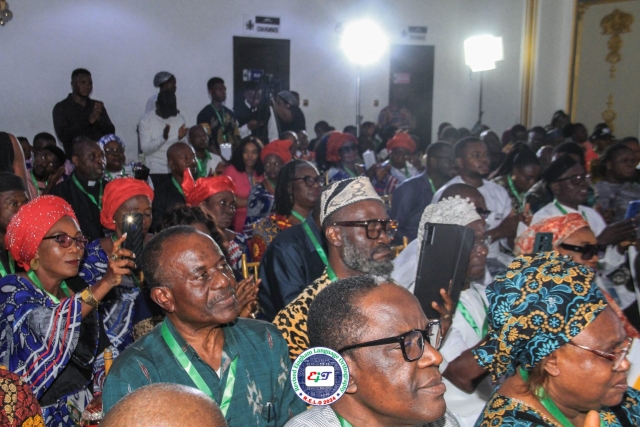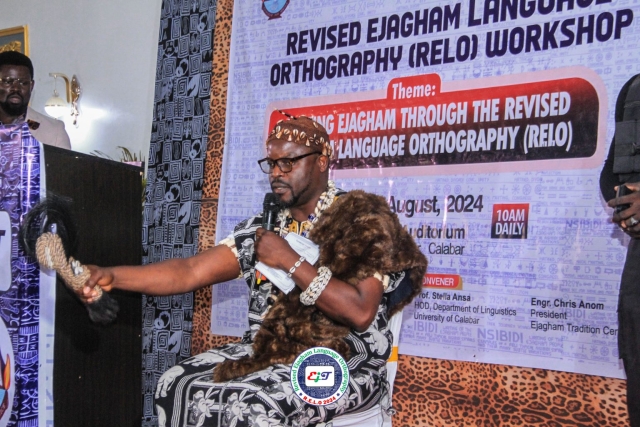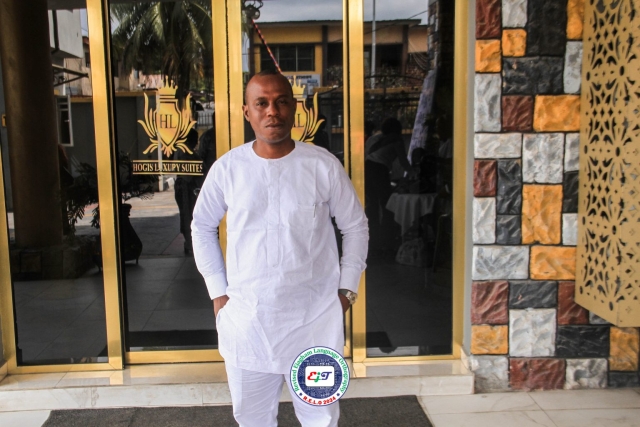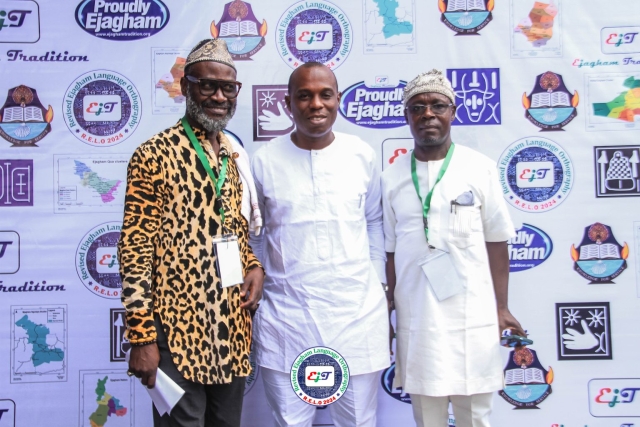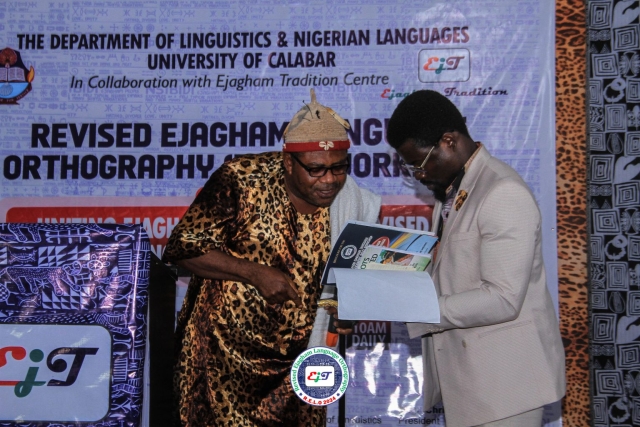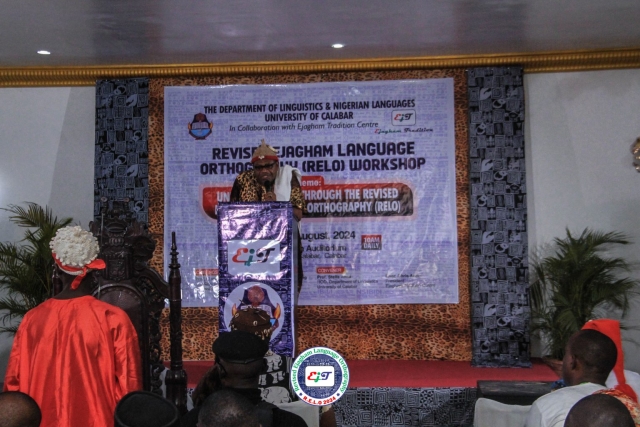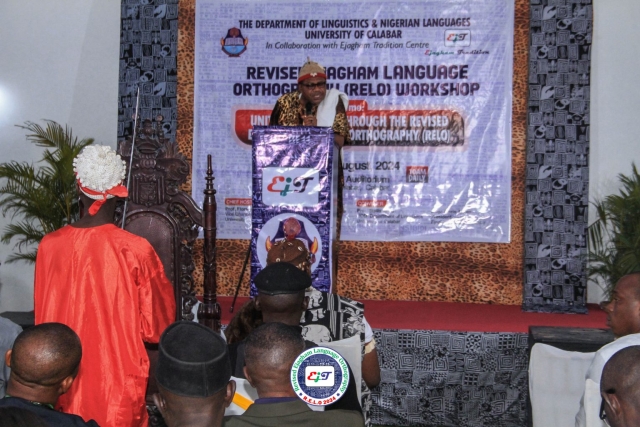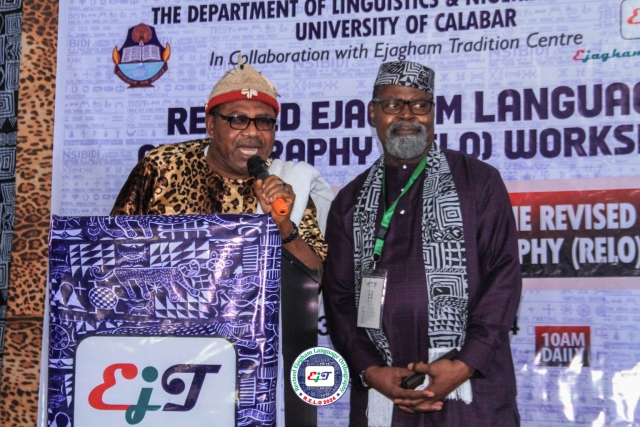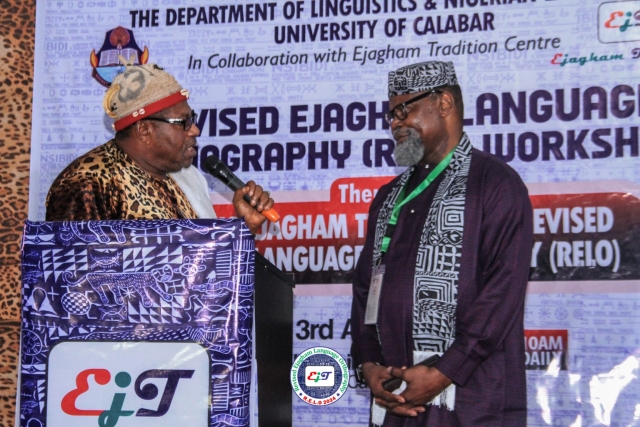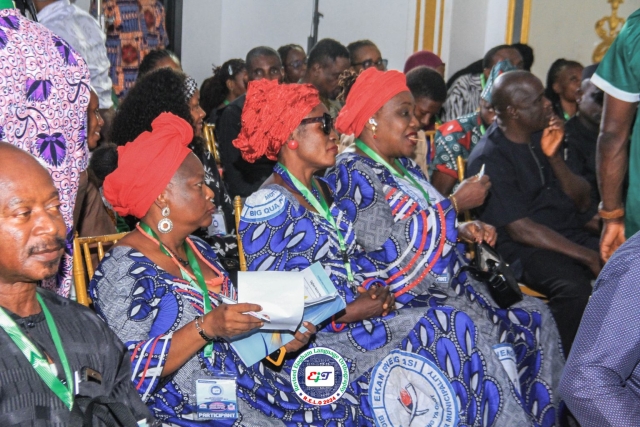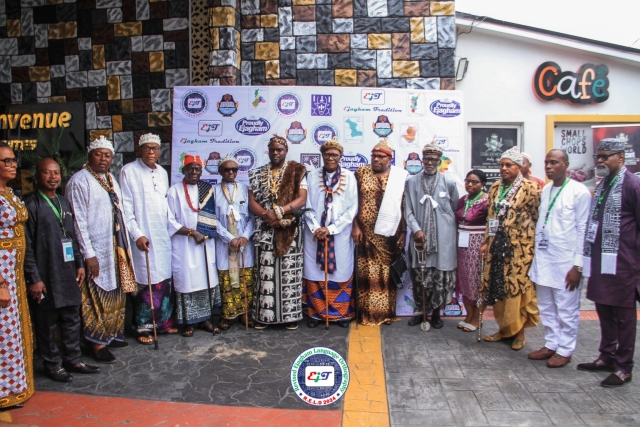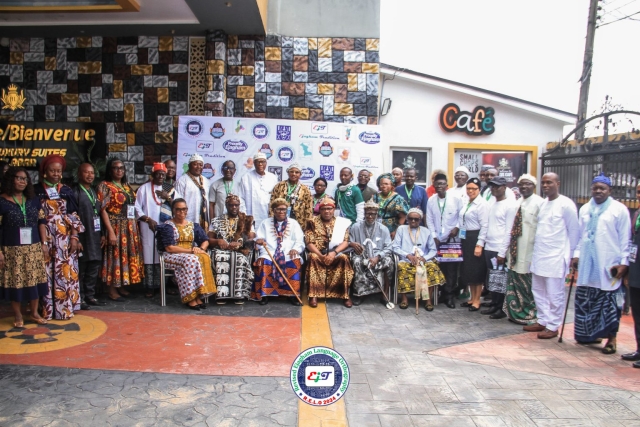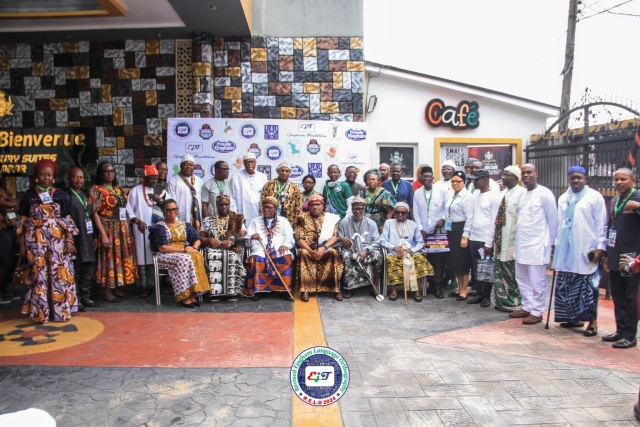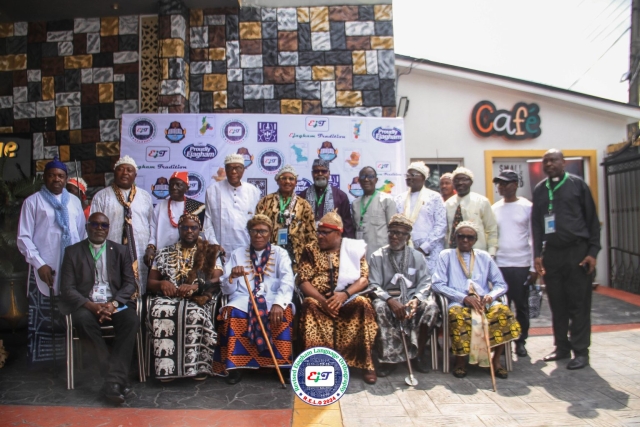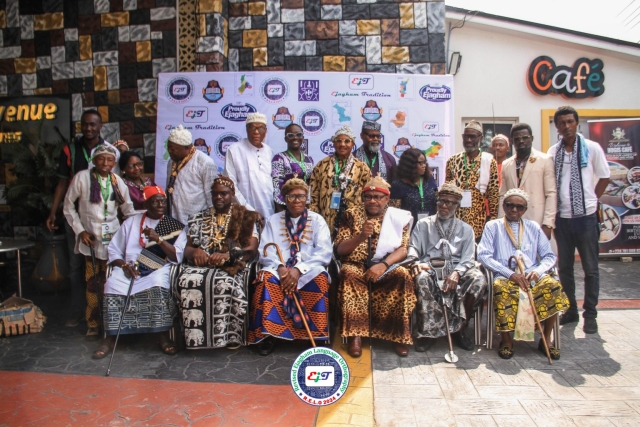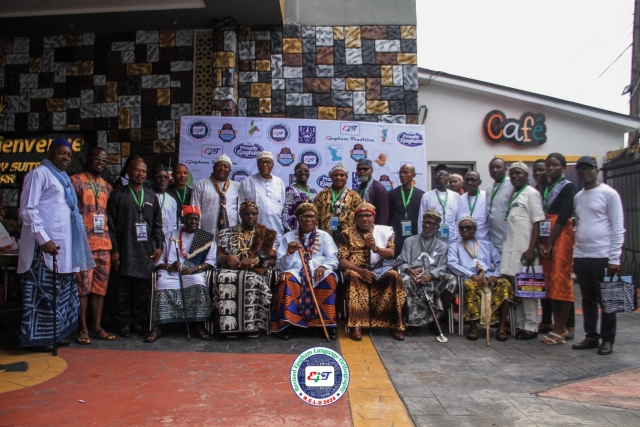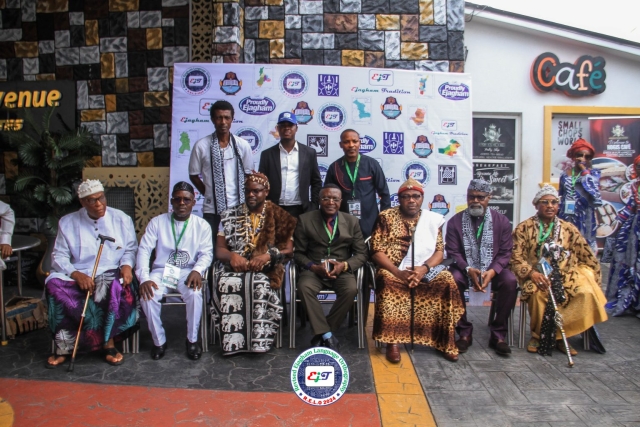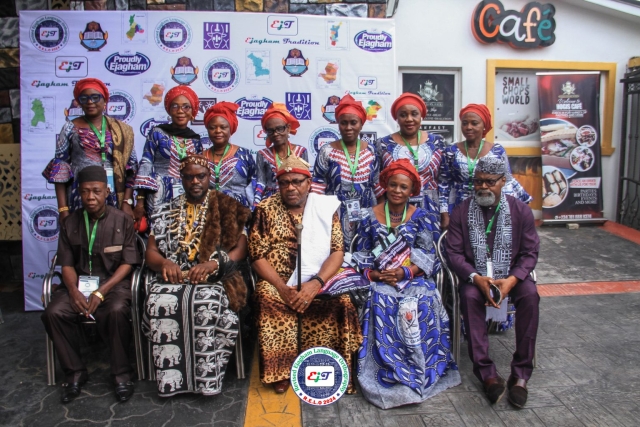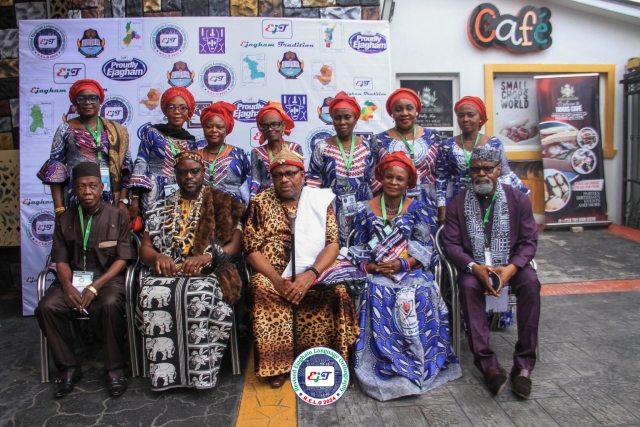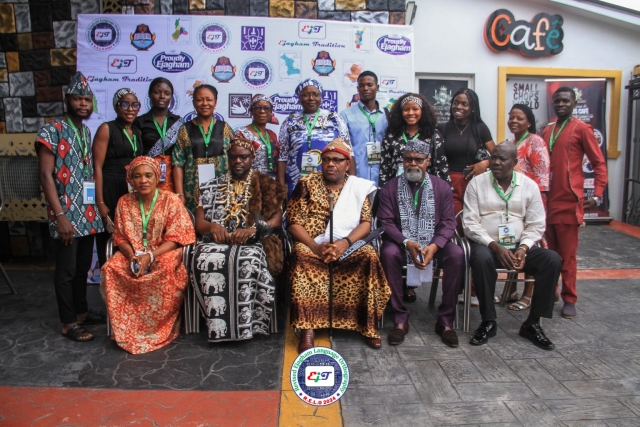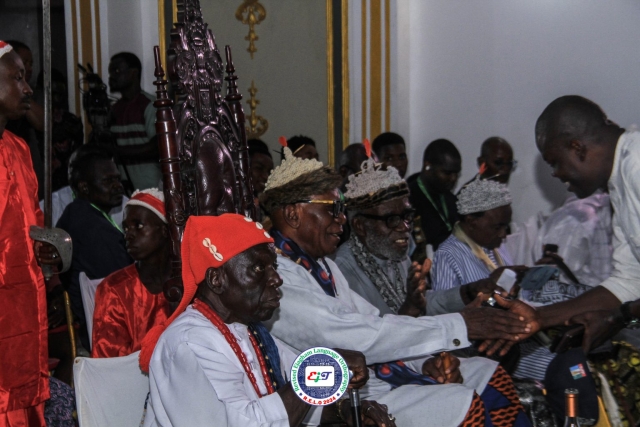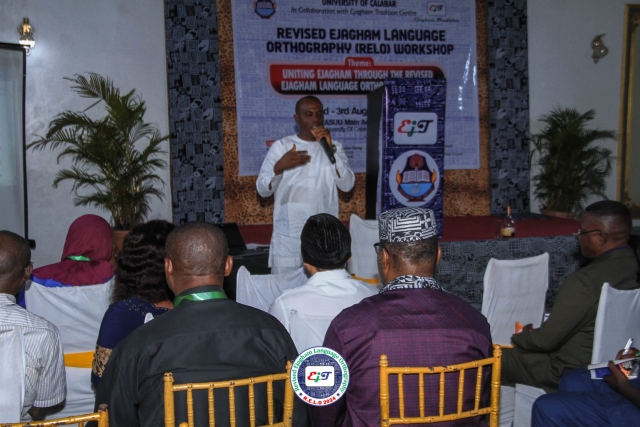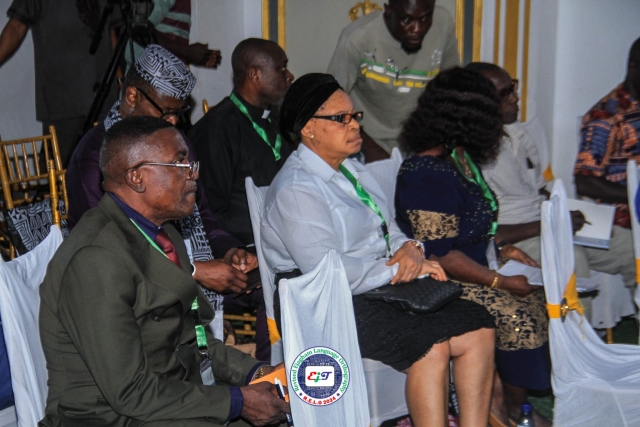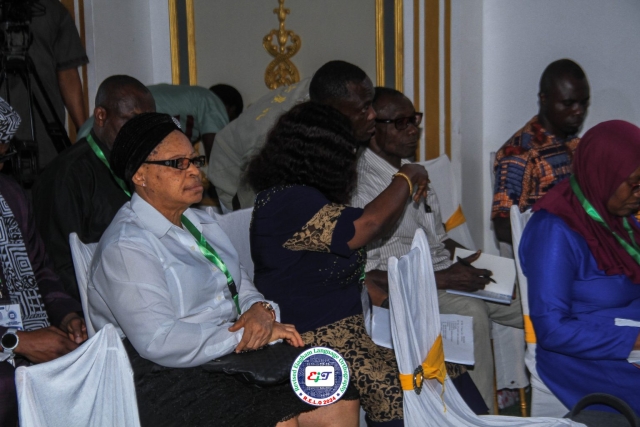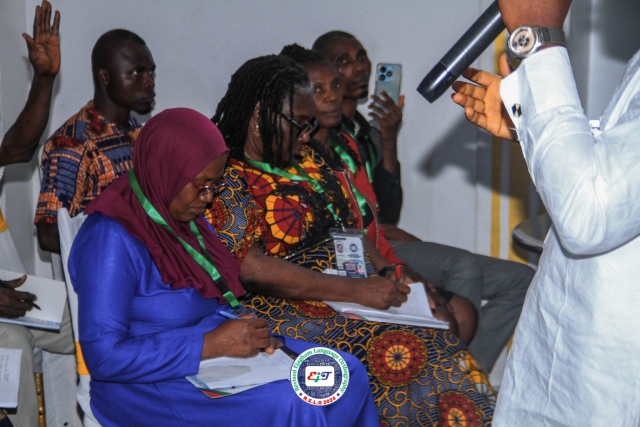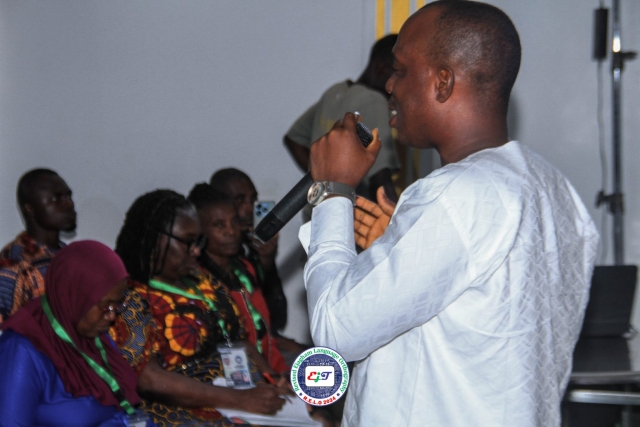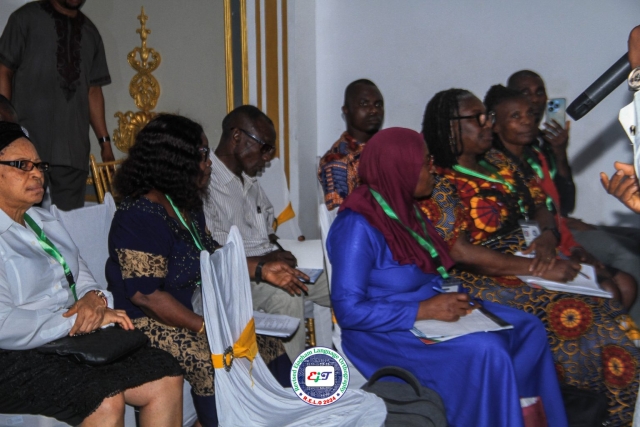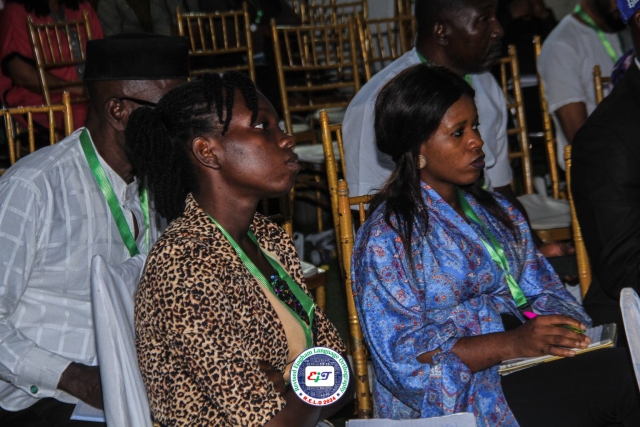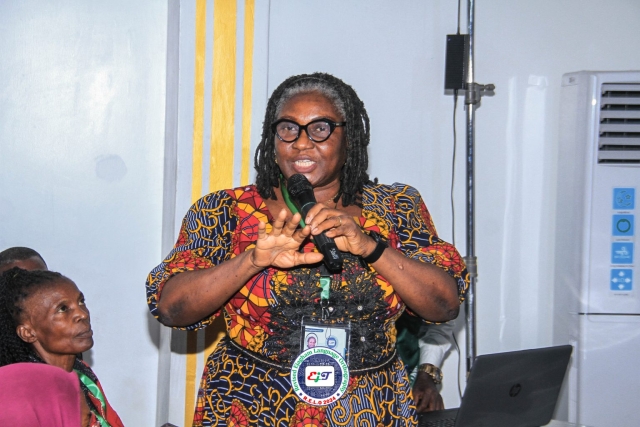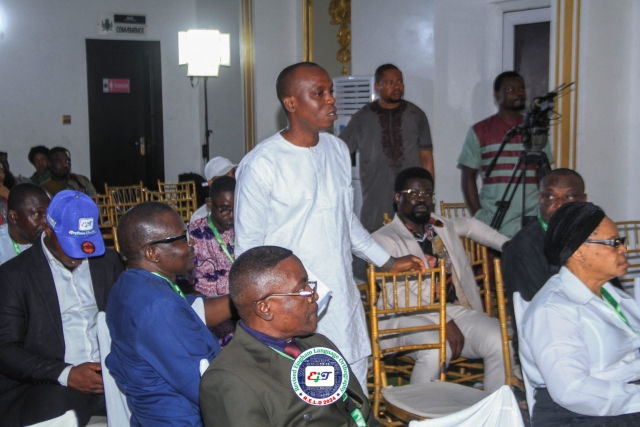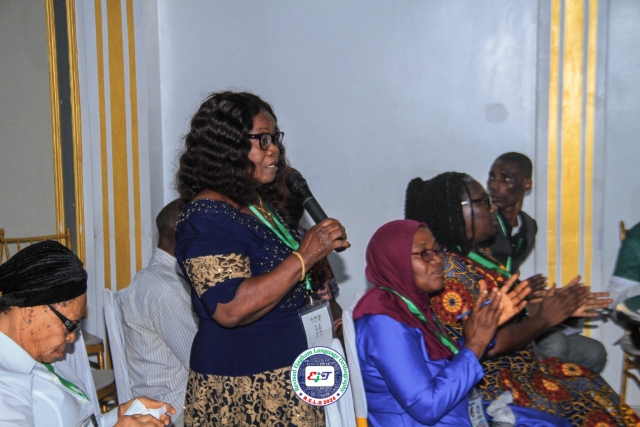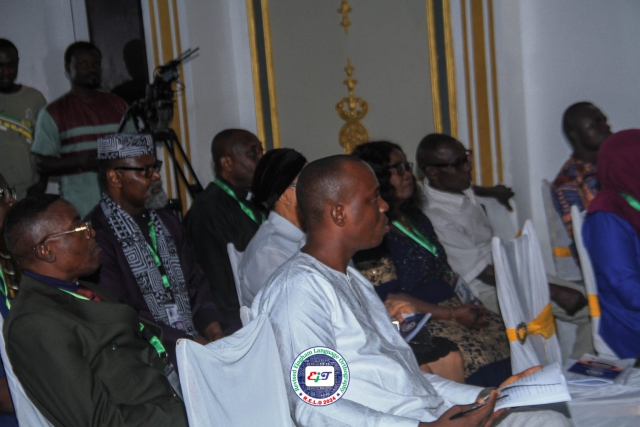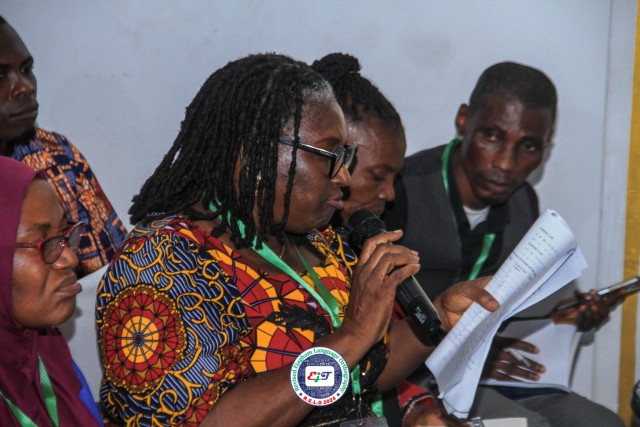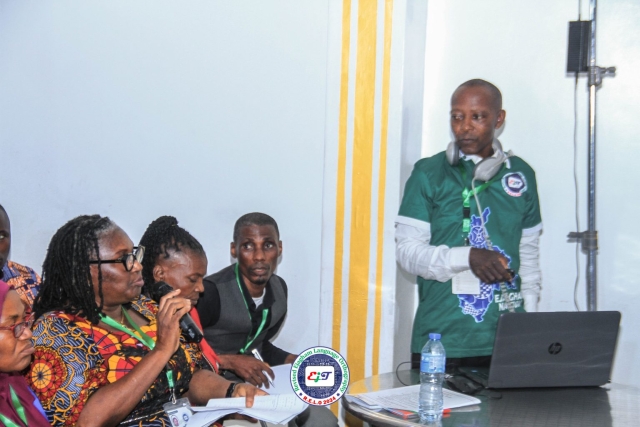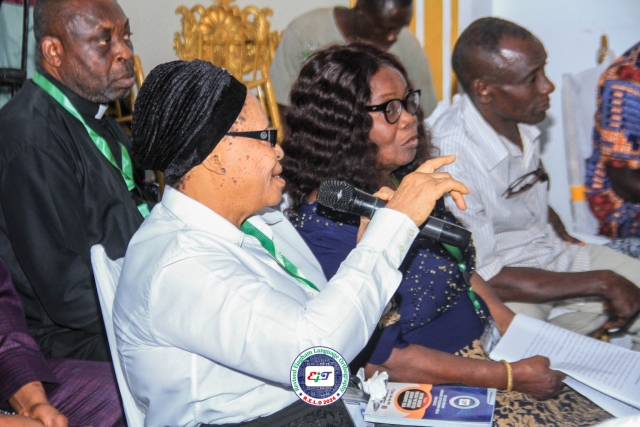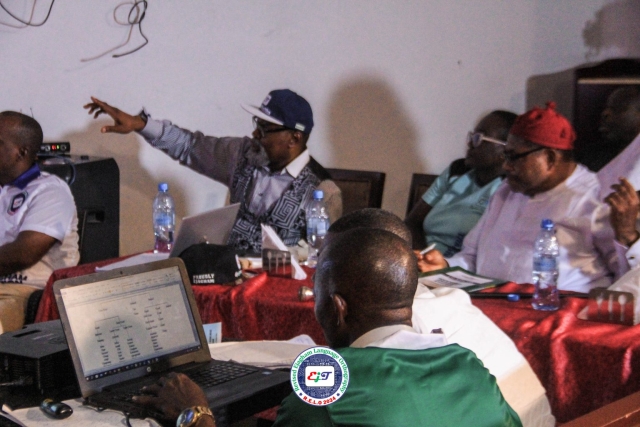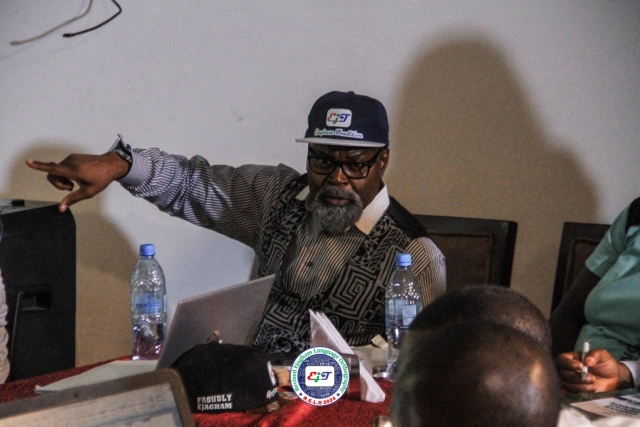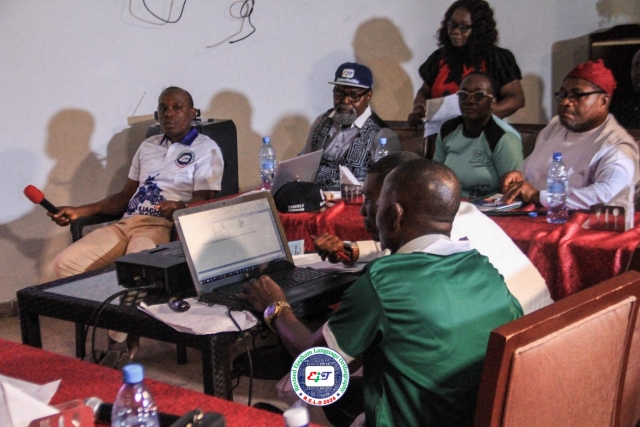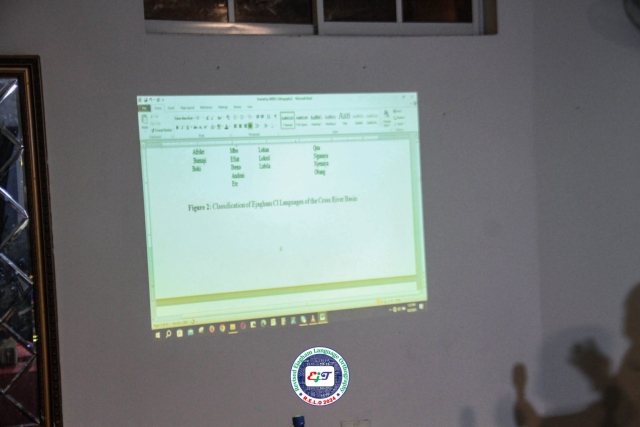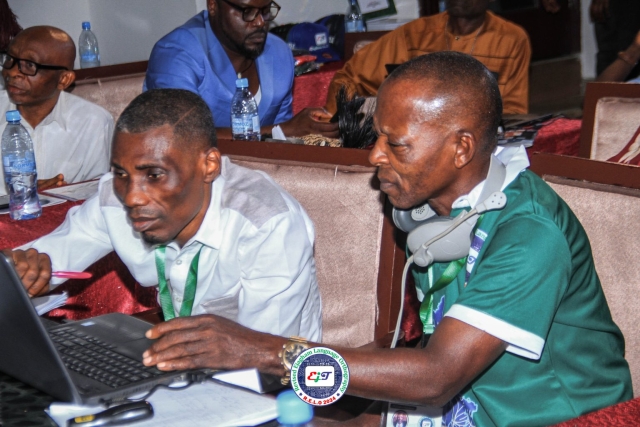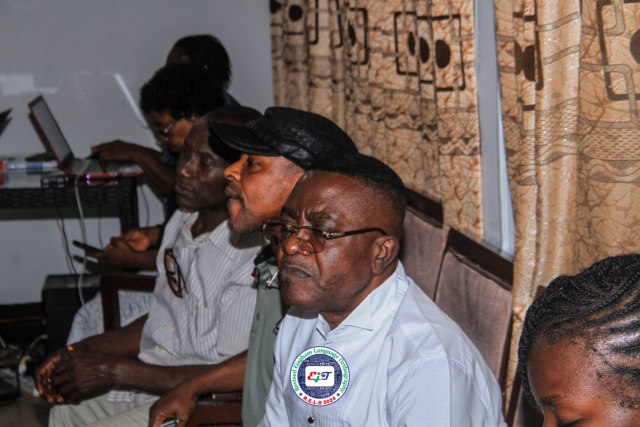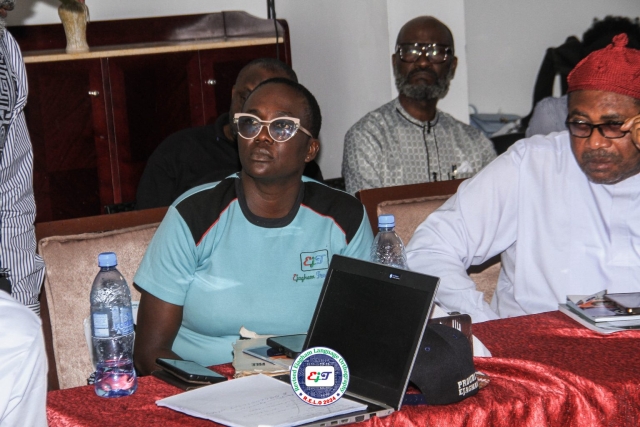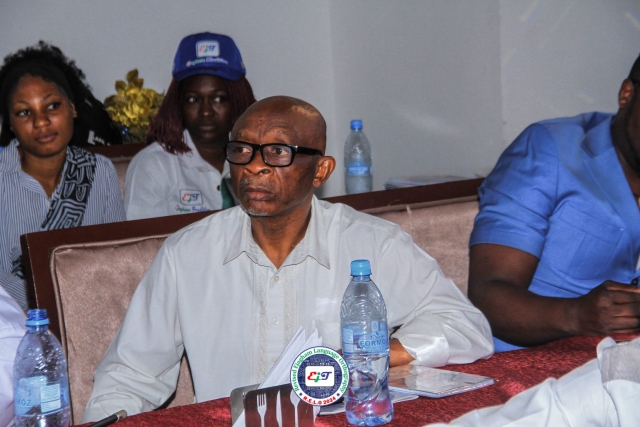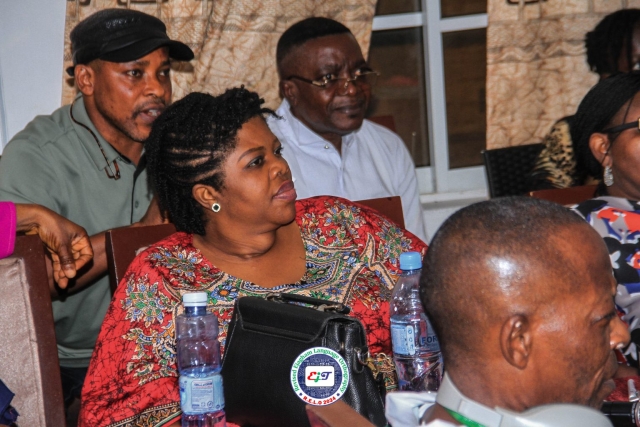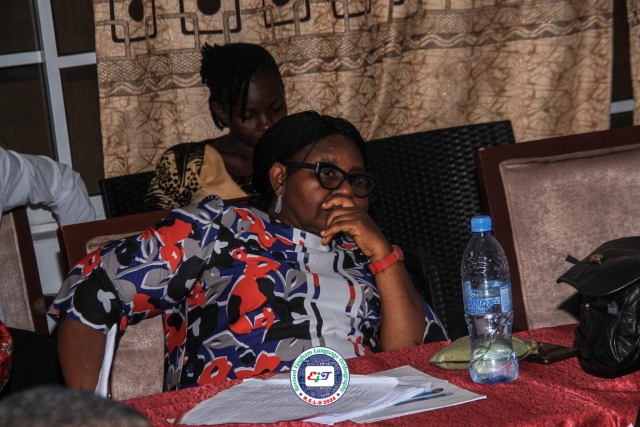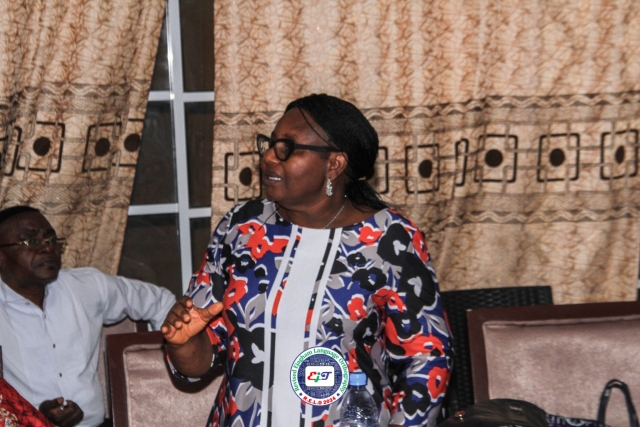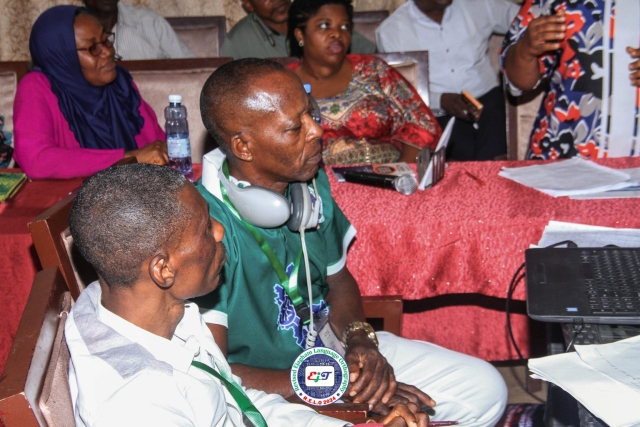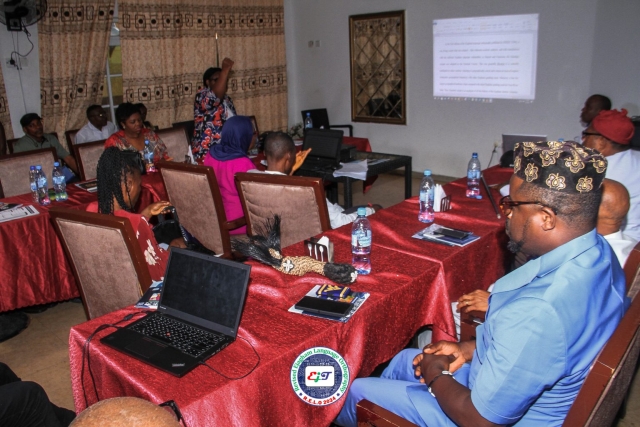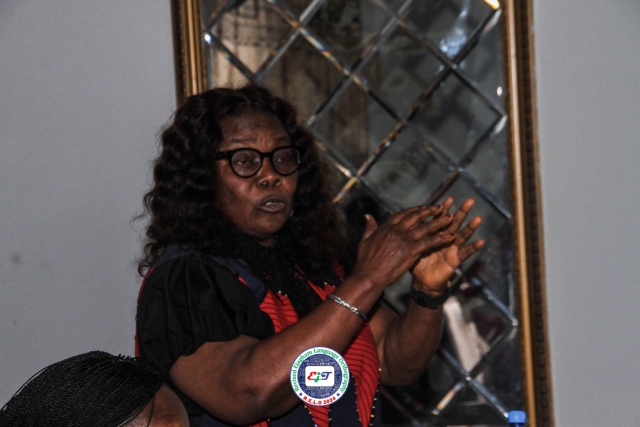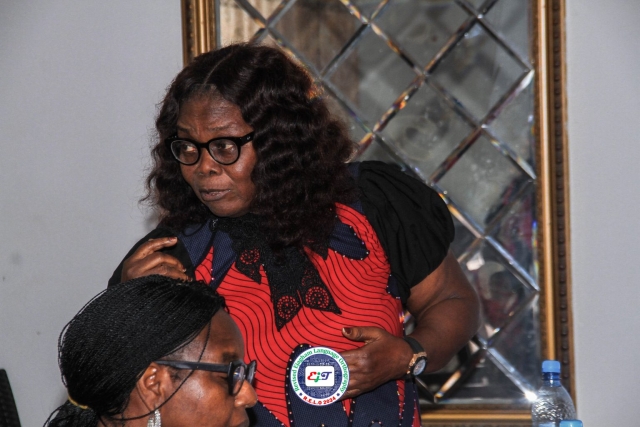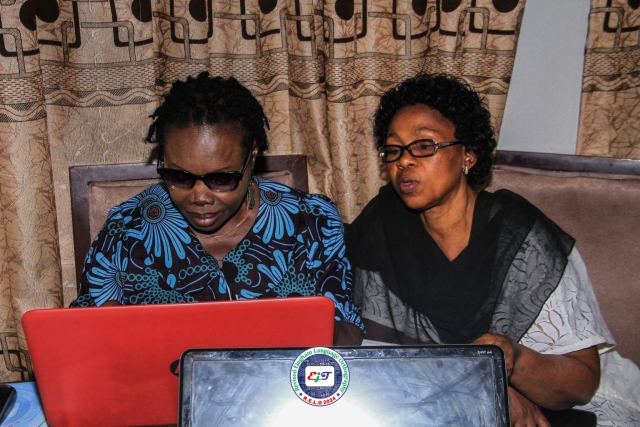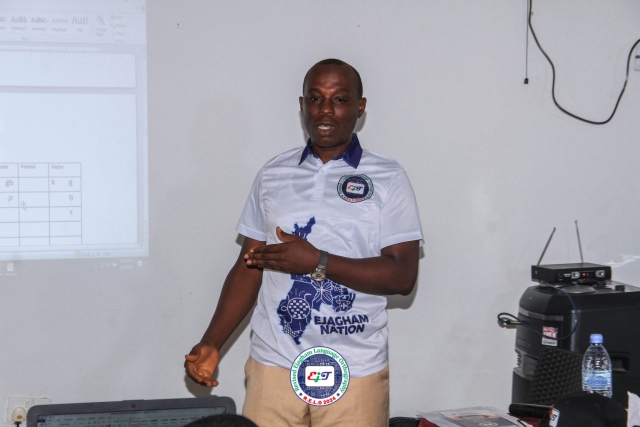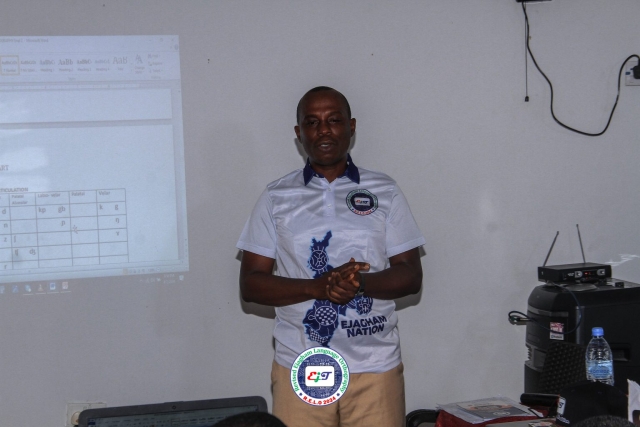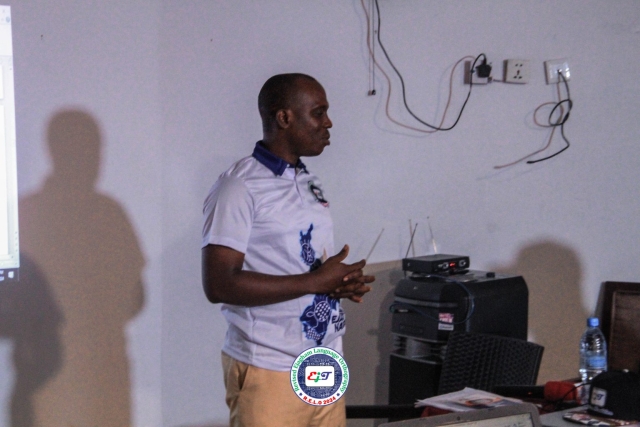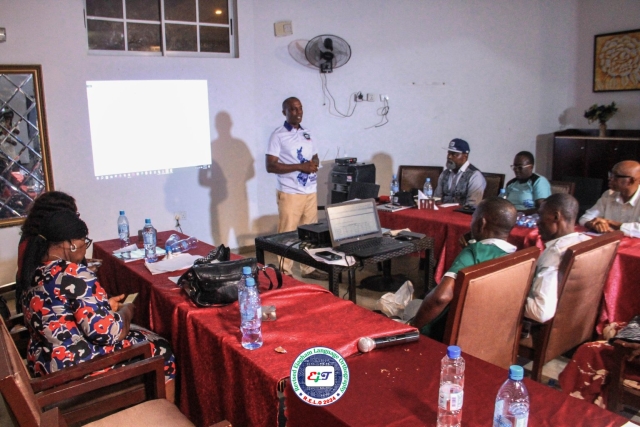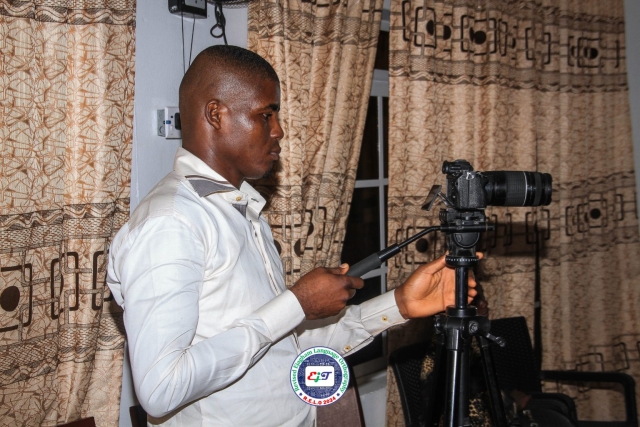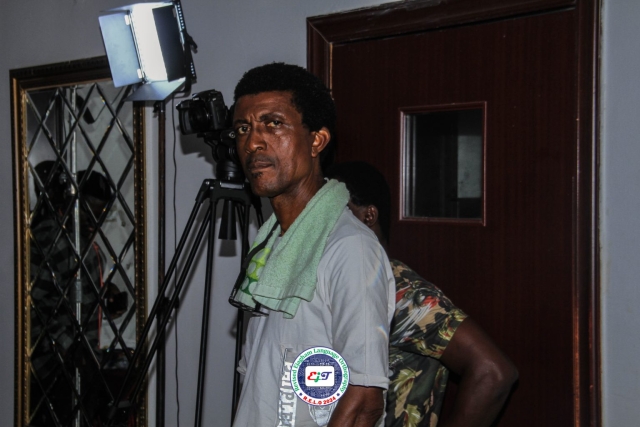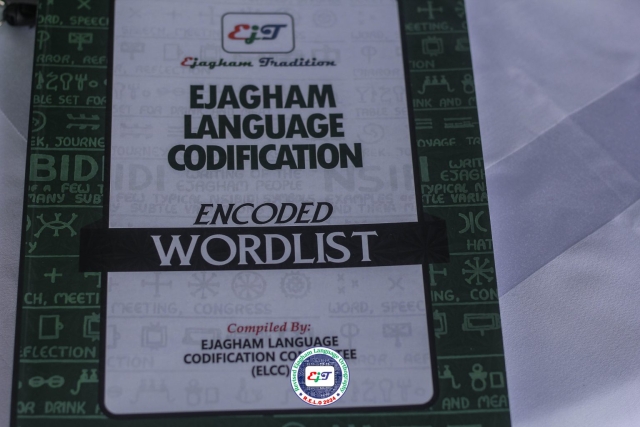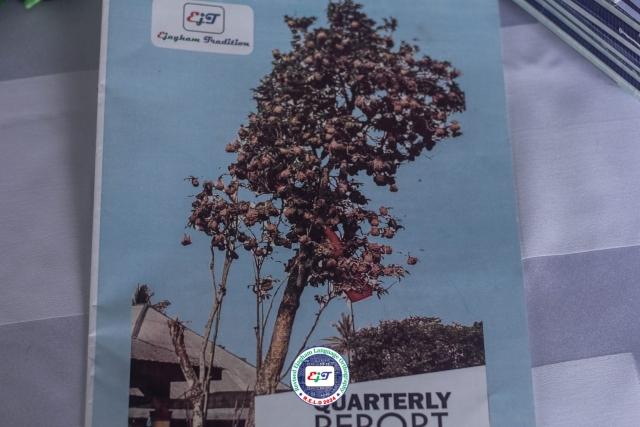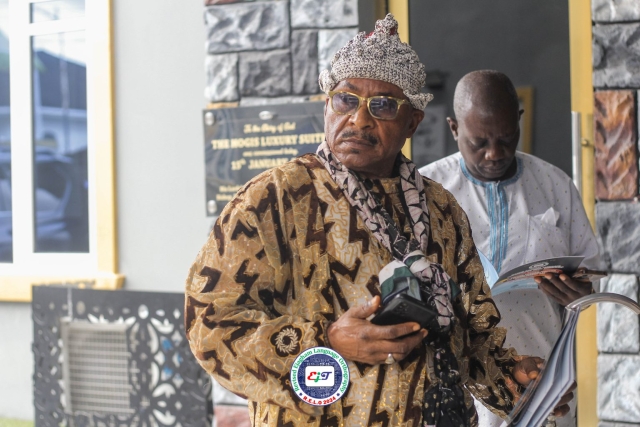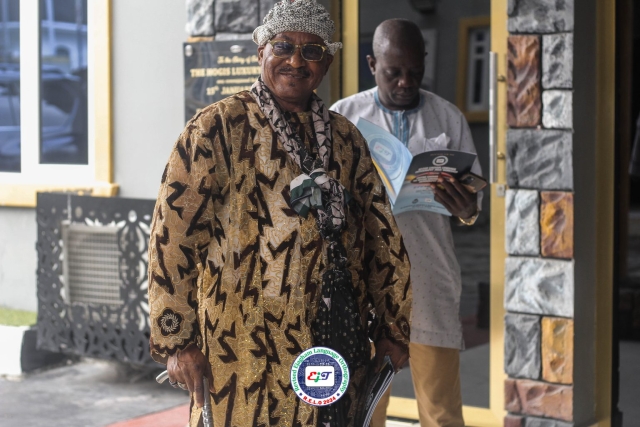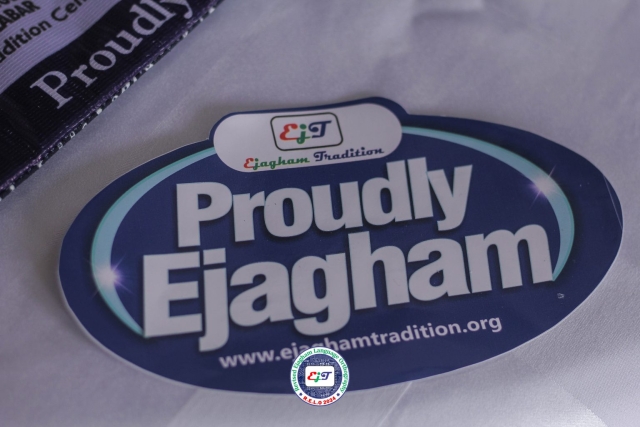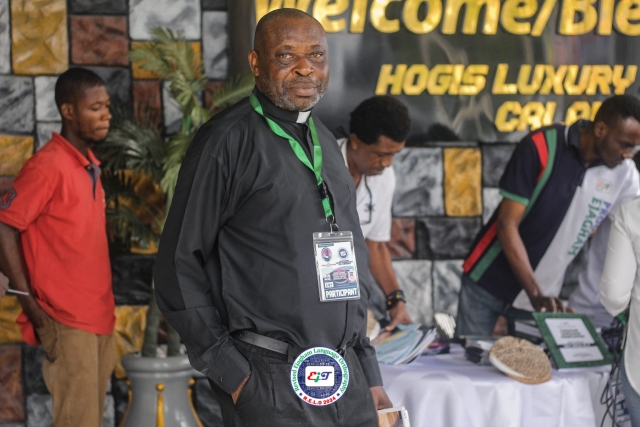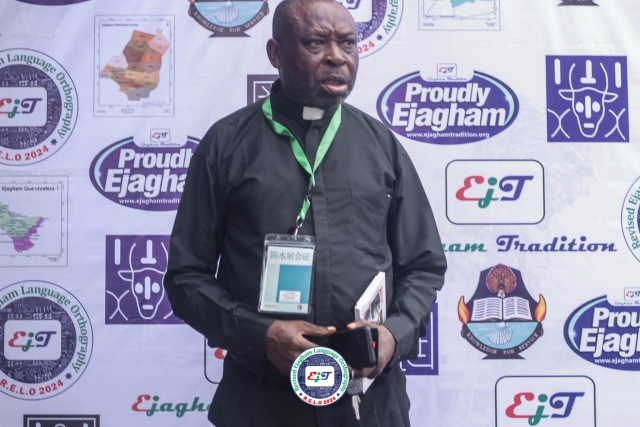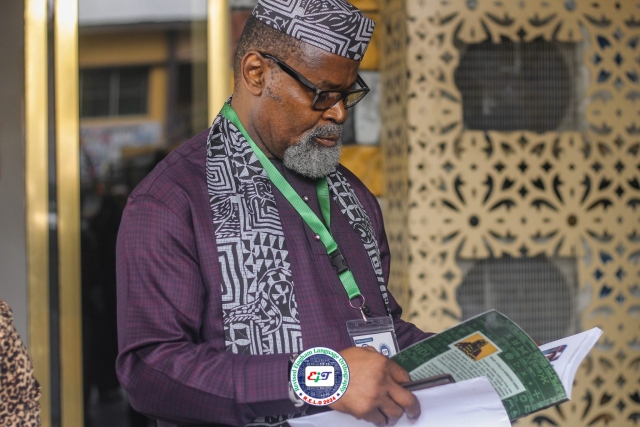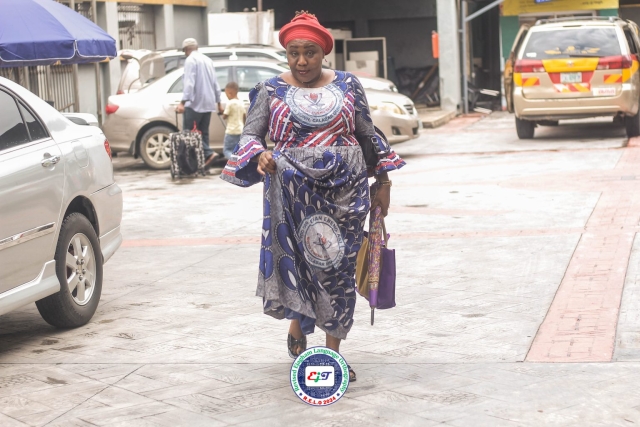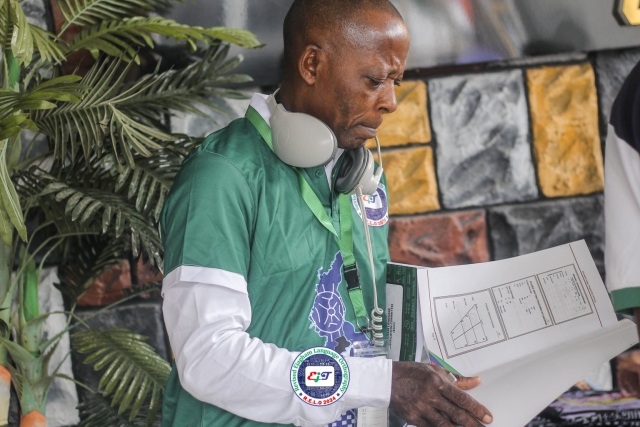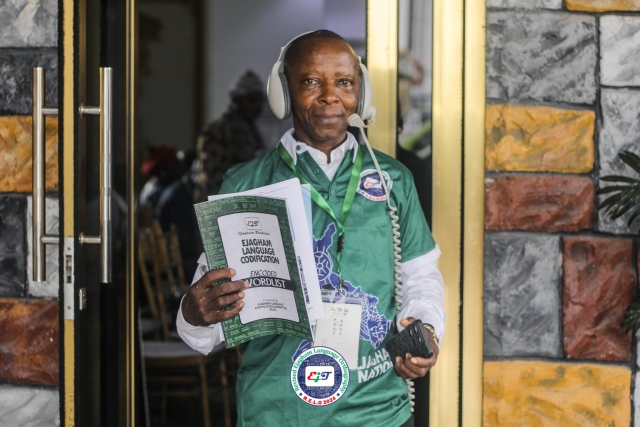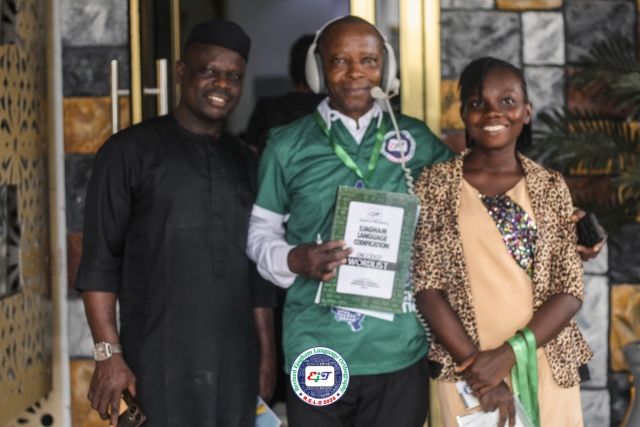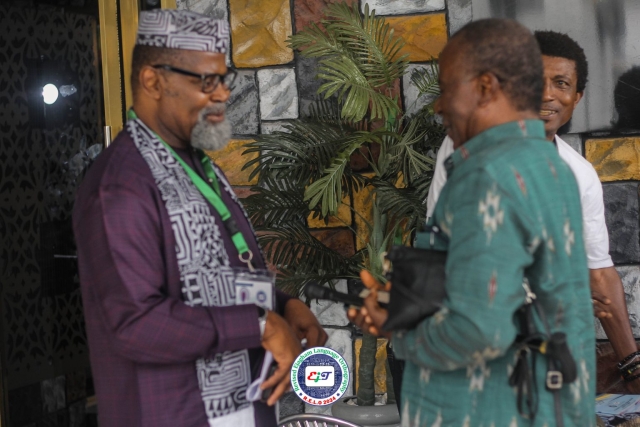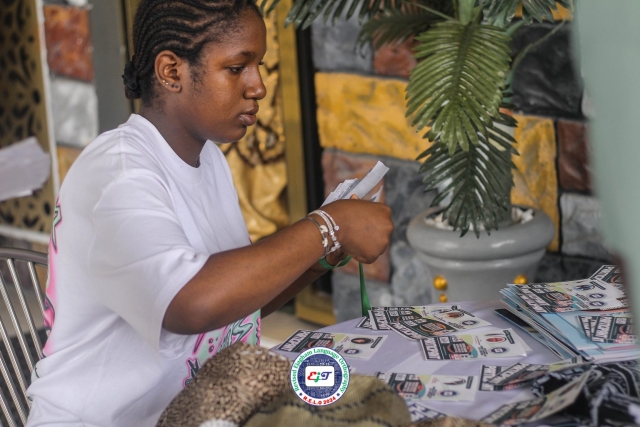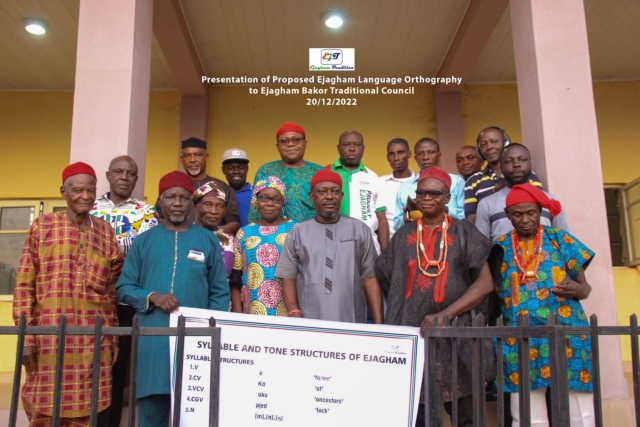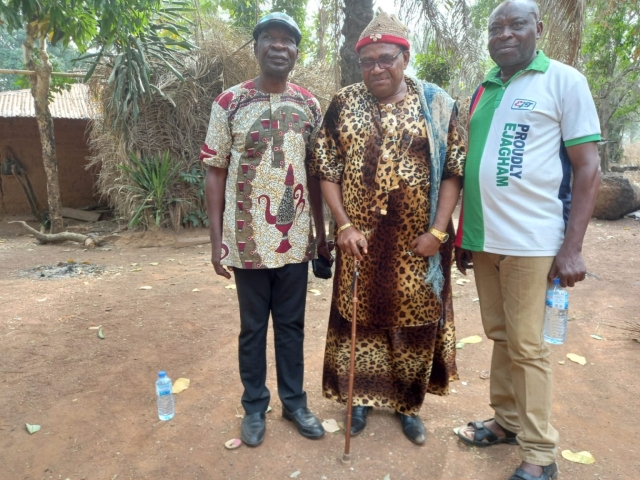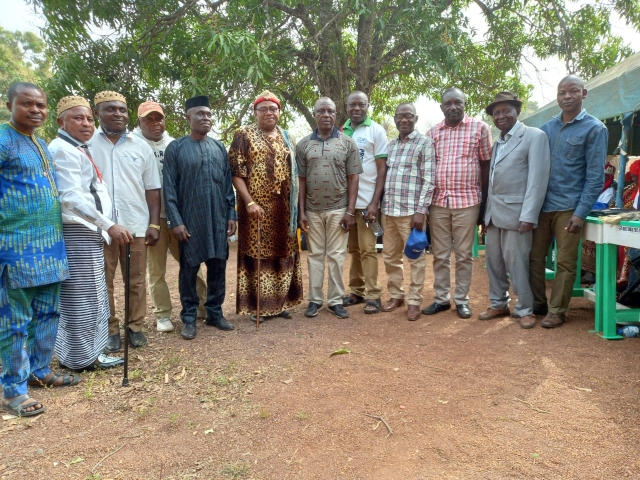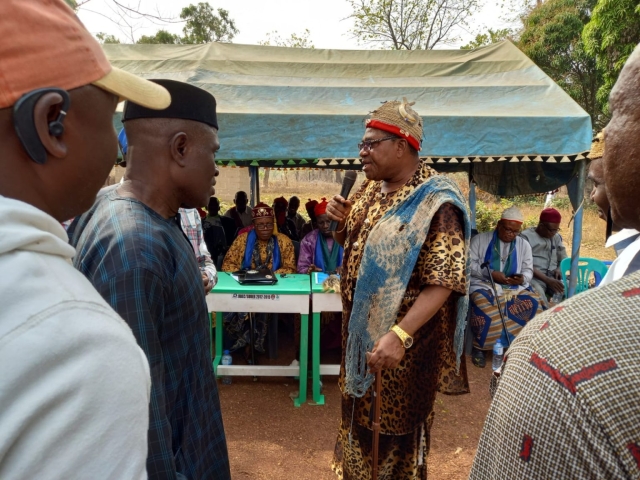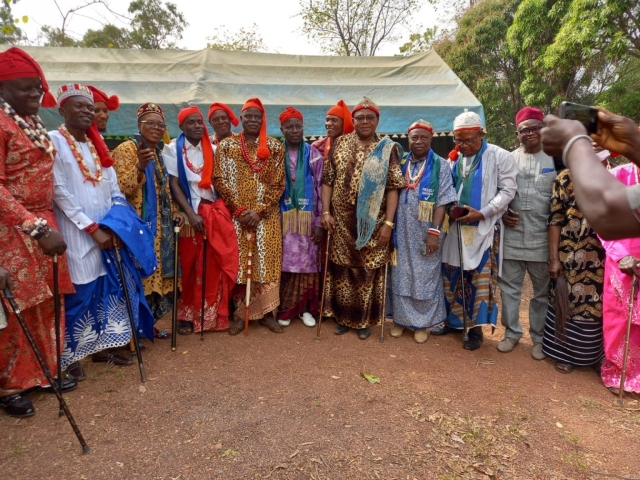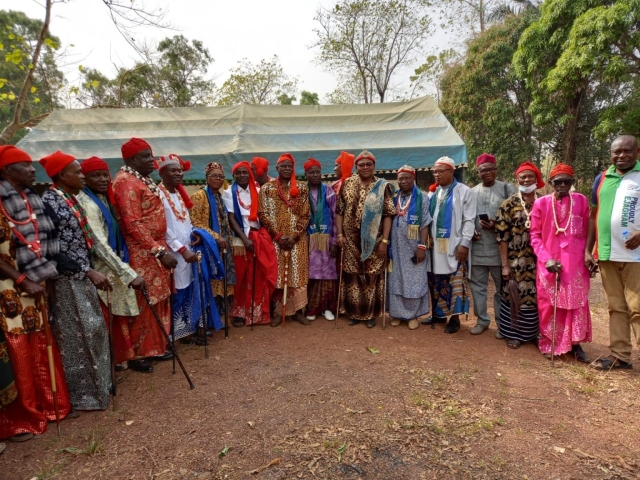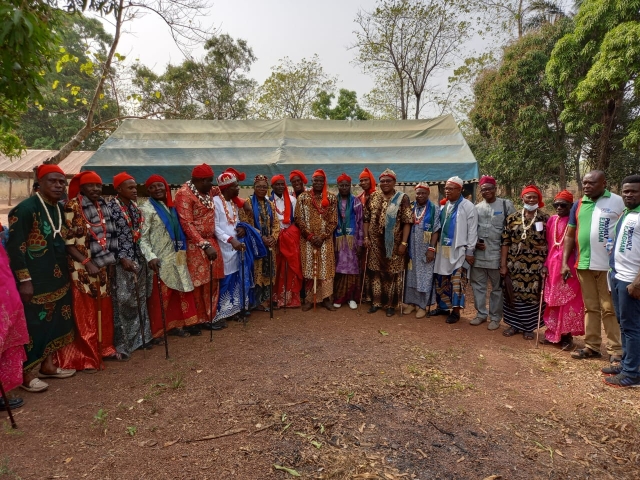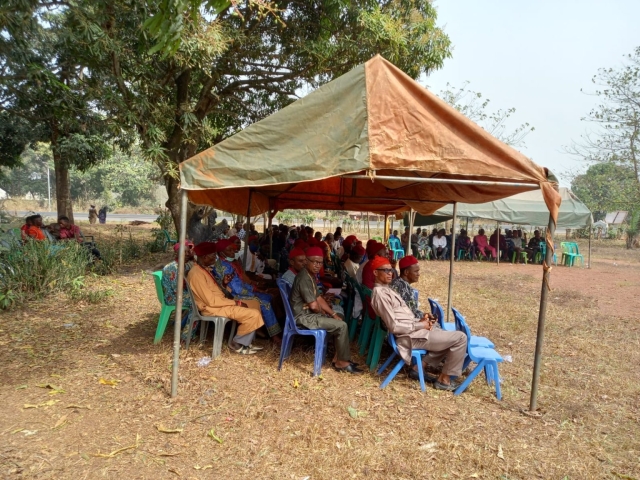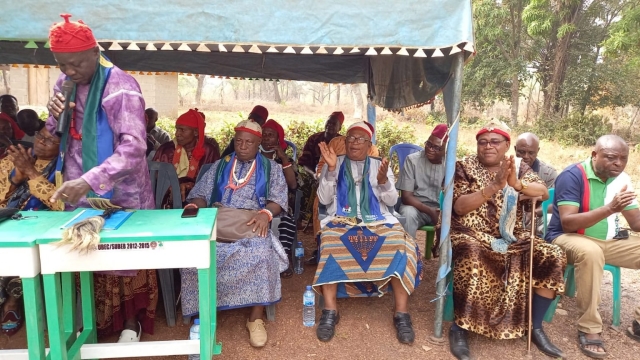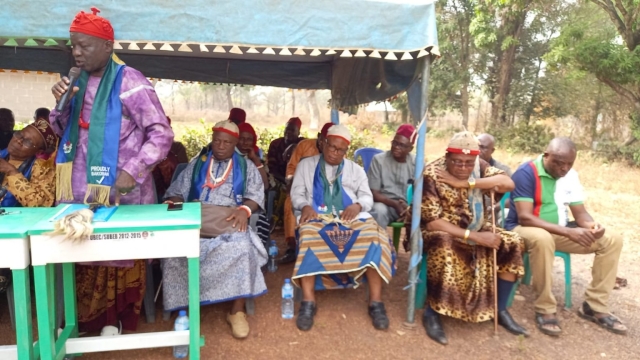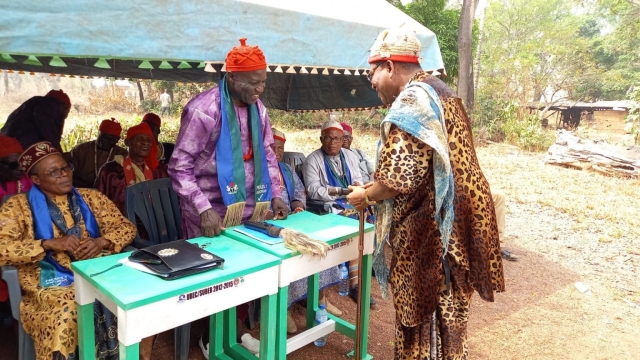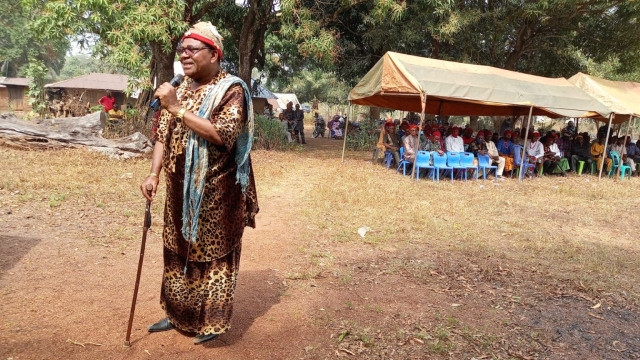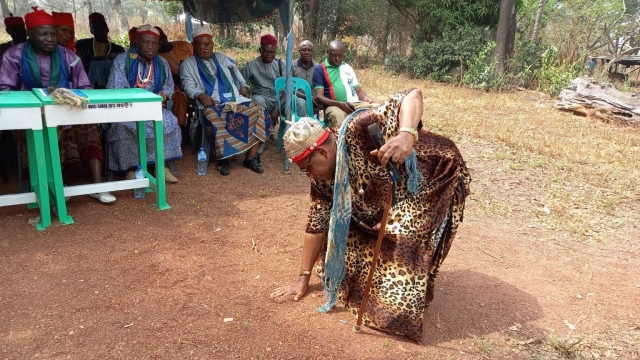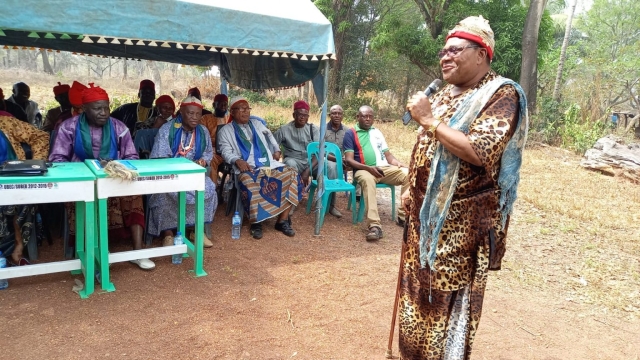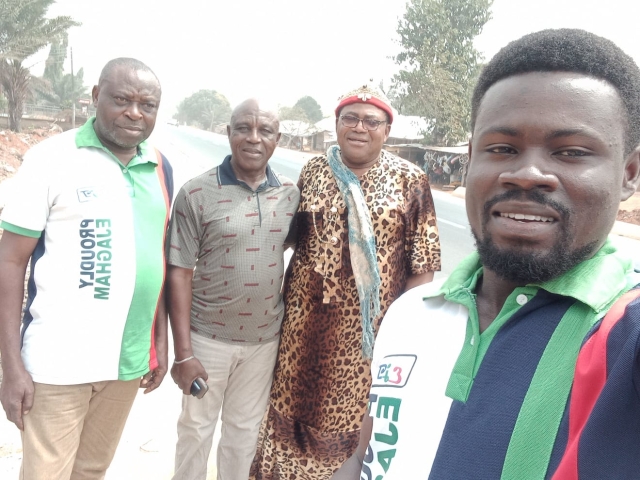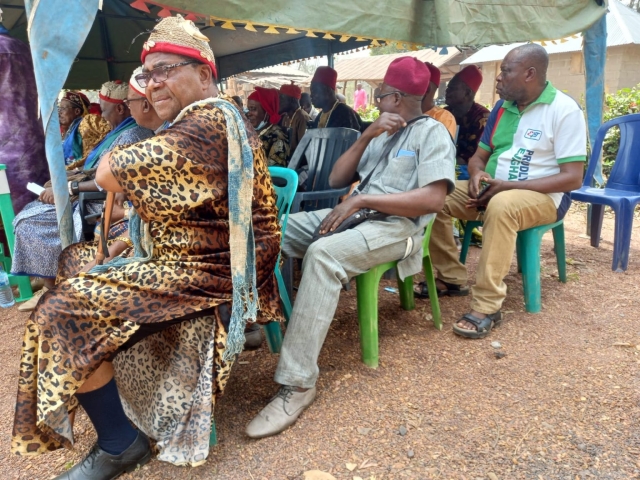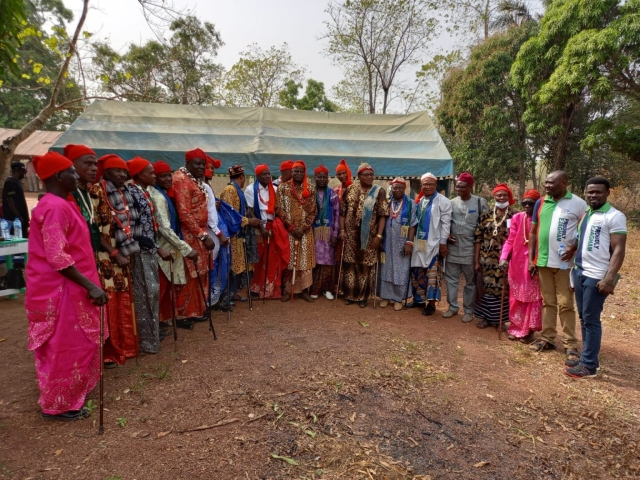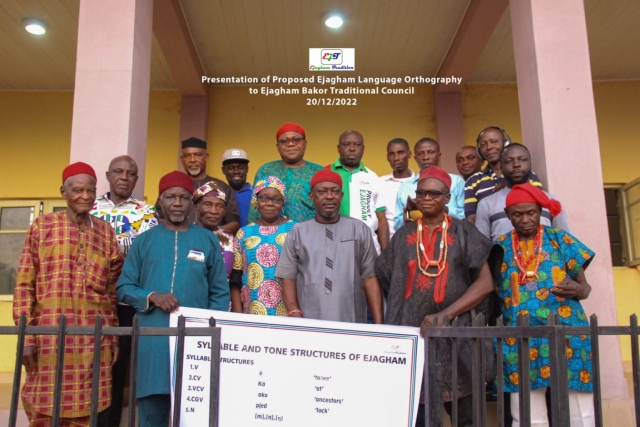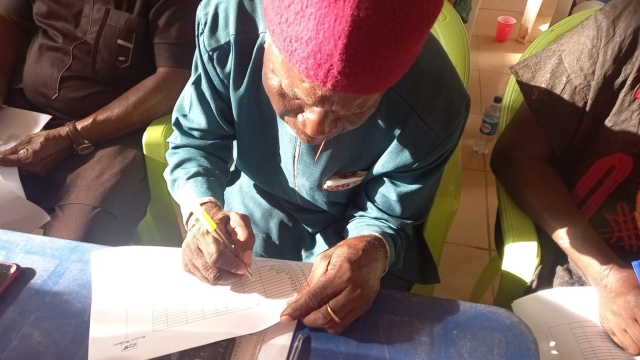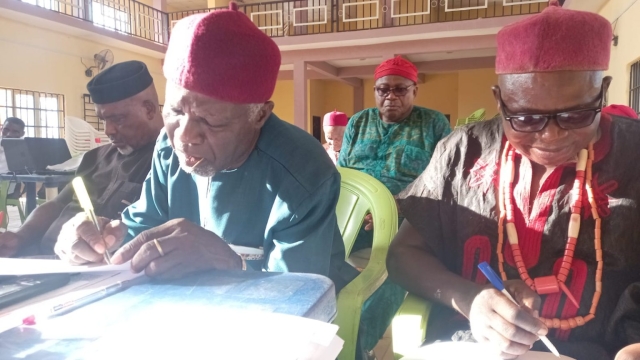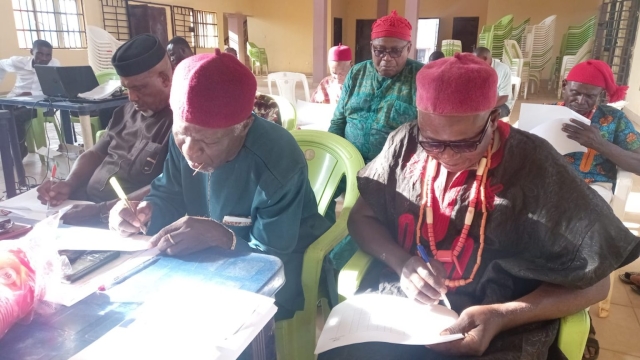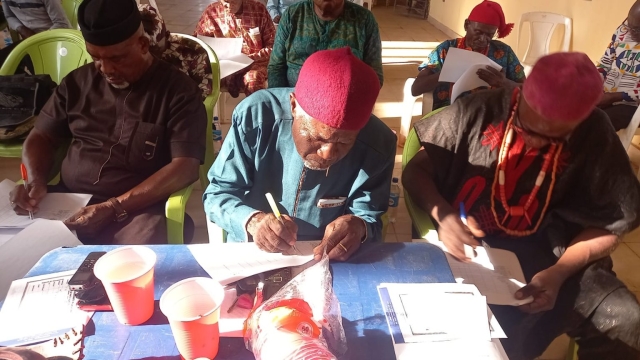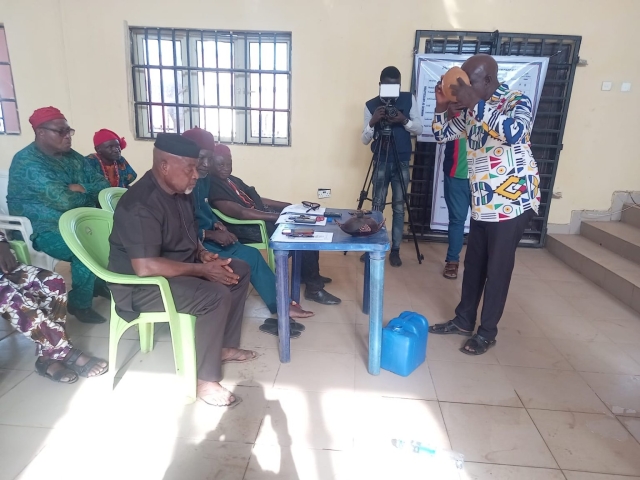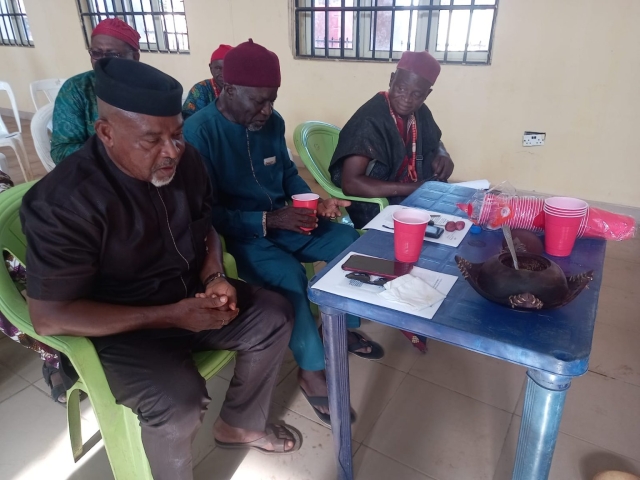MBING EKAN – An aspect of the Ekan Institution in Ejagham as Practiced by Mbarakom Community in Ejagham Akamkpa Cluster.
INTRODUCTION
Mbing ekan is a coming-of-age naming ceremony. Mbing means Name and Ekan means Age Grade. Mbing Ekan is an Ejagham phrase that means Name of Age Grade. However, in this context, Mbing Ekan refers to the coming-of-age naming ceremony of an age grade. It is a significant and consequential Ejagham traditional practice. It marks an age grade’s transition into adulthood in the community. Mbing Ekan, is about an age grade transitioning from just being men and women of the age grade to being responsible men and women of that age grade in the community.
Ekan has a special place in Ejagham socio-cultural manifestations. Its manifestations have ramifications which cascades through various aspects of Ejagham traditional practice and cultural expressions. In fact, Ekan is an integral part of the Ejagham governance system. This article would attempt to shed some light on the importance and relevance of Ekan in Ejagham community.
Ejagham nation has seven clusters and they include, Qua, Akamkpa, Etung and Bakor in Nigeria and Njemaya, Ngunaya and Obang in Cameroon. Obviously, the practice of Ekan may therefore differ slightly from one cluster to another (where it is still being practiced) but the underlying principles remain the same. To be clear, this narrative is not based on intense research across Ejagham nation rather it is based on the practice of Mbing Ekang as it prevails in Mbarakom community in Akamkpa Ejagham cluster, Cross River State, Nigeria.
It was stated earlier the Ekan means Age Grade, that is correct, but it also means equal or same. Therefore, Mbing Ekan mean Name of people who are equal or of the same age grade. In Ejagham, it is one thing to belong to an age grade, a group of Equals or Ekan, and yet another for the group of Equals to have a recognised name, Mbing. To have a better understanding of Mbing Ekan, the concept and context of age and age grade is explained.

THE CONCEPT OF AGE AND AGE GRADE IN EJAGHAM (AUTHORS PERSPECTIVE)
Age
There is a strong cultural hierarchy of respect based on age that affects all aspects of Ejagham socio-cultural practices. Age is referenced directly or indirectly in pretty much every discussion in Ejagham community and the awareness of the relevance of age is default knowledge to every Ejagham person. It is extremely difficult to fathom out any aspect of Ejagham Traditional Practices and Cultural Expressions that is not linked to age in one form or another. It impacts Ejagham social-cultural relationship within and outside the family circles, with the central theme of reference being Respect for elders.
In Ejagham, Respect for Elders can earn you good accolades such “enoe ibone”, a well cultured young person or the undesirable alternative, “nkui amid ibone or echage ibone”, an uncouth or cheeky young person. Age is a key determinant of status in the community; the extent you can mingle, the things you should or should not do or say, the things you can or cannot eat and believe it or not how you can eat them, if allowed etc. It is therefore fair to say that Respect for elders in Ejagham is a Master-Key that opens many doors, way into the future.
The concept of Ekan in Ejagham community is better explained with the ladder analogy. As you would imagine, everything at the foot of the ladder is on the ground level and hence considered collectively equal. Each wrong on the ladder represent named and responsible age grade. The higher up on the ladder, the higher the level of comfort, authority and privileges you enjoy in the community. It follows, therefore, that the higher up on the ladder, the wiser the individual or group in the community. It is therefore easier to comprehend why it is important to step on the first wrong of that ladder.
Ekan
Ekan is an age old Ejagham traditional institution. An Ejagham age grade is normally made up of three ages. For instance, people born in year 2000, 2001 and 2003 would make up one age grade and those born in year 2004, 2005 and 2006 would make up another age grade and so on. This merger of ages is mainly for the numbers and the community can be flexible depending on the specific circumstances. As the saying goes, many hands do light work. What work you may ask? Indeed, the work of running the community. Every named age grade automatically becomes a responsible group and immediately takes on some responsibilities of the community. There is an Ejagham proverb that goes; “Echoe mfam amochime ka echi, achima ka efang.” – community burden is not carried on the head but on shoulders. Upon being recognised by the community, the age grade immediately leans in with their shoulder to share the burden of the community. It is also strategic in the sense that as nature calls and members transition into ancestry, the burden on individuals of the age grade increases. Although this time will ultimately come, having more people in the age grade ensures that this period of heavy burden does not occur too early.

Our forebears understood the relevance to age grade long before modern constituted governments. Indeed, governments around the world recognise the value of age grades so they put age of maturity as they find it suitable, usually somewhere between 18 to 21 years depending on the country. For Ejagham, your age of maturity is determined by certain criteria set out by the community. Are you behaving responsibly, can you be trusted, are you honest, are you resourceful and most of all do you show respect to elders? That age is typically 28 but once again, the community can be flexible based on the aforementioned criteria and much more.
Ekan Categorisation
Name is just a means of identification of an age grade but in Ejagham, it means a whole lot more. It is a status that is fiercely fought for, earned by hard work and attained through humility. It is a demonstration of coming of age associated with maturity, responsibility and formal recognition by the community.
A typical Ejagham community is made up of two main groups. The groups are framed strictly along the age grade lines.
Nkan Ane-akui: The first groups or age grades are the Named age grades. This consist of many age grades that have come of age. Nkan Ane-akui range from the youngest of the named or otherwise mature age grade to the oldest age grade in the community. Yes! Every Grown-up Ekan Ane-akui have a name, and they are addressed by their names. They earned the names. They are the age grades responsible for running the community. So, depending on people’s longevity, the community may have a number of named age grades.
Mbing-chang: The second group or age grades are the Un-named age grades who are yet to come of age. This consist of many age grades that have not come of age. Mbing-chang age grades is further grouped into two:
- Mbing chang ane-akui: The is the most Senior Un-named age grade in the community. They are the age grade ready to come of age and step on that last wrong on ladder of freedom. Stepping their foot on the last wrong of the ladder is a milestone these young adults and the community look forward to. They are the most senior of un-named age grade hence they are separated from the Rest of Mbing Chang. Mbing chang ane-akui is the group that is learning the ropes on how to be a responsible member of the community. To spite them, they could sometime be bunched-up as the Rest who are “absolutely irresponsible”, an insinuation Mbing chang ane-akui passionately resent and would do anything to avoid being bunched-up.
- Mbing chang abonne: The is a combination of all the age grades after Mbing chang ane-akui. They are fondly known as Mba njim donghe-donghe, the Rest of the age graded. The Rest, as the name suggest, are the group with no responsibility whatsoever. This group can really not be blamed for anything they do because as far as Ejagham people are concerned, they know not what they do. They, presumably, do not know their left from right. In fact, Mbing chang ane-akui is supposed to look after and guide them. Mbing chang ane-akui inadvertently become responsible for whatever the Rest do and they typically do wrong things.
PURPOSE OF AGE GRADE
It has been stated that in Ejagham communities the age grade you belong to determines the extent of your responsibilities to the community. In other words, your age grade is used to determine if you have come of age in the community or not. A few of such responsibilities and purpose are enumerated below.
A tool of Ejagham Governance System:
We know that the Mgbe institution is the supreme governance system in Ejagham. There are other governance institutions such as Ekpa Anakea. These institutions have several tools in their system to enable them enforce, cascade and implement some of their rules, regulation and programs. Age grade if one of those tool in Ejagham community. Hence age grades are assigned responsibilities as required by the community. Our forebears figured out governance systems and associated tools long before western style approach to governance.
Security & Social Welfare
Ejagham people are amongst other professions, farmers. It was the practice that people would leave the village and proceed to farmland during the planting season where they would be away for most of the planting season. Typically, during this period most of the men would be away to help with the farming activities. In order not to leave the community vulnerable to attach from intruders, Mgbe would summon a particular Ekan to stay back. So Ekan was used to facilitate a lot of activities in the community during this period. Their duties would include but not limited to defense of the community, adjudication of cases that arise in the community, maintenance of communal infrastructures such as road and paths, streams and sanitation of the community. They ensure the stability of the community. This responsibility rotates among the various Nkan as determined by the leadership of the community.
Establish the Age Range of Individuals:
Obviously birth certificate was introduced relatively recently. Until then, Ejagham people had established a firm means of determining someone’s age. This is simply by establishing the person’s age grade. Indeed, to date and for the purpose of accomplishing most activities in the communities, there is no need to determine an individual’s age by checking birth certificate. Once the age grade is known, which cue the person belongs, where the person can or cannot seat, whether to be forgiven or to bring the full wroth of the community on the person etc. can be determined.
CHALLENGES OF BEING UN-NAMED AGE GRADE
For the purpose of coming of age, this narrative would be focused on the age grade that is just about to step their foot on the first wrong of the ladder of freedom, Mbing chang ane-akui. It should soon be clear why it is referred to as ladder of freedom.
The examples of some of the encumbrances that Un-named age grades face would be those that are peculiar to a typical Ejagham village community. You may wonder if the examples apply in today’s community configuration, bearing in mind the influences of migration, urbanisation, modernisation, technology etc. I would allow you to figure that out but I can assure you that every aspect of the Ejagham traditional practices and cultural expressions is as applicable today as it was when our forebears established them. We just need to update them as applicable.
Right of Association: It should be noted that all age graded have the right of association in their various places as they wish with exception that;
Mbing-chang Ane-akui and Mbing-chang Abonne do not have the right to keep a table in their meeting no matter the magnitude of the meeting or association. To do this they have to seek consent.
When it was mentioned earlier that age in the community could determine how you eat and drink, I am sure you may have wandered what that was all about. Oh yes, you can eat and drink whatever you want but if you are not in one of the Nkan Ane-akui age grades, things are a little bit different. In Ejagham community, only the Nkan Ane-akui are allowed to place their food and drinks on the table while consuming them. So now you can understand why Mbing-chang ane-akui and indeed the Rest consider stepping on that ladder, freedom. You can be rest assured that enforcement of this traditional practice can be very interesting especially when the community considers it appropriate time for Mbing-chang ane-akui to step up to the play and for one reason or another they are dragging their feet. The hammer usually comes down heavily.
Any age grade that has come of age must place Okankang on their table as a symbol of authority. But of course Mbing-chang Ane-akui has not come of age. Hence, to summon a meeting, Mbing-chang Ane-akui and Abonne go house to house to inform their members for their meetings. While those age grades that has come of age use Okangkang to invite members to their meetings playing the Okangkang and chanting their name proudly.
Pressure: As stated earlier, Mbing-chang ane-akui age grade anxiously look forward to stepping their foot on that first wrong of the ladder of freedom, as much as the community look forward to them coming of age. The pressure on both sides is usually mutual and dynamic. The narrative of the reason for the pressure varies depending on who was asked.
Of course many hands do light work so from the perspective of the Nkan Ane-akui age grades the more Named age grades, the lighter the community burden. If you asked a member of the Mbing-chang ane-akui age grade, their priority is usually laser-focused on gaining freedom and the pride to be considered a responsible member of the community. Burden, what burden? They would normally ask, bring it on.
For members of the Rest (Mba njim donghe-donghe), Mbing-chang Ane-akui age grade is in the way of them becoming responsible member of the community. So the earlier Un-named age grade gets out of the way the sooner they, Mba njim donghe-donghe, would become responsible members of the community.
A seat at the community square: In Ejagham community, one of the things age determines is whether you can or cannot seat in the community square. It is clear that long before the western style “High Table” concept, Ejagham people had figured out the need for that concept. So in Ejagham communities, when people arrive at the square, water finds its own level. This mean the people among Nkan Ane-akui age grades will find where they belong. As earlier stated, the ladder of freedom has many wrongs and each one represents your status in the community. Therefore, members of Mbing-chang ane-akui who are not yet on the ladder are after-thoughts when it comes to taking a seat at the community square. Remember what was stated earlier about Respect for Elders, this is one of the situations where it is made manifest. Mbing-chang ane-akui may be offered a seat where there is room, depending on whether you are “enoe ibone” or “nkui amid ibnoe”.
Getting a Share of the Pie: You may ask, what pie. Indeed, the answer is any pie. If the community was ever in a situation where there was a windfall of any sort, typically from festivities, initiations, allocations etc. that pie is shared among the community. Once again, Ejagham people had figured out the concept of responsibility and reward which is now commonplace in corporate community. So as stated earlier Mbing-chang ane-akui, as with the Rest, have no real responsibilities in the community. So when there is a pie to share, they are simply not in the realm of consideration. No responsibility, no reward. So Mbing-chang ane-akui may be present at the community square but they are not entitled to a shear of the pie. However, depending on whether some of their members are “enoe ibone” or “nkui amid ibone” they may be offered a slice of the pie for the earlier and if lucky some crumps for the later. Once again, the enforcement of this traditional practice can be very interesting especially when Mbing-chang ane-akui are dragging their feet to step up to the play.
Community Labour: In a typical Ejagham family and community, kids and the young generally help with cleaning. This is indeed their default role. We already know that kids and the young people are not responsible for anything in the community. You can’t make them pay a fine, you can’t levy them, no real responsibility. So it is fair game to let them do the cleaning. Of course in the process they also learn good sense of house-keeping. There is usually a lot to clean in the community so this house-keeping can be substantially escalated when it comes to Mbing-chang ane-akui. Tasks such cleaning the market, clearing footpaths to streams, construction of tents for events, cultivation of community cooperative farms etc. are some of the community labour that Mbing-chang ane-akui and the Rest are usually subpoenaed to assist.
NAMING OF AGE GRADE
Nkan is the plural of Ekan. As stated earlier, Nkan Ane-akui consist of all the age grades that have come of age. The number of age grades varies with the longevity of the people of that community. Every age grade must have a name. Naming of an age grade is a ritual, an Ejagham Traditional Practice that culminated in the coming of age ceremony called Mbing Ekan.
Mbing Ekan Proceess
Mbing Ekan event follows an age-old meticulous procedure. Coming of age ceremony is an opportunity to socialise and have fun in the community but the main purpose is to showcase and emphasise the importance of attaining a responsible status in the community. It is an initiation into the rank and file of responsible members of the community. As a member of the community, it is a respected and an honourable place to be, a place Mbing chang ane-akui and Mba njim donghe donghe look forward to being.
The scope of activities ranges from consultation phase, teaching & leaning phase, demonstration of understanding phase and upon meeting all relevant criteria, conferment of name and declaration of coming of age.
The Mbing Ekan ceremony is really the icing on the cake that would have been in the baking over a period of time. Typically, the baking time is usually 9 years between each coming of age ceremony. This baking time has been updated to 3 years. The chronology of events is detailed below.
To come of age, the aspiring age grade must meet certain criteria set out by the community. Below are some of the criteria.
- The age grade is given a name which must be accepted by the elders of the community. Agreement of the exact follows a series of consultations with the community. Members of the age grade must be 28 years and above.
- Member of the age grade must be 14 or more in number.
- Some members of the age grade must own houses of their own.
- The aspiring age grade must acquire the following traditional assets; Nkam, Akachak, Njag, Ekifung, Okangkang, Iyug, Ifu, Ita, 2 white flags, Canes, Egor, Sisitop, Oyig, Ekak, Ibare Ifo and Esok
THE ROAD MAP
The road map to coming of age has three main accountability stations before attainment of the coveted status. First the aspiring age grade, Mbing-chang Ane-akui have to apply to the immediate member of Nkan Ane-akui that they are ready to come of age. The application process follows a sequence of laid down traditional principles. The application triggers a follow up process of purification in the form of rigorous duties and tests which the aspiring age grade must pass through to ascertain their humility and readiness. Some duties will be painful, others derogatory and to some extent scornful but must be done to test their patience and humility. The application must not be delayed for more than one month.
Secondly, having satisfied the immediate senior age grade, the applying age must be taken to the next senior age grade. Here they must not be delayed for more than two weeks. The applying age must show all traditional assets necessary to come of age.
Thirdly, they are taken to the next senior age who in turn will take them to the village council and formally present the Mbing-chang Ane-akui for a naming, all things being equal.
At the third stop, the applicants must demonstrate mastery in the use of the traditional assets they have brought with them before their official presentation to the entire community.
ROLES AND RESPONSIBILITIES
The event may be in honor of Mbing Chang Ane-akui but the responsibility to bring the event to fruition rest on the community as a whole. Roles and responsibilities are consciously shared between Mbing Chang Ane-akui and the rest of the of the community. As stated earlier, it is extremely difficult to think of any aspect of Ejagham Traditional Practices and Cultural Expressions that is devoid of age consideration. The assignment of Roles and responsibilities during Mbing Ekan is not an exception, it demonstrates a hierarchy of seniority and respect.
Responsibilities of Mbing Chang Ane-akui: Obviously, the responsibilities of Mbing Chang Ane-akui is to learn about and demonstrate humility, obedience, patience, resilience, understanding and knowledge of the community.
Responsibilities of the Immediate Ekan Ane-akui: This constitutes level 1 of the series of scrutiny and verification which the aspiring age grade must be subjected to. Their immediate responsibility is to teach and check understanding of the aforementioned behaviours and characteristics to Mbing Chang Ane-akui. Secondly, they are to inform Mbing Chang Ane-akui of the traditional assets requirements for eligibility to come of age. Thirdly, they are to present Mbing Chang Ane-akui to the next senior age grade, level 2.
The immediate Ekan Ane-akui rules over Mbing Chang age grades particularly the Mbing Chang Ane-akui. Immediate Ekan Ane-akui use them to execute whatever duty or task they intend to do or assigned to immediate Ekan Ane-akui by the community while they are being supervised. Mbing Chang Ane-akui do not have the right to enforce same on Mbing Chang Abonne. However, as a sign of respect and in anticipation of when they eventually become Mbing Chang Ane-akui, Mbing Chang Abonne can support Mbing Chang Ana-akui in performing community assigned tasks.
Responsibilities of Second Senior Ekan Ane-akui: This is level 2 of the scrutiny chain and their responsibility is to further verify and validate understanding and compliance of aspiring age grade. They verity that Ekan Ane-akui performed their responsibility in imparting the right knowledge and mannerisms into the aspiring age grade effectively. Here, the aspiring age grade actually presents all traditional assets for physical examination.
Responsibilities of Third Senior Ekan Ane-akui: This is level 3 of the scrutiny chain and their responsibility is to further verify and validate understanding and compliance of aspiring age grade. Here, the aspiring age grade would demonstrate their proficiency and mastery of the traditional assets they have acquired. It is at level 3 that the aspiring age grade will first intimate the community of the intended name of the age grade. It is the responsibility of the Third senior Ekan Ane-akui to present the intended name to the community council for validation. Upon their satisfactory assessment of the aspiring age grade, they are presented to community council. Their last but by no means the least role of Third Senior Ekan Ane-akui is to escort the aspiring age grade to house of their Ntui Ekan – the chief of the age grade, once the coming of age ceremony is over to perform the final rites.
Responsibility of the Community Council: The community council is the highest authority as it pertains to the whole process of coming of age. The plight of the aspiring age grade as well as their compliance with the overall requirements pertaining to coming of age, are presented to them community council. The determination of suitability of intended name and Chieftains of the aspiring age grade is determined here. All things being equal, the date of conferment of name to the aspiring age grade is also determined by the community council.
It should be noted that at any level of the scrutiny, if the aspiring age grade is deemed to fall short of the expected behaviour and character and indeed any other stated requirements, they are immediately cascaded to the next level below for tutorials. As you would appreciate, this is not a good place to be because it is very consequential, expensive and humiliating. It mostly means starting all over again until the anomaly is corrected.
THE EVENT
The actual coming of age ceremony is a culmination of series of events, exercises, meetings, training sessions, negotiations, evaluation over time and eventual triumph by both the age grade and the community. The triumphant event is crowned by conferment of the agreed name, firing of gunshots and dance, dance, dance by the now named age grade. The community comes alive on this day as both the young and old join in the celebration of the new age grade. Mbing Chang Ane-akui akam Mbing Ekan – the Un-Named Senior Age Grade has now been Named.

